2017 - ...
ARTIST ALT+0179
The primary focus of this project is to explore the artist through the lens of their everyday life and their relationship with the workspace, in an effort to shed light on the creative process that is often hidden from view.
However, over the past six years, it has become increasingly important to me to also reveal the artist as a person who is not limited by boundaries, and to collaborate in the search for answers to questions that have not yet been asked.
However, over the past six years, it has become increasingly important to me to also reveal the artist as a person who is not limited by boundaries, and to collaborate in the search for answers to questions that have not yet been asked.
Project participants:
Hiroki Tsukuda
Masakatsu Shimoda
Ryuichi Öhira
Taku Obata
Nuts Art Works
Emu & Eru Hamadaraka
Kostas Seremetis
Eric Haze
Futura
Stash
*all photos are in chronological order
Hiroki Tsukuda
Masakatsu Shimoda
Ryuichi Öhira
Taku Obata
Nuts Art Works
Emu & Eru Hamadaraka
Kostas Seremetis
Eric Haze
Futura
Stash
*all photos are in chronological order
Throughout the years, I've had the opportunity of getting to know and learn about numerous artists from around the globe. These individuals are driven by an enigmatic force that brings them together to create a new future and inspires them to view the world from unconventional angles.
While I've gained valuable insights from interviews, press releases, and art literature, I have found that sometimes it takes more than just theoretical knowledge to fully understand an artist.
It wasn't until I attended Michel Sima's exhibition in 2016 that something within me shifted. This sculptor and photographer, a friend to artists of the 1930s and 1940s, was able to transmit the same emotions through his work that I had experienced while interacting with contemporary artists. This realization showed me that art can not only be a means of understanding, but also a point of connection that reveals new facets of individuals.
While I've gained valuable insights from interviews, press releases, and art literature, I have found that sometimes it takes more than just theoretical knowledge to fully understand an artist.
It wasn't until I attended Michel Sima's exhibition in 2016 that something within me shifted. This sculptor and photographer, a friend to artists of the 1930s and 1940s, was able to transmit the same emotions through his work that I had experienced while interacting with contemporary artists. This realization showed me that art can not only be a means of understanding, but also a point of connection that reveals new facets of individuals.
Shooting location: Tokyo (Kosuge Katsushika)
HIROKI TSUKUDA
(born in 1978, Kagawa) is a Japanese multidisciplinary artist.

While en route to Tokyo in October 2022 with a layover in Doha, I decided to start arranging meetings with artists whom I had been following for long time. The first artist to agree to meet with me was Hiroki Tsukuda.
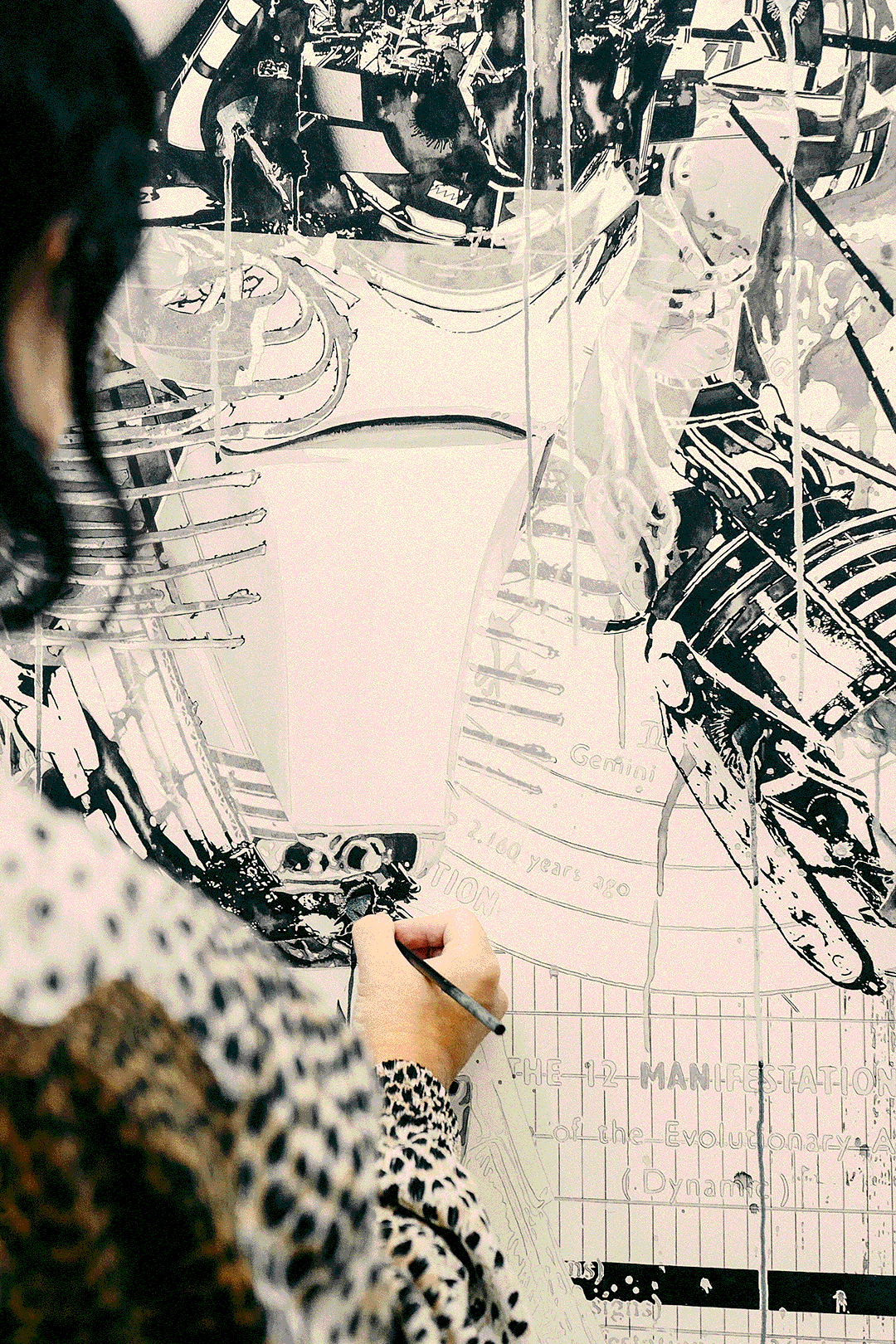
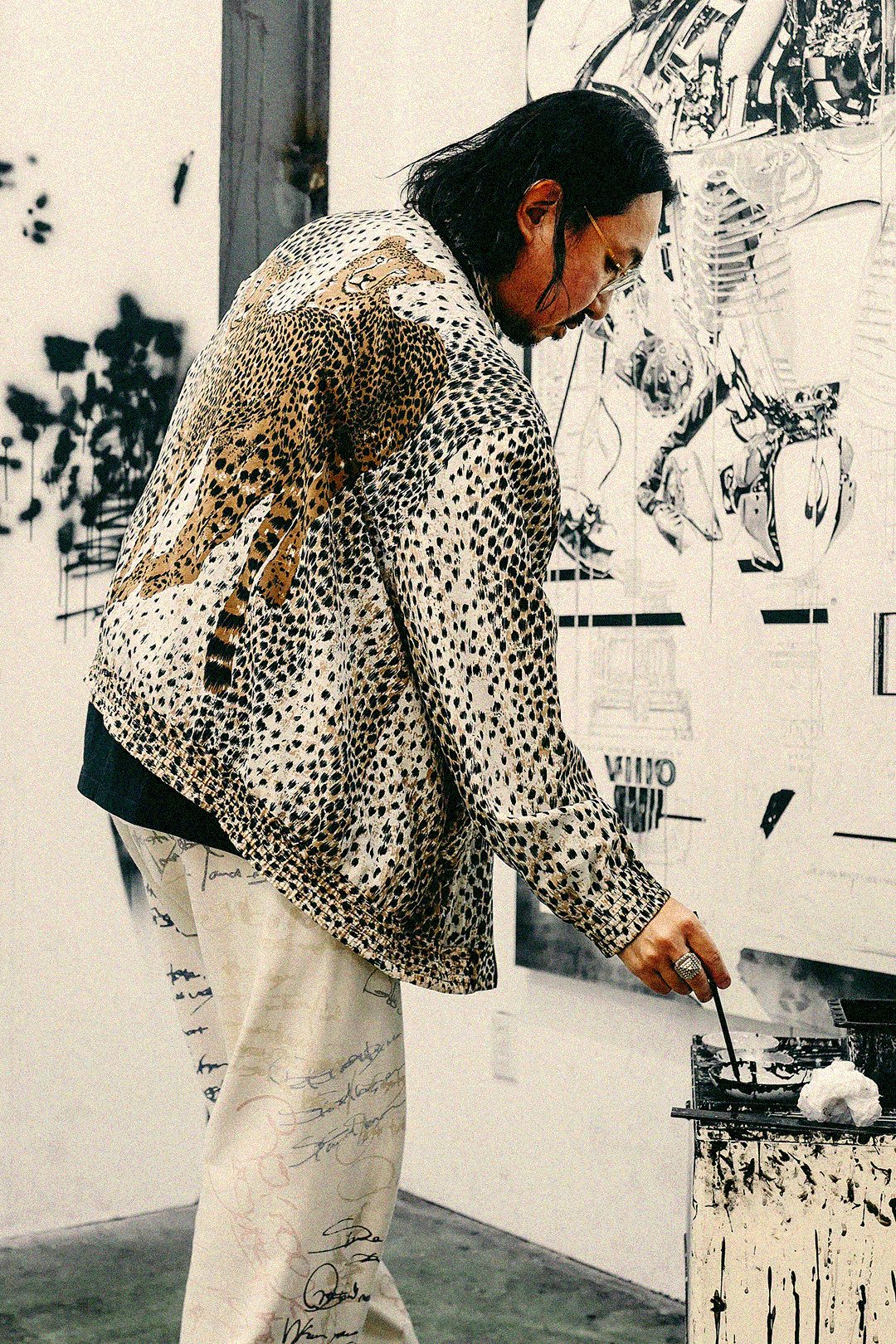
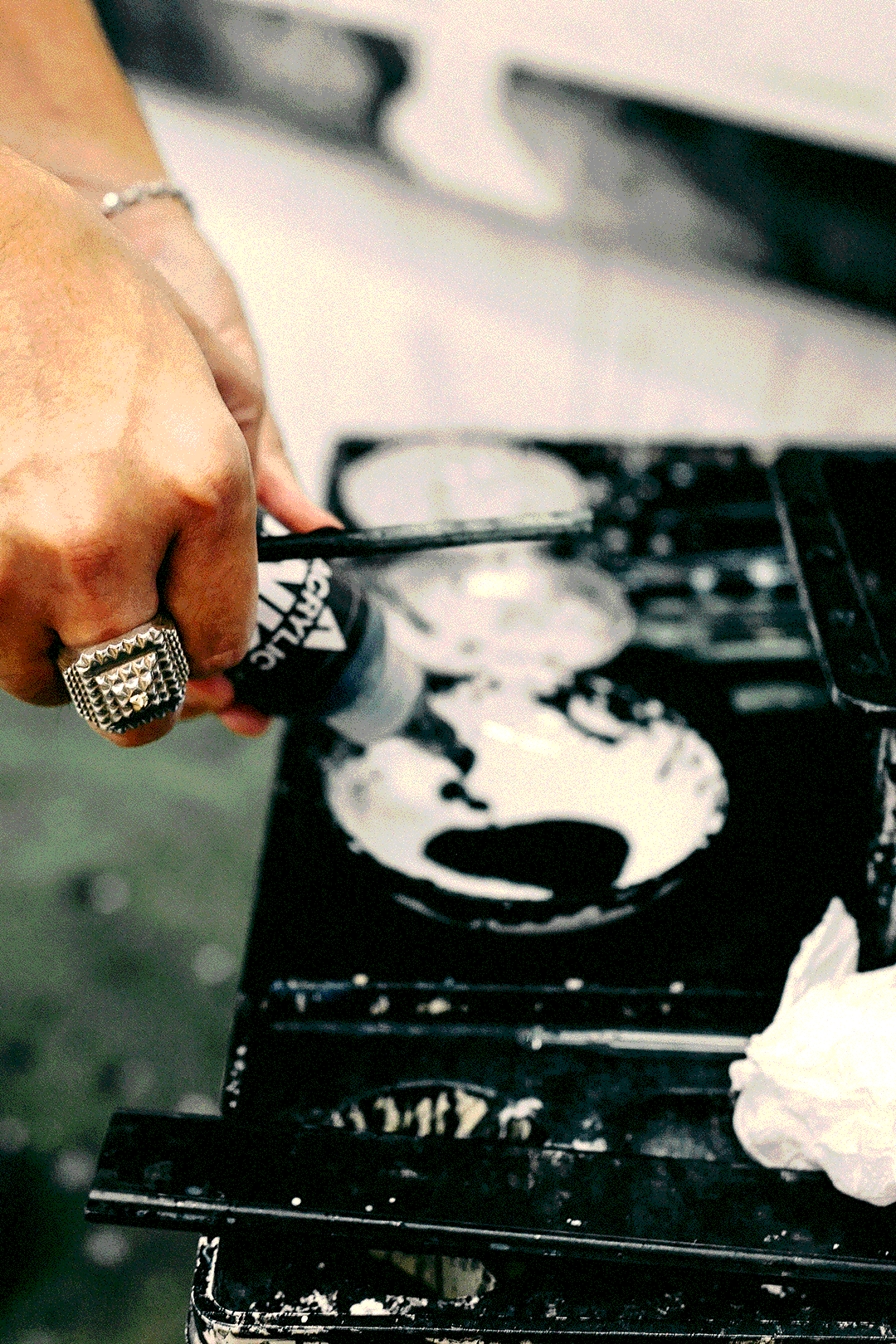






Hiroki Tsukuda drawings and digital collage explore the turbulent, futuristic cityscapes
of his imaginings. Created with meticulous detail, these intricate, monochromatic works illustrate collapsed spaces, in which mechanized worlds merge with sci-fi mythos in states of controlled chaos and organic mutation. Similarly, Tsukuda creates installation works out of raw industrial material, flora, and found objects
that transpire directly from the artist’s drawings.
of his imaginings. Created with meticulous detail, these intricate, monochromatic works illustrate collapsed spaces, in which mechanized worlds merge with sci-fi mythos in states of controlled chaos and organic mutation. Similarly, Tsukuda creates installation works out of raw industrial material, flora, and found objects
that transpire directly from the artist’s drawings.
Hiroki Tsukuda drawings and digital collage explore the turbulent, futuristic cityscapes
of his imaginings. Created with meticulous detail, these intricate, monochromatic works illustrate collapsed spaces, in which mechanized worlds merge with sci-fi mythos in states of controlled chaos and organic mutation. Similarly, Tsukuda creates installation works out of raw industrial material, flora, and found objects
that transpire directly from the artist’s drawings.
of his imaginings. Created with meticulous detail, these intricate, monochromatic works illustrate collapsed spaces, in which mechanized worlds merge with sci-fi mythos in states of controlled chaos and organic mutation. Similarly, Tsukuda creates installation works out of raw industrial material, flora, and found objects
that transpire directly from the artist’s drawings.
Hiroki Tsukuda drawings and digital collage explore the turbulent, futuristic cityscapes
of his imaginings. Created with meticulous detail, these intricate, monochromatic works illustrate collapsed spaces, in which mechanized worlds merge with sci-fi mythos in states of controlled chaos and organic mutation. Similarly, Tsukuda creates installation works out of raw industrial material, flora, and found objects
that transpire directly from the artist’s drawings.
of his imaginings. Created with meticulous detail, these intricate, monochromatic works illustrate collapsed spaces, in which mechanized worlds merge with sci-fi mythos in states of controlled chaos and organic mutation. Similarly, Tsukuda creates installation works out of raw industrial material, flora, and found objects
that transpire directly from the artist’s drawings.
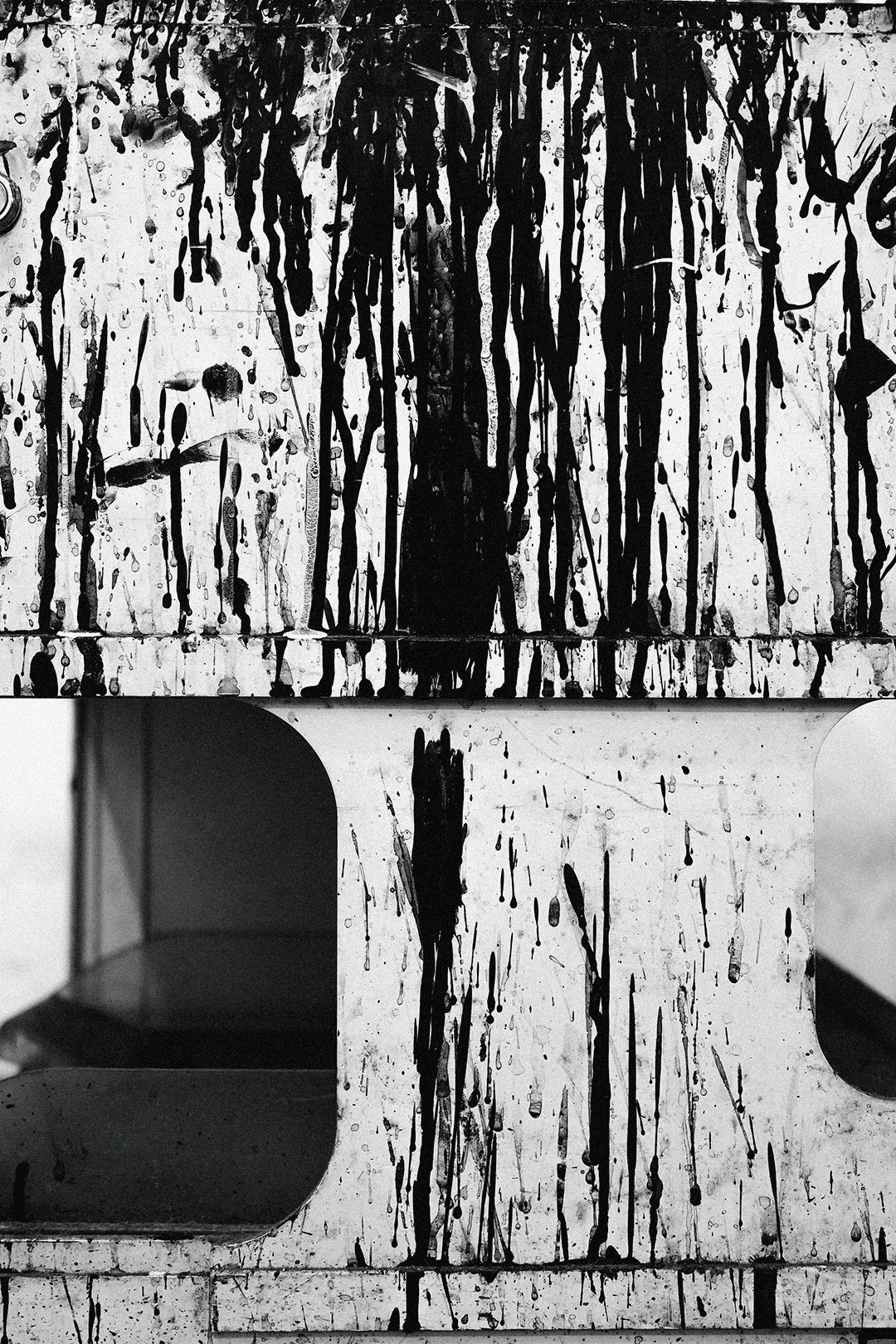
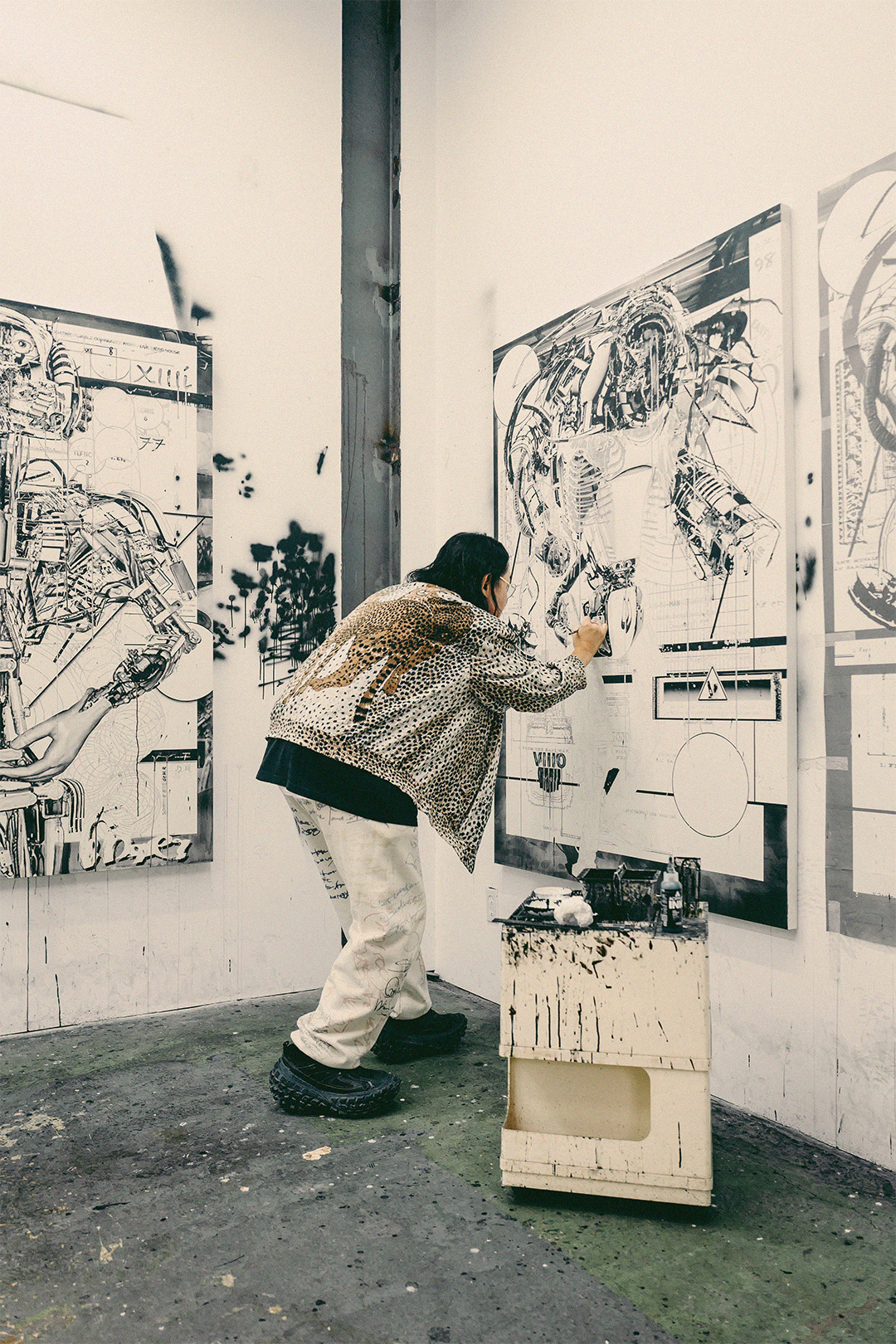
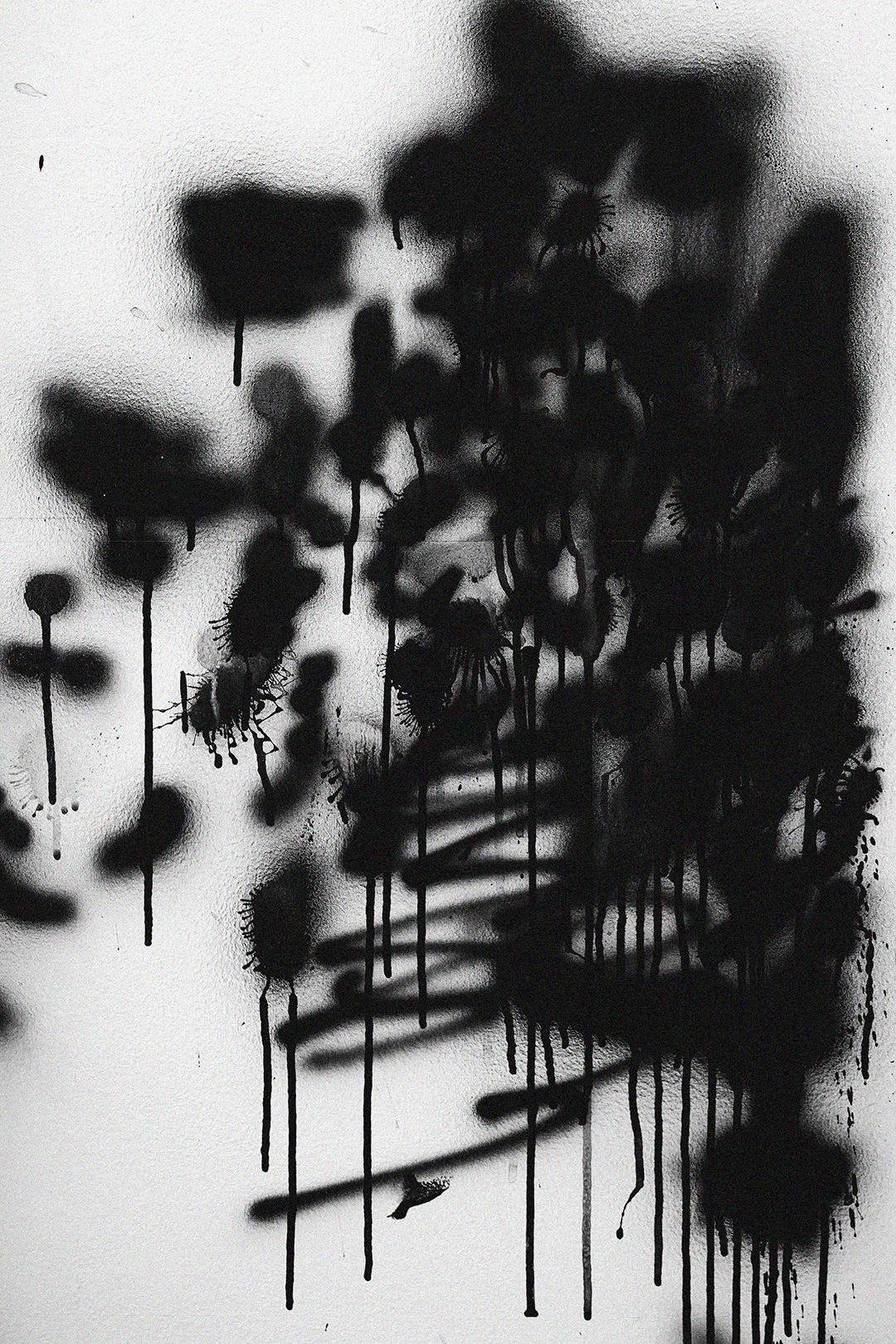






As a student, the artist studied film directing and was interested in photography. He later worked as a graphic designer. In 2005, he became friends with Shinji Nanzuka, and this encounter led him to the world of art.


Shooting location: Tokyo (Shibuya / Sendagaya)
MASAKATSU SHIMODA
(born in 1967, Hyogo) is a Japanese multidisciplinary artist.

The layover in Doha continued to bring me joy with the confirmation of a meeting with Shimoda Masakatsu.

Masakatsu Shimoda was born in the Hyogo prefecture in 1967. From a young age, the artist has always enjoyed drawing and believes that all he needs for a fulfilling life is a set of colored pencils and a sewing machine. In 2011, Shimoda San visited an anthropology museum and saw dinosaur skeletons for the first time, which made a strong impression on him. After viewing the exhibit, he couldn't find any souvenirs at the museum shop that matched his new interests at all. Upon returning home empty-handed, Masakatsu Shimoda decided to embark on a project related to dinosaurs.
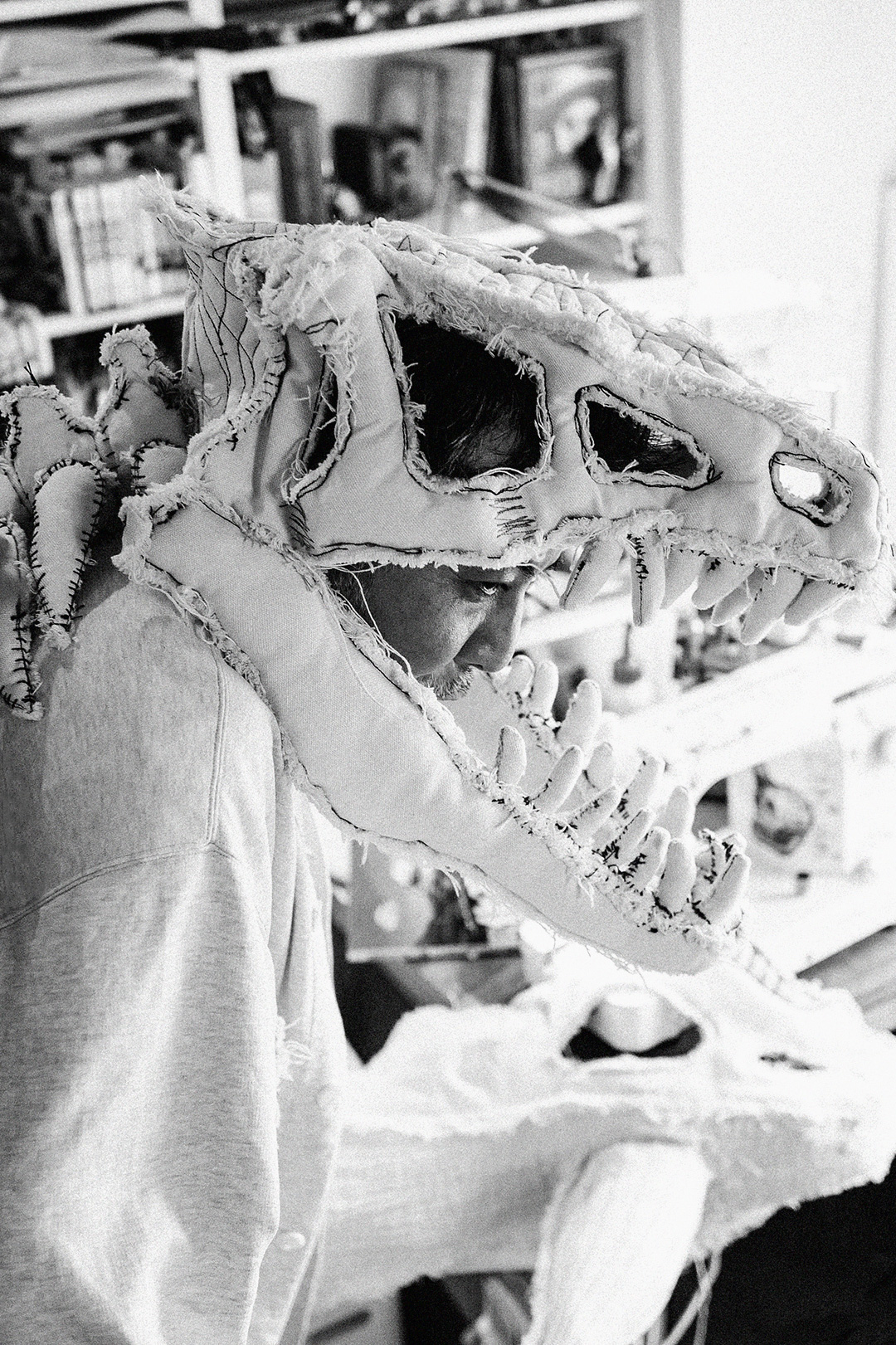
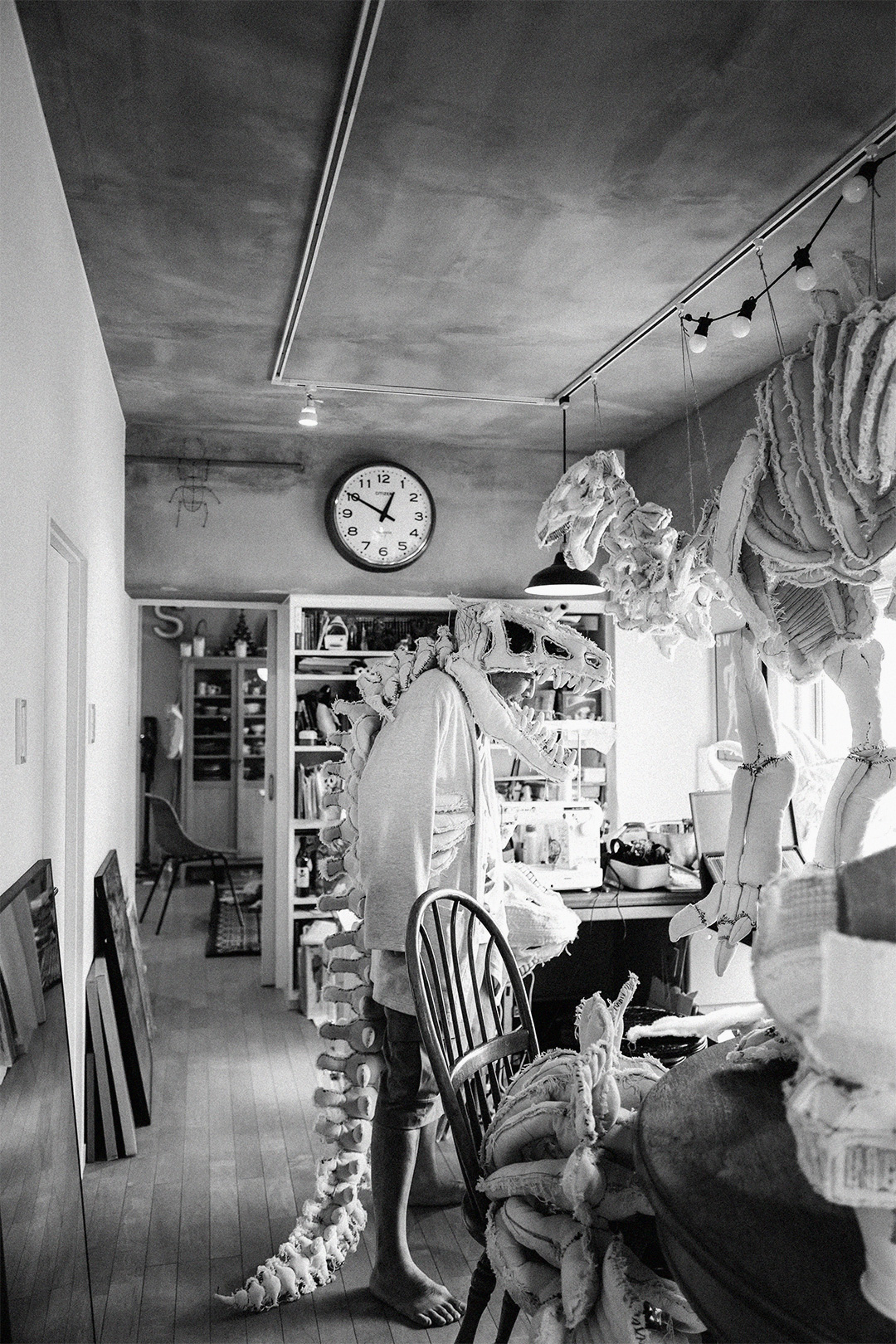
In the period from 1994 to 1996, the artist went on an unplanned trip to Asia
and Europe - after this trip, Shimoda San made 250 colored pencil sketches of people who met him on this trip. Upon arrival
in Japan, a series of these works
was published throughout the year in Asahi Graph (Japanese weekly pictorial magazine that ran from 1923 until 2000)
- from that moment the professional career
of the artist began.
and Europe - after this trip, Shimoda San made 250 colored pencil sketches of people who met him on this trip. Upon arrival
in Japan, a series of these works
was published throughout the year in Asahi Graph (Japanese weekly pictorial magazine that ran from 1923 until 2000)
- from that moment the professional career
of the artist began.


In the period from 1994 to 1996,
the artist went on an unplanned trip to Asia and Europe - after this trip, Shimoda San made 250 colored pencil sketches of people who met him on this trip. Upon arrival in Japan, a series of these works was published throughout
the year in Asahi Graph (Japanese weekly pictorial magazine that ran
from 1923 until 2000) - from that moment the professional career
of the artist began.
the artist went on an unplanned trip to Asia and Europe - after this trip, Shimoda San made 250 colored pencil sketches of people who met him on this trip. Upon arrival in Japan, a series of these works was published throughout
the year in Asahi Graph (Japanese weekly pictorial magazine that ran
from 1923 until 2000) - from that moment the professional career
of the artist began.
In October 2022, I had the opportunity to meet with Shimoda Masakatsu near the Kitasando subway station, in the vicinity of Starbucks. He struck me as being distinct from the typical Japanese individual and came across as someone with a diverse range of interests.

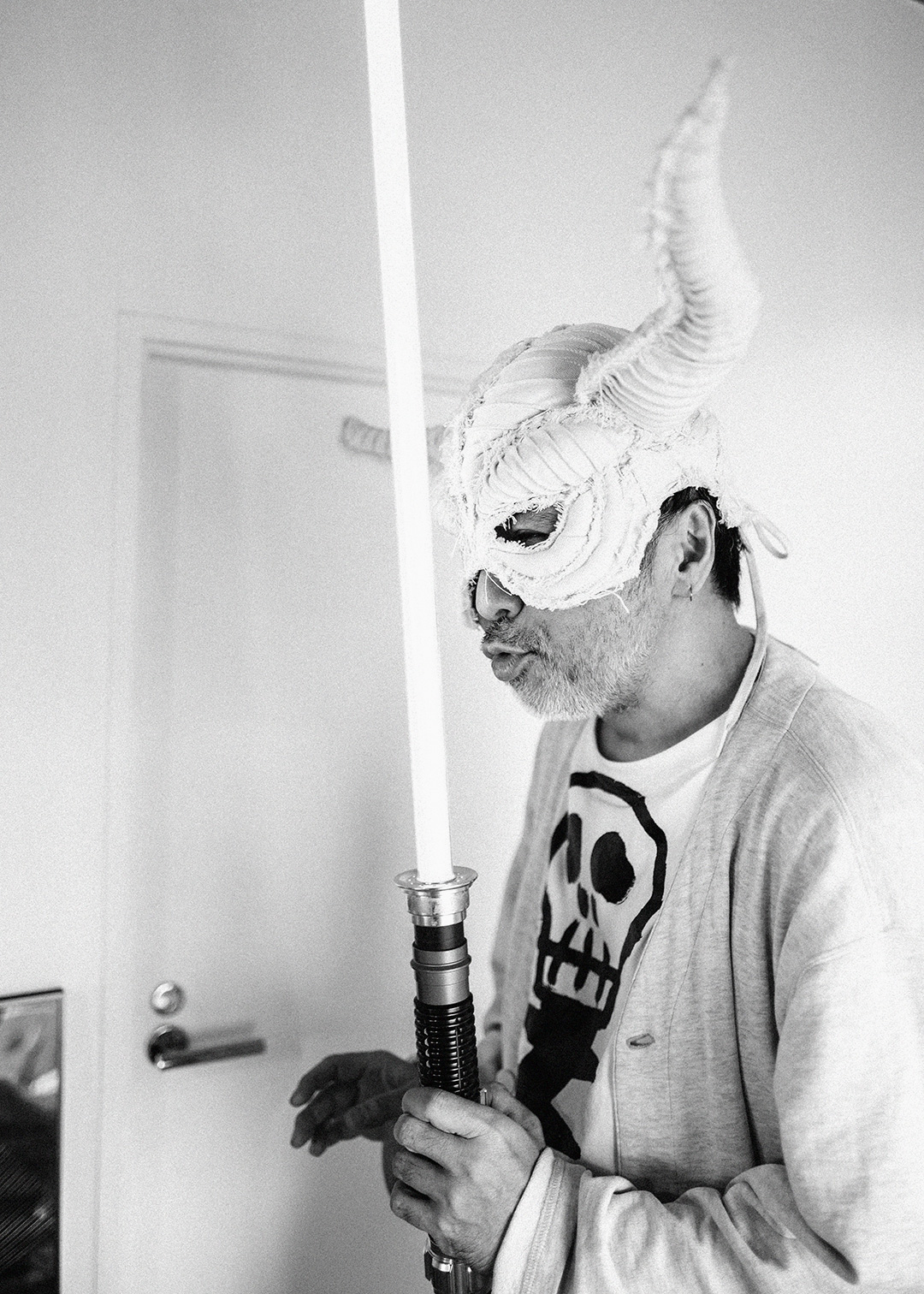
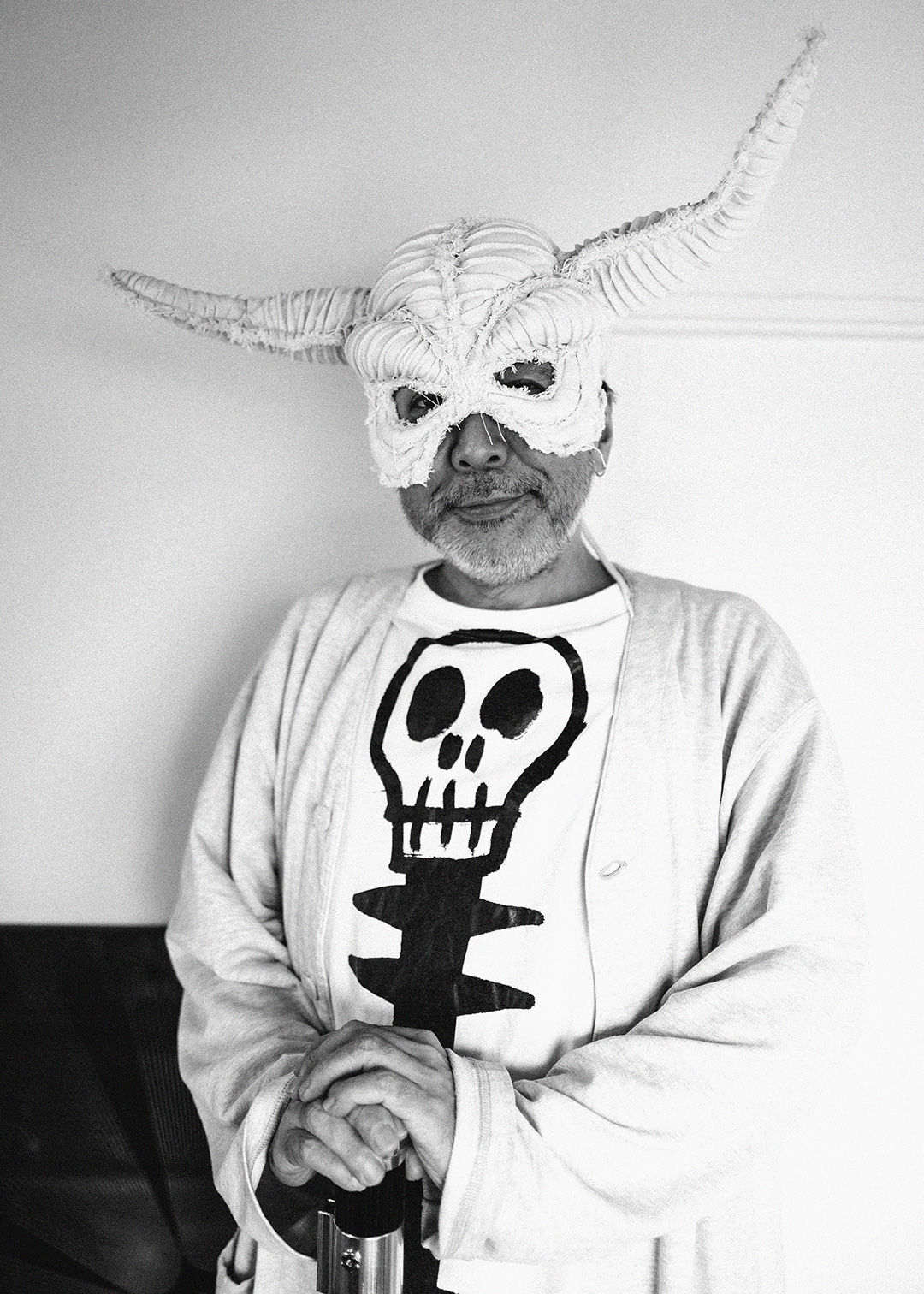


Visiting the artist's home studio left me with a deep impression that spontaneous decisions and unplanned events can give us much more than following any kind of plans. Just living our lives and paying attention to the small details around us can lead us to unknown places without thinking about what tomorrow holds.

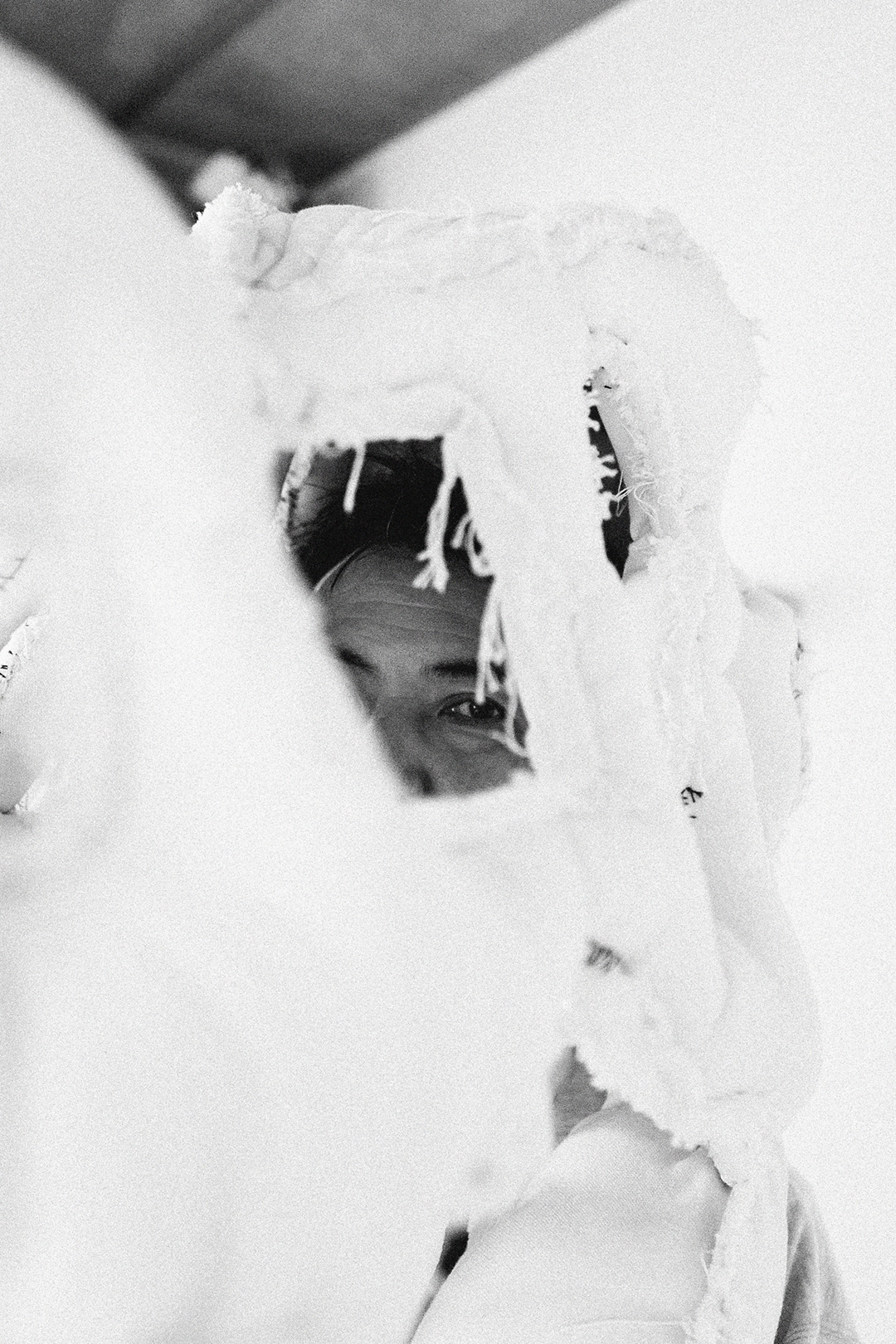
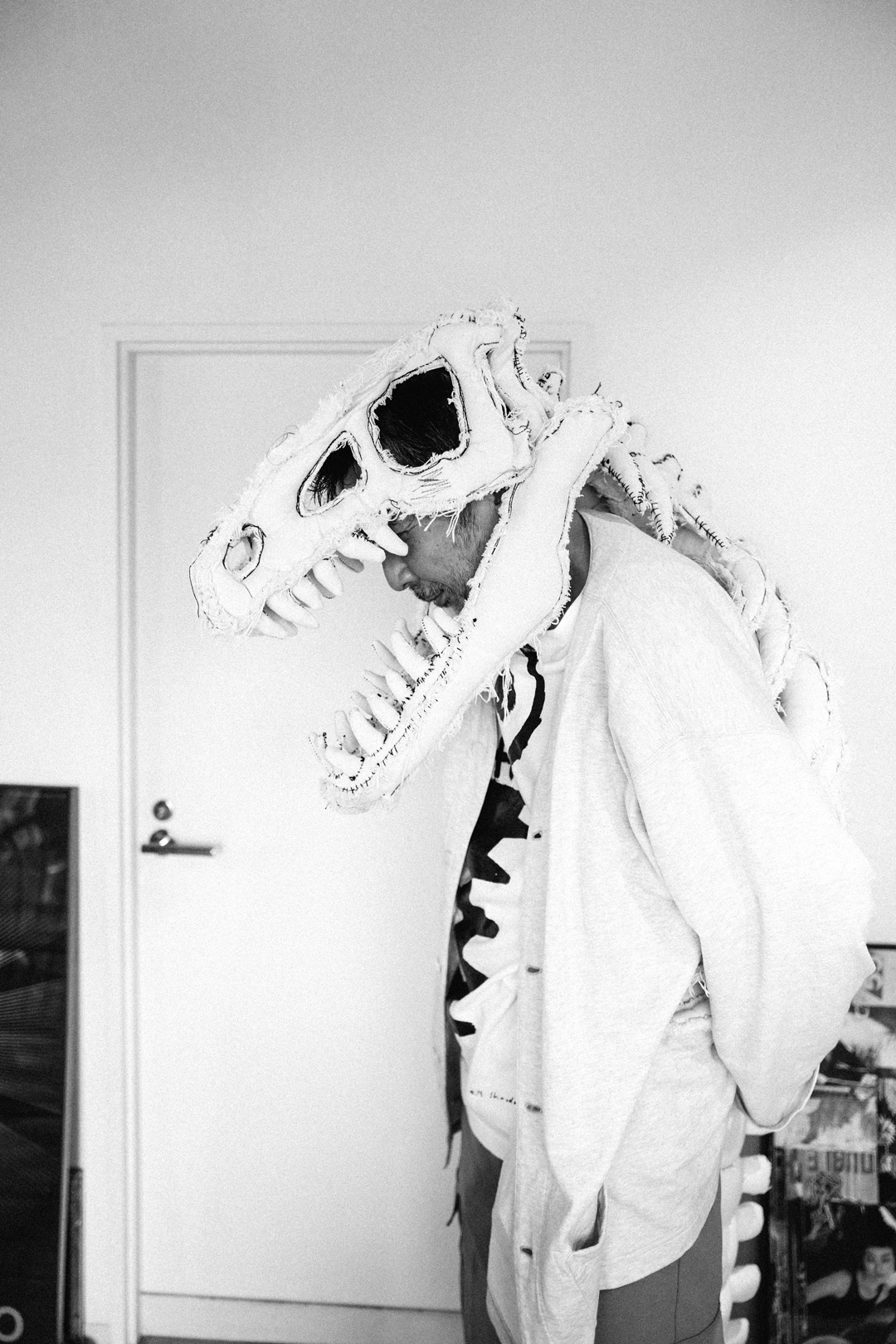
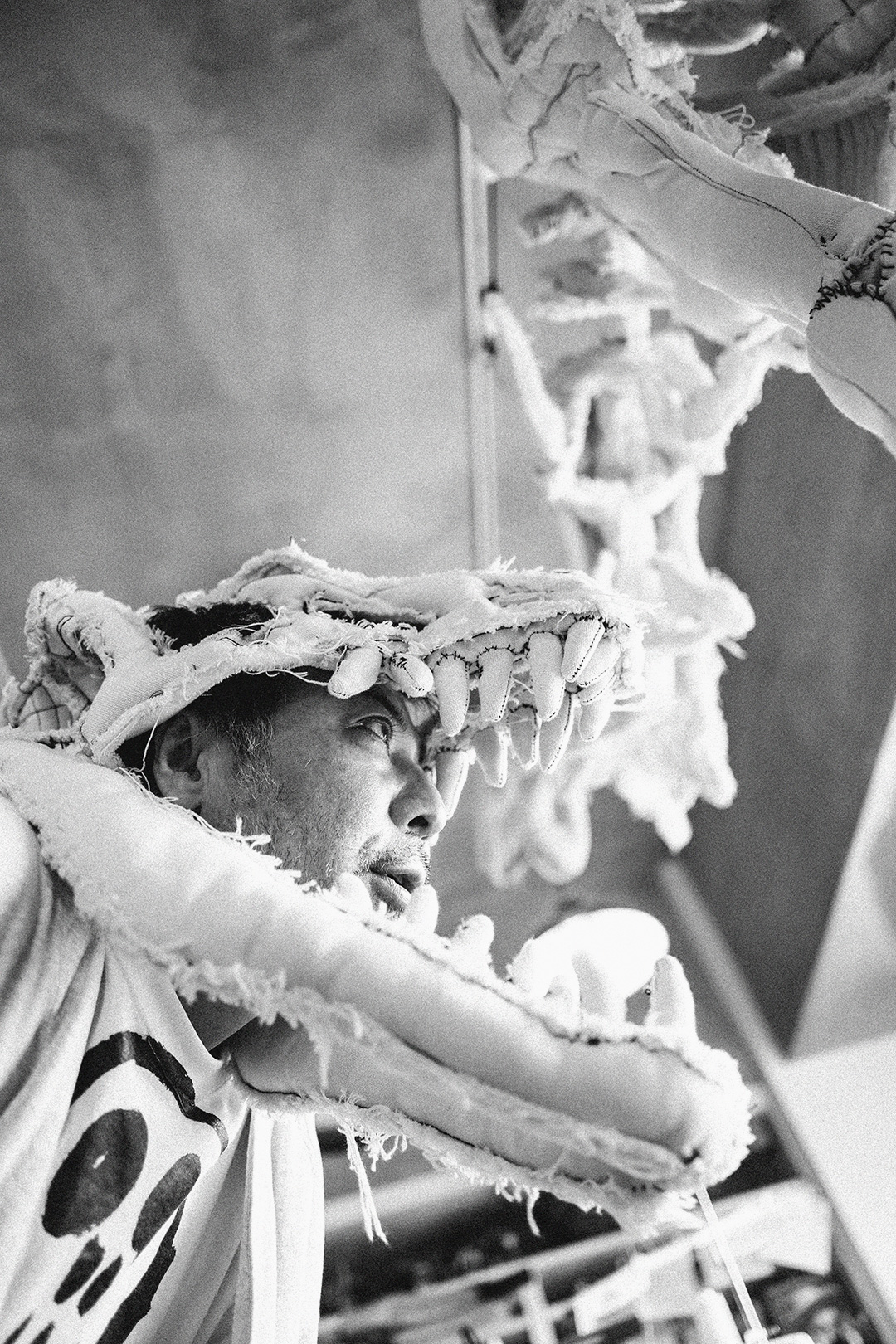






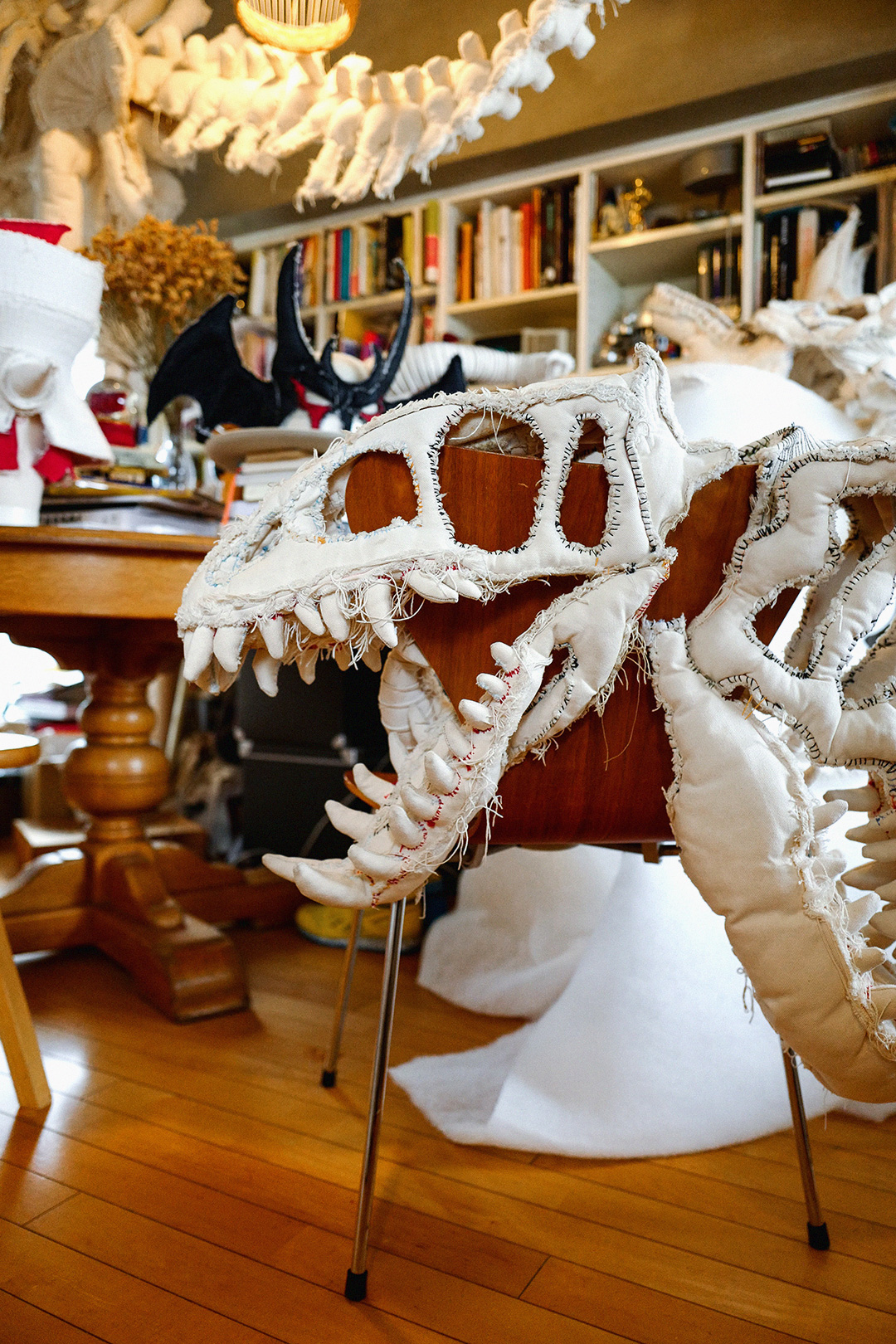
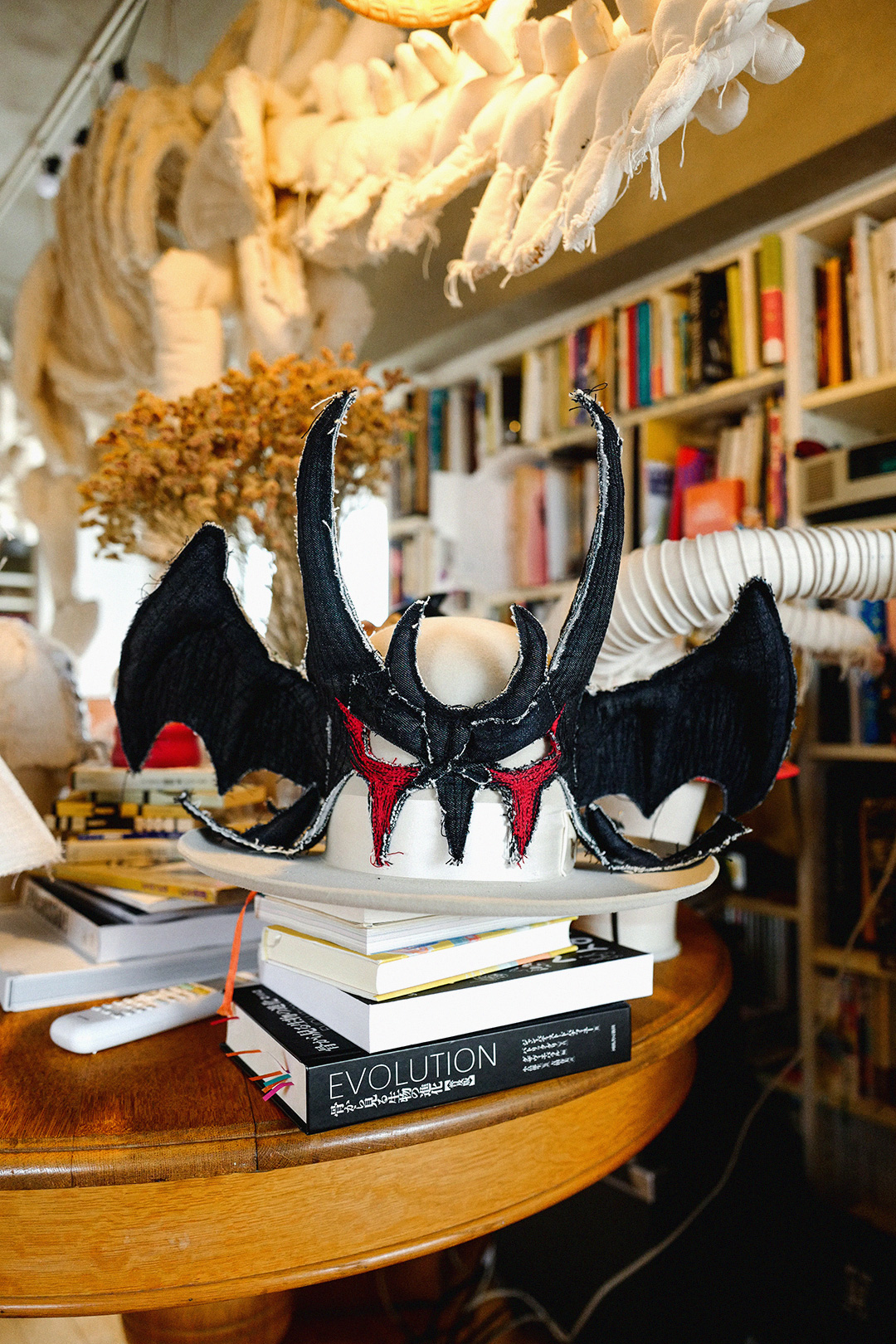
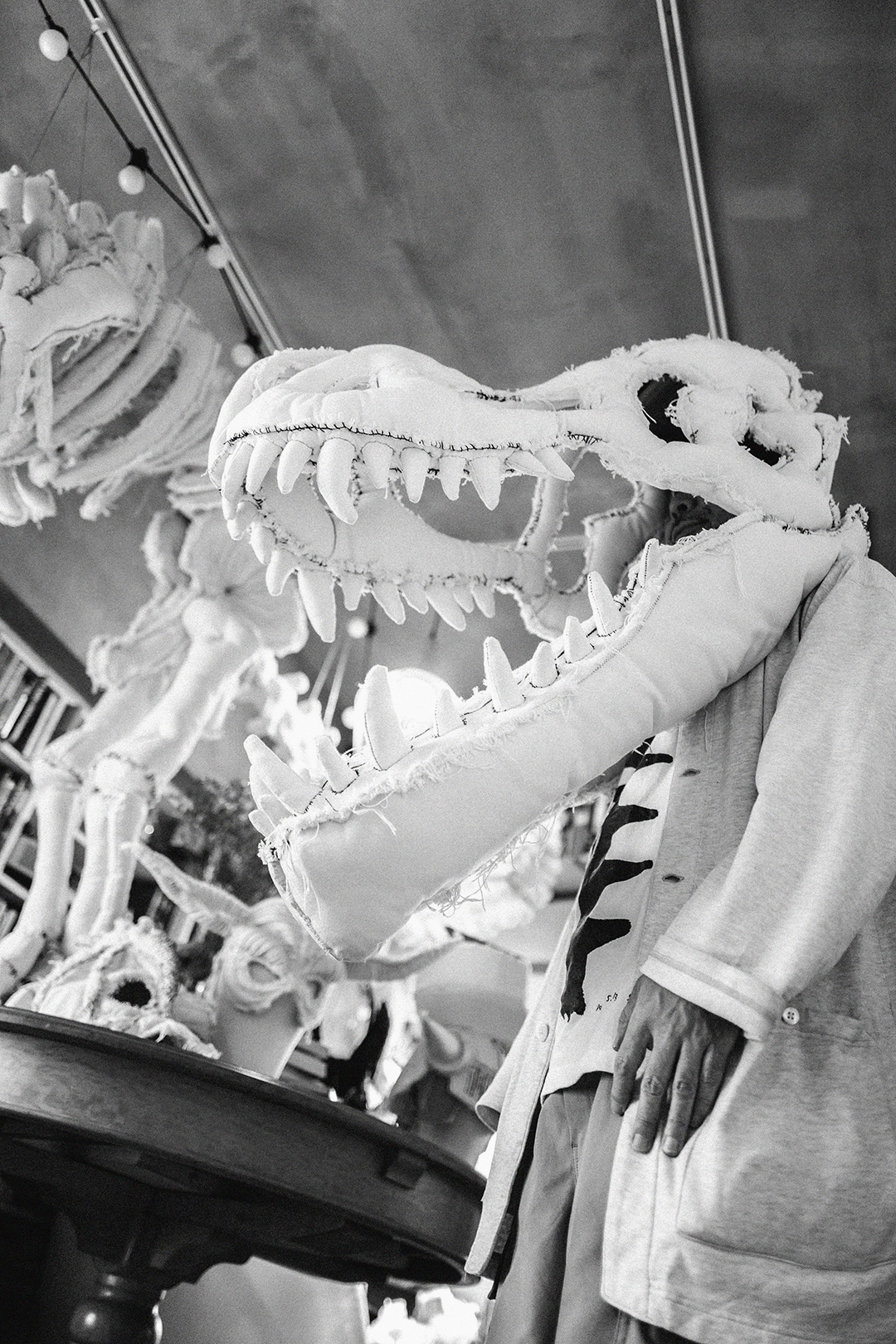






Thanks for support: Misaki Mouri
Shooting date: 13.10.2022
Shooting date: 13.10.2022
Shooting location:Chiba (Baraki Nakayama)
RYUICHI OHIRA
(born in 1982) is an Japanese sculptor and painter.
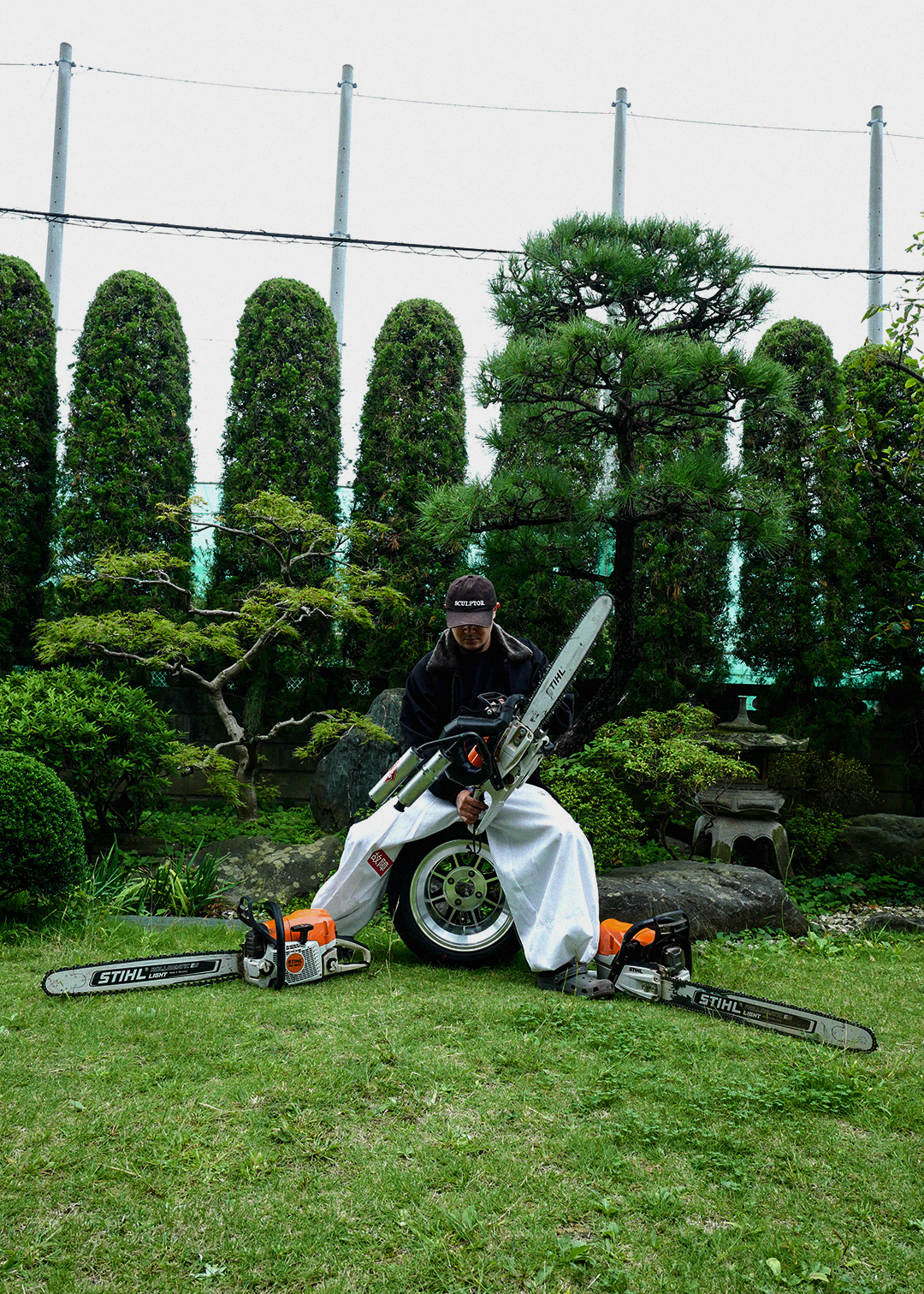


The first time I saw the works of Ryuichi Ohira was in 2014 at the Nanzuka Gallery, which was located in a small basement space in the Shibuya area. Eight years later, I came across a performance by chance, which was part of the artist's solo exhibition "Syndrome". In this performance, Ohira used a customized Bosozoku-style chainsaw to draw on wooden shields that were mounted on the wall.. (link)
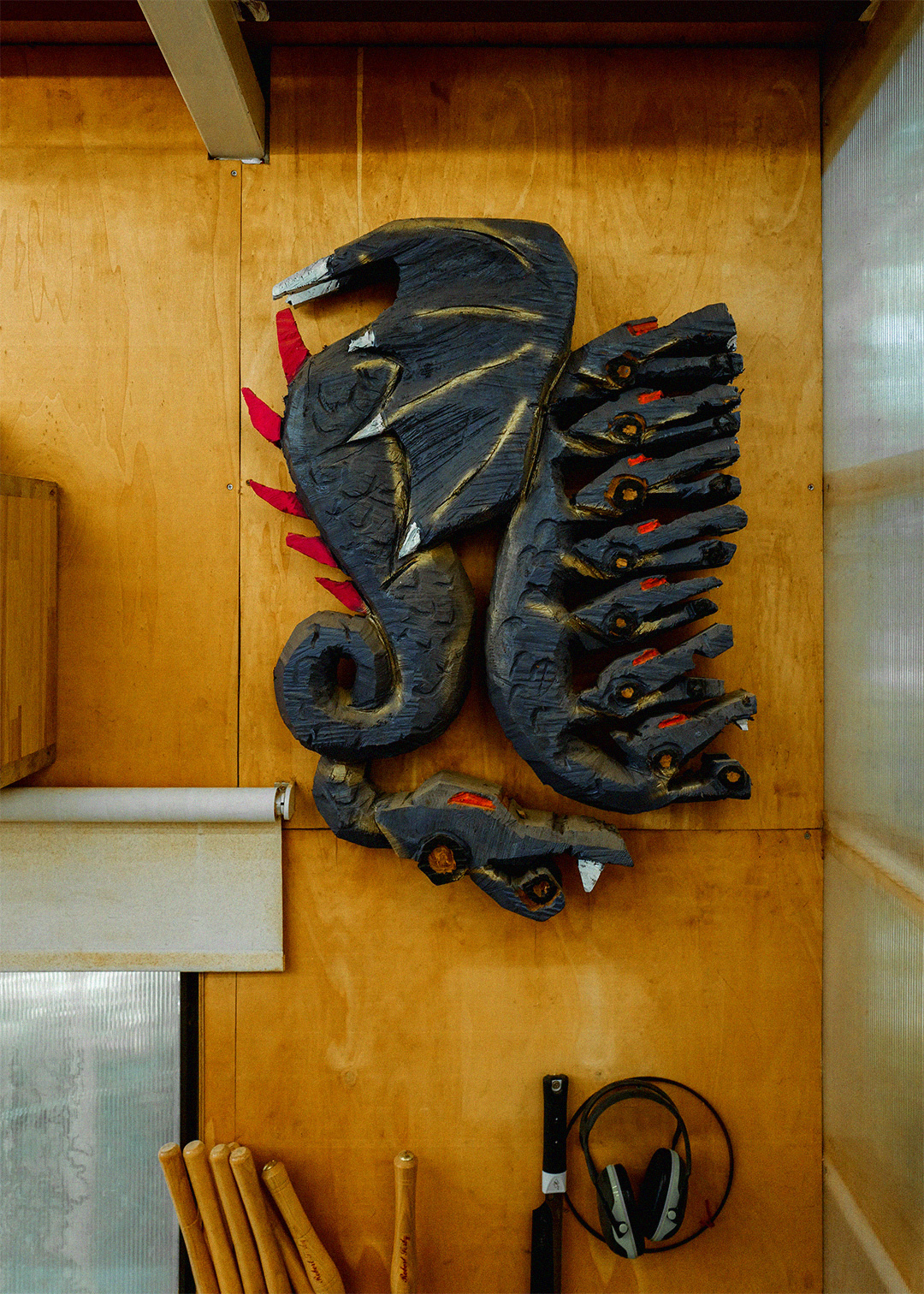
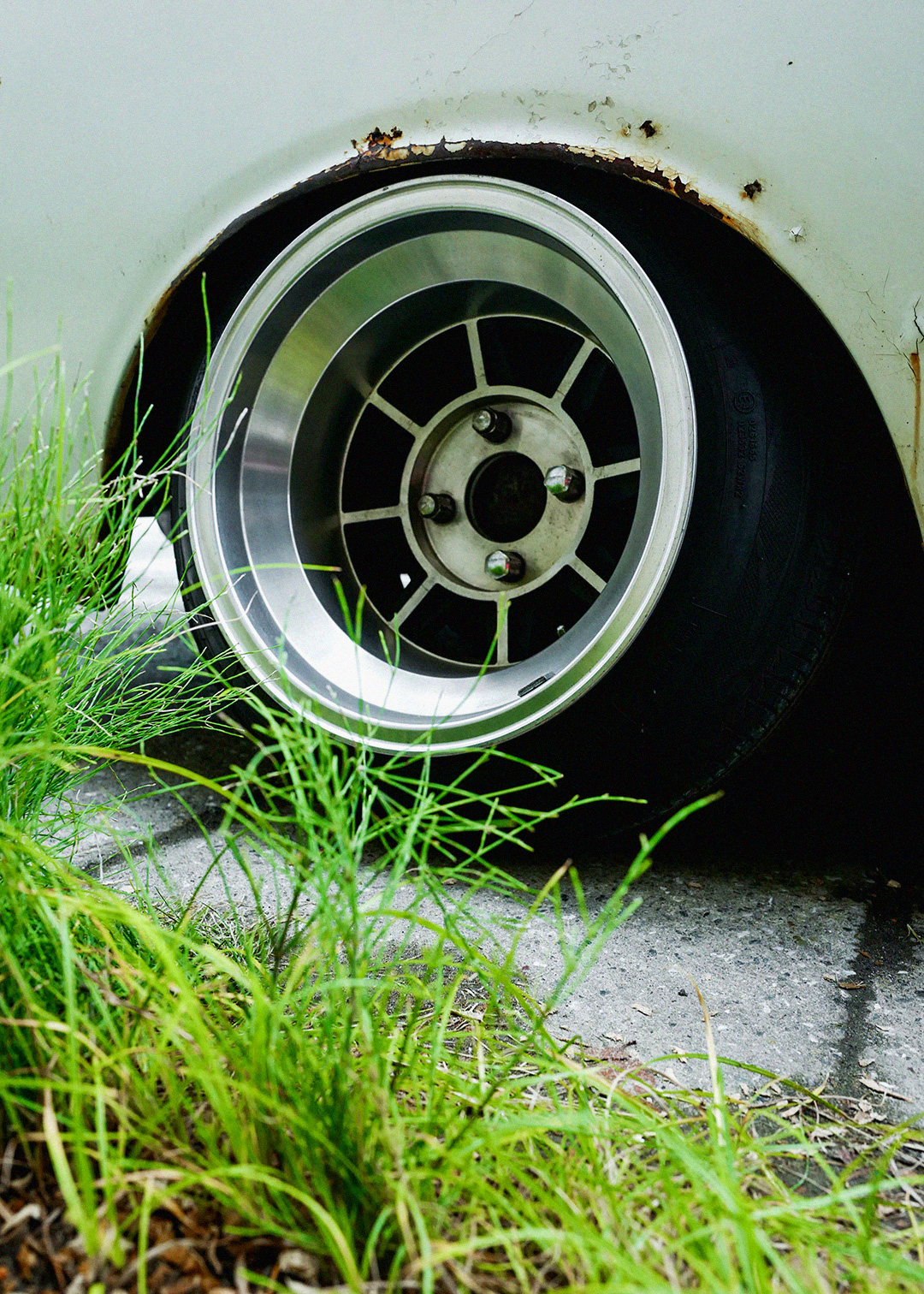
Seremetis is highly influenced by comic book art, animation cartoons, graffiti art of the 1980s, Greek mythology and contemporary masters. He is known for using the comic book popular pulp characters as typography in order to express a visual language in media such as paintings, collage, sculptures and films.


Seremetis is highly influenced by comic book art, animation cartoons, graffiti art of the 1980s, Greek mythology and contemporary masters. He is known for using the comic book popular pulp characters as typography in order to express a visual language in media such as paintings, collage, sculptures and films.
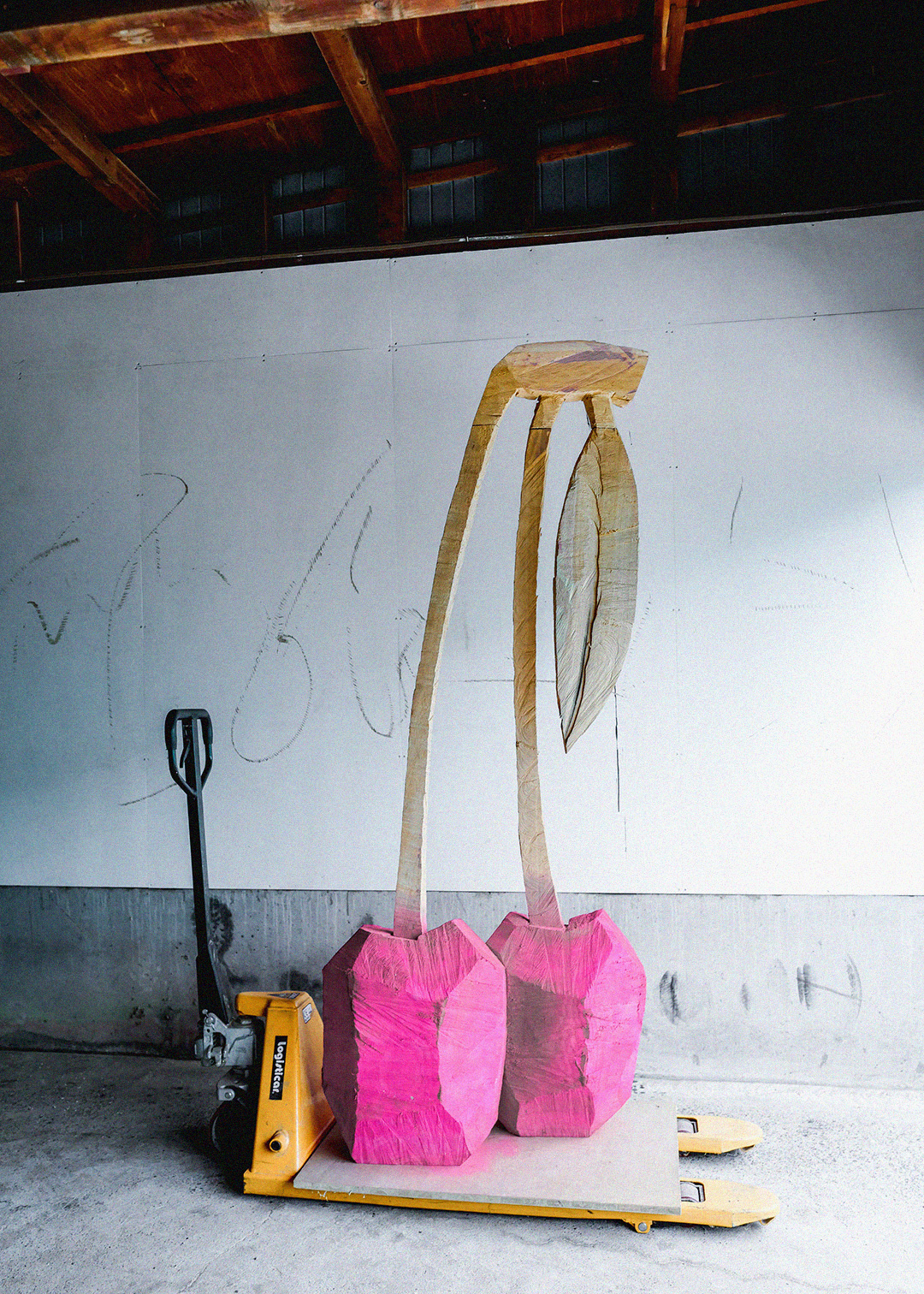
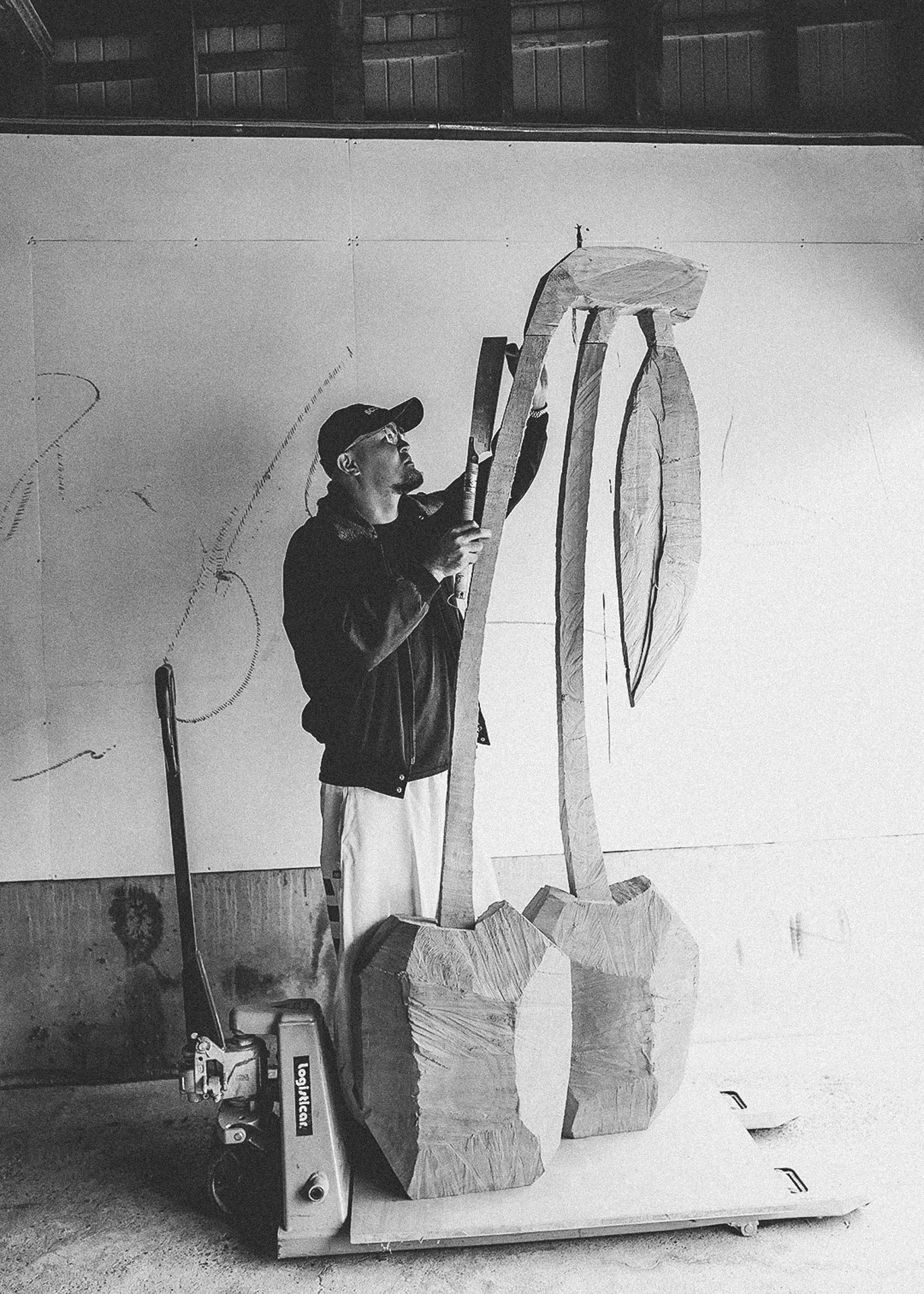
Seremetis is highly influenced by comic book art, animation cartoons, graffiti art of the 1980s, Greek mythology and contemporary masters. He is known for using the comic book popular pulp characters as typography in order to express a visual language in media such as paintings, collage, sculptures and films.


Seremetis is highly influenced by comic book art, animation cartoons, graffiti art of the 1980s, Greek mythology and contemporary masters. He is known for using the comic book popular pulp characters as typography in order to express a visual language in media such as paintings, collage, sculptures and films.
When I boarded the train and made my way to the Barakinakayama station, I did not have high hopes that anything would come of it. But when an vintage Nissan Laurel pulled up to the station's main concourse, and I got into the car, my doubts disappeared. After 15 minutes of conversation, Ryuichi Ohira turned out to be one of the kindest and most open people I had ever met.


Ryuichi Ohira was born in 1982 in Tokyo,
and grew up in Chiba Prefecture. He received a BFA in Sculpture from Tokyo University
of the Arts in 2011.
Ohira is a sculptor that produces works using wood. Wood has a high level
of plasticity likewise to clay that was also one of the first materials to have been used by mankind.
Not limited to works of art, it continues
to be a material that is indispensable to our cultural activities, serving as a fundamental element of all living tools as well as our places of dwelling.
and grew up in Chiba Prefecture. He received a BFA in Sculpture from Tokyo University
of the Arts in 2011.
Ohira is a sculptor that produces works using wood. Wood has a high level
of plasticity likewise to clay that was also one of the first materials to have been used by mankind.
Not limited to works of art, it continues
to be a material that is indispensable to our cultural activities, serving as a fundamental element of all living tools as well as our places of dwelling.
Ryuichi Ohira was born in 1982 in Tokyo,
and grew up in Chiba Prefecture. He received a BFA in Sculpture from Tokyo University of the Arts in 2011.
Ohira is a sculptor that produces works using wood. Wood has a high level
of plasticity likewise to clay that was also one of the first materials to have been used by mankind.
Not limited to works of art, it continues
to be a material that is indispensable
to our cultural activities, serving
as a fundamental element of all living tools as well as our places of dwelling.
and grew up in Chiba Prefecture. He received a BFA in Sculpture from Tokyo University of the Arts in 2011.
Ohira is a sculptor that produces works using wood. Wood has a high level
of plasticity likewise to clay that was also one of the first materials to have been used by mankind.
Not limited to works of art, it continues
to be a material that is indispensable
to our cultural activities, serving
as a fundamental element of all living tools as well as our places of dwelling.

Photographing the artist, I wanted to find a balance between his lifestyle and his internal perception of the artistic images he creates. By suggesting that Ohira San take a photo in his garden with his Stihl chainsaws, I wanted to ground the image we see online with the real-world experience of the artist.

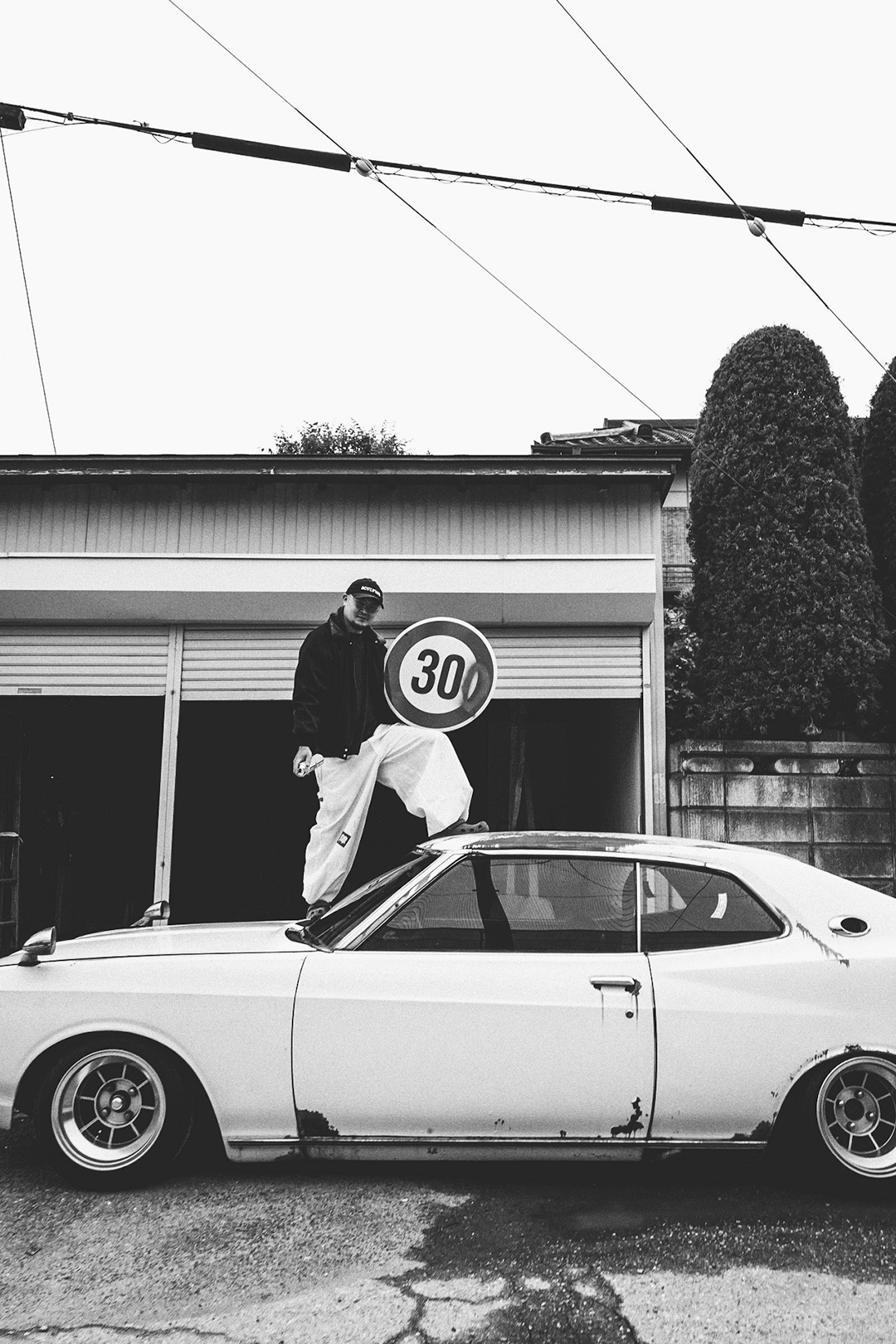
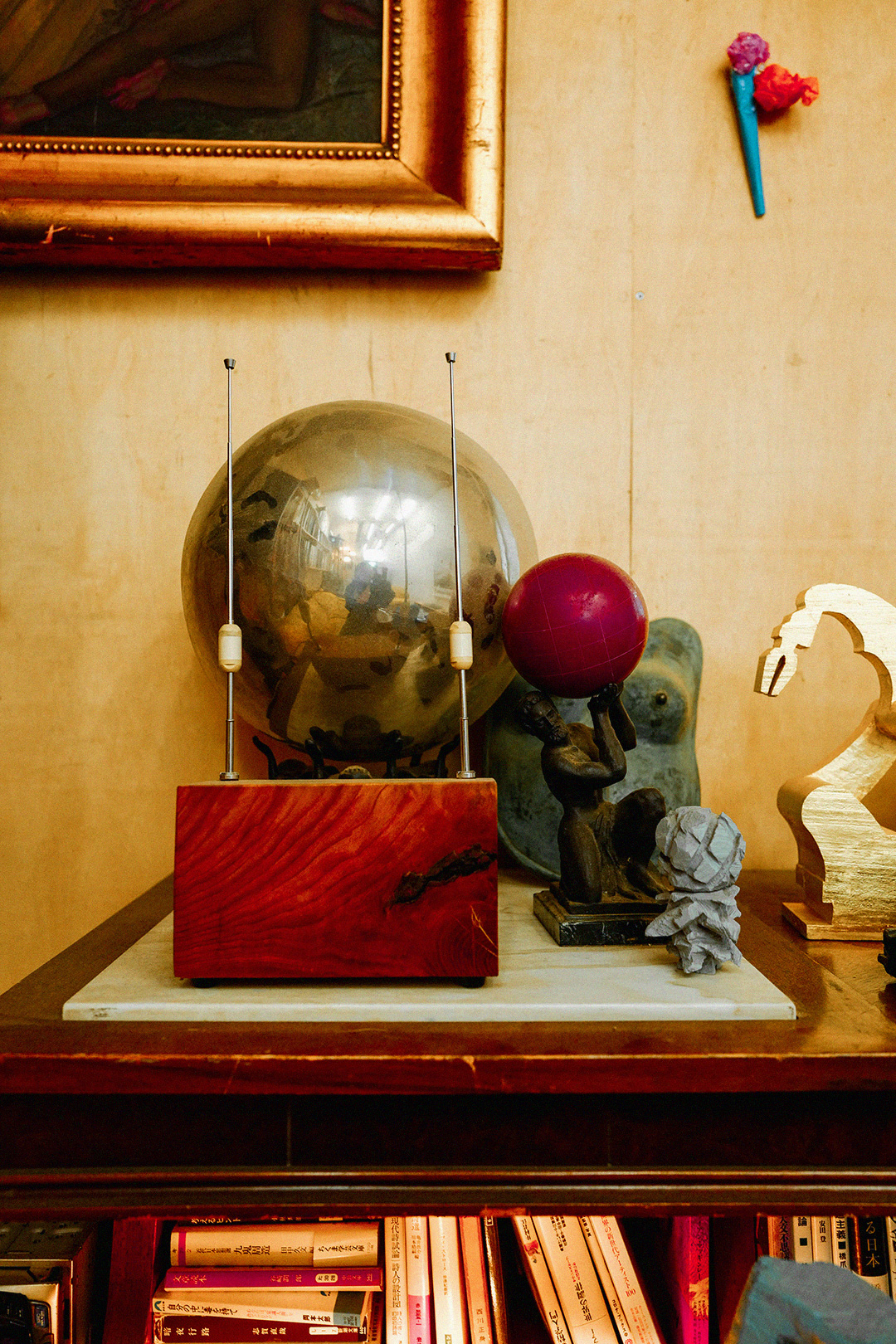
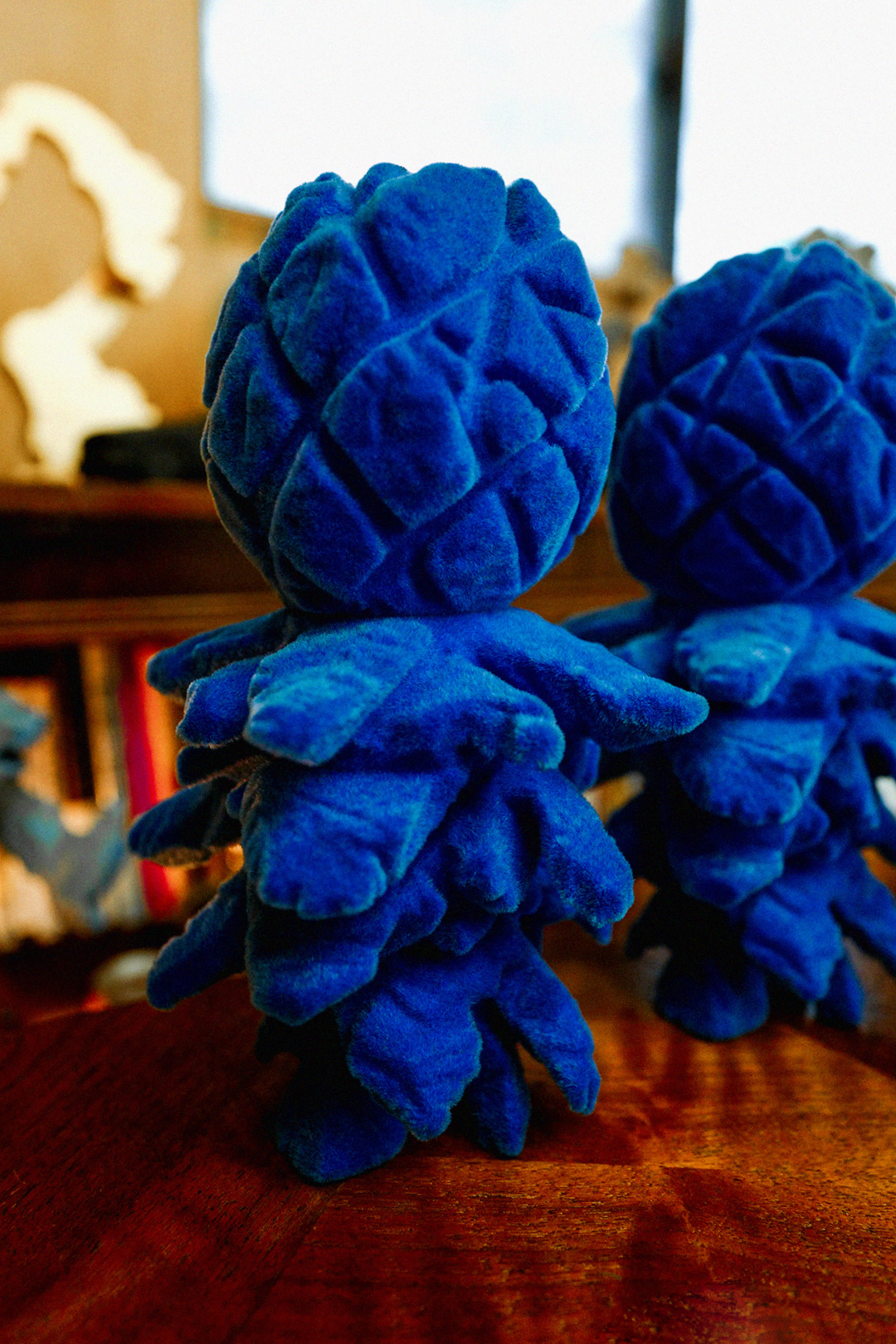






When I was getting ready to leave the workshop, Ohira San offered to do a small performance. He took a road sign with a speed limit of 30km/h from his storage, grabbed a blue can, and jumped onto the roof of his Nissan...

The artist drew a "0" on the sign, and from that moment on, it symbolized a speed limit of 300km/h. A very simple solution, but it so strongly embodies Ryuichi Ohira's love for car culture and how it influences his artistic images.

P.S.

Shooting date: 14.10.2022
Shooting location: Tokorozawa (Saitama)
TAKU OBATA
(born in 1980, Saitama) is an Japan artist, sculptor and cinematographer.
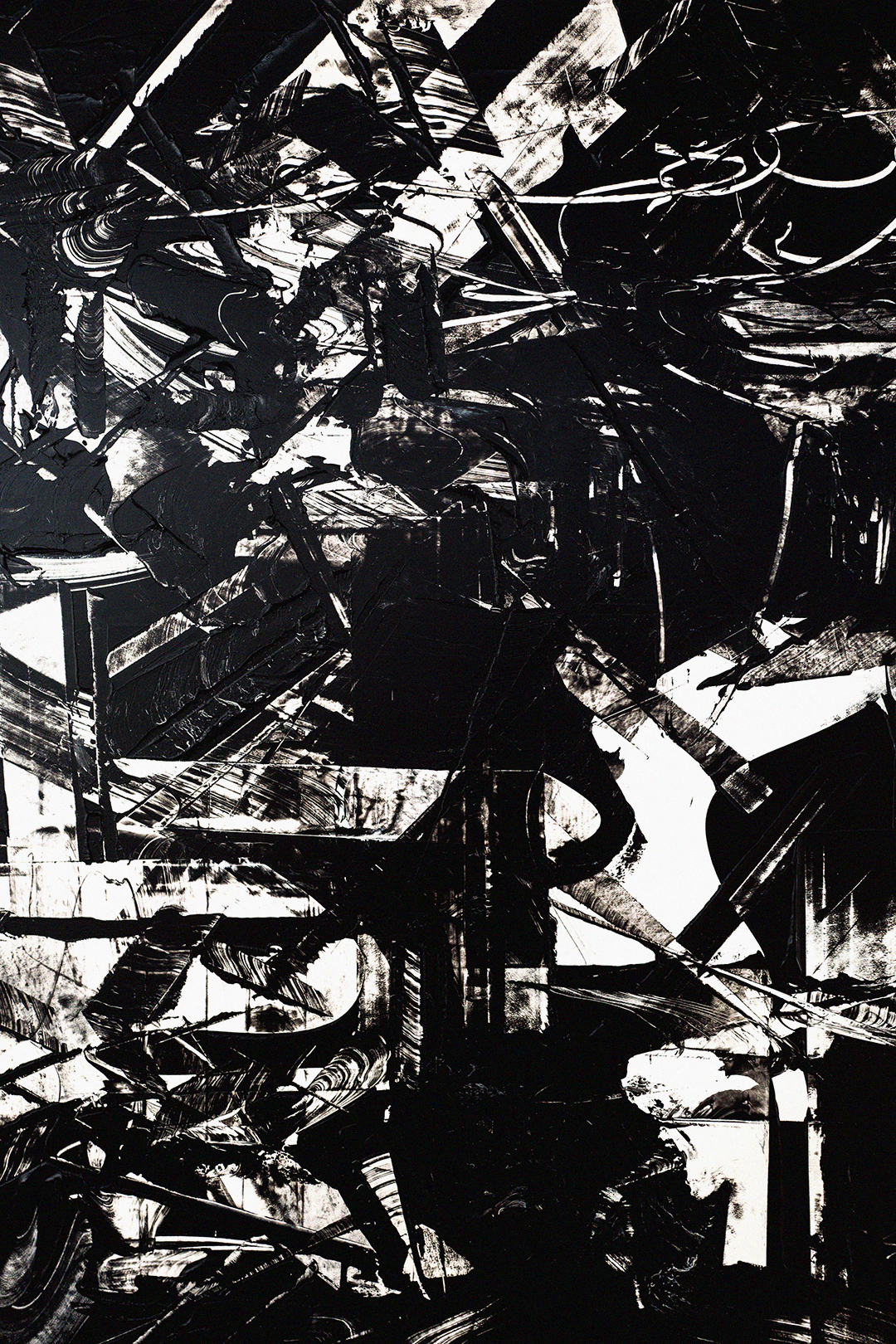
Taku Obata - B BOY sculptor
and breakdancer. Born in 1980 in Saitama prefecture. Formed UNITYSELECTIONS,
a hip-hop unit centered around breakdancing, in 1999.
He received a B.F.A. in sculpture in 2006 and an M.F.A in sculpture in 2008 from the Tokyo University of the Arts. Although he works around the wooden B BOY sculpture
as his centerpiece, Obata also works in other mediums such as drawing, painting, printing, and other two-dimensional art. Since 2009, he has held solo exhibitions and
has participated in group exhibitions
in Japan and abroad. His works have been exhibited in Japan, London, Paris, New York, Singapore, Hong Kong, and South Korea.
His works that translate B BOY identity
into contemporary art have received critical acclaim around the world.
and breakdancer. Born in 1980 in Saitama prefecture. Formed UNITYSELECTIONS,
a hip-hop unit centered around breakdancing, in 1999.
He received a B.F.A. in sculpture in 2006 and an M.F.A in sculpture in 2008 from the Tokyo University of the Arts. Although he works around the wooden B BOY sculpture
as his centerpiece, Obata also works in other mediums such as drawing, painting, printing, and other two-dimensional art. Since 2009, he has held solo exhibitions and
has participated in group exhibitions
in Japan and abroad. His works have been exhibited in Japan, London, Paris, New York, Singapore, Hong Kong, and South Korea.
His works that translate B BOY identity
into contemporary art have received critical acclaim around the world.

Taku Obata - B BOY sculptor
and breakdancer. Born in 1980 in Saitama prefecture. Formed UNITYSELECTIONS,
a hip-hop unit centered around breakdancing, in 1999.
He received a B.F.A. in sculpture in 2006 and an M.F.A in sculpture in 2008 from the Tokyo University of the Arts. Although he works around the wooden B BOY sculpture
as his centerpiece, Obata also works in other mediums such as drawing, painting, printing, and other two-dimensional art. Since 2009, he has held solo exhibitions and
has participated in group exhibitions
in Japan and abroad. His works have been exhibited in Japan, London, Paris, New York, Singapore, Hong Kong, and South Korea.
His works that translate B BOY identity
into contemporary art have received critical acclaim around the world.
and breakdancer. Born in 1980 in Saitama prefecture. Formed UNITYSELECTIONS,
a hip-hop unit centered around breakdancing, in 1999.
He received a B.F.A. in sculpture in 2006 and an M.F.A in sculpture in 2008 from the Tokyo University of the Arts. Although he works around the wooden B BOY sculpture
as his centerpiece, Obata also works in other mediums such as drawing, painting, printing, and other two-dimensional art. Since 2009, he has held solo exhibitions and
has participated in group exhibitions
in Japan and abroad. His works have been exhibited in Japan, London, Paris, New York, Singapore, Hong Kong, and South Korea.
His works that translate B BOY identity
into contemporary art have received critical acclaim around the world.

Taku Obata - B BOY sculptor
and breakdancer. Born in 1980 in Saitama prefecture. Formed UNITYSELECTIONS,
a hip-hop unit centered around breakdancing, in 1999.
He received a B.F.A. in sculpture in 2006 and an M.F.A in sculpture in 2008 from the Tokyo University of the Arts. Although he works around the wooden B BOY sculpture
as his centerpiece, Obata also works in other mediums such as drawing, painting, printing, and other two-dimensional art. Since 2009, he has held solo exhibitions and
has participated in group exhibitions
in Japan and abroad. His works have been exhibited in Japan, London, Paris, New York, Singapore, Hong Kong, and South Korea.
His works that translate B BOY identity
into contemporary art have received critical acclaim around the world.
and breakdancer. Born in 1980 in Saitama prefecture. Formed UNITYSELECTIONS,
a hip-hop unit centered around breakdancing, in 1999.
He received a B.F.A. in sculpture in 2006 and an M.F.A in sculpture in 2008 from the Tokyo University of the Arts. Although he works around the wooden B BOY sculpture
as his centerpiece, Obata also works in other mediums such as drawing, painting, printing, and other two-dimensional art. Since 2009, he has held solo exhibitions and
has participated in group exhibitions
in Japan and abroad. His works have been exhibited in Japan, London, Paris, New York, Singapore, Hong Kong, and South Korea.
His works that translate B BOY identity
into contemporary art have received critical acclaim around the world.
In 2019, I first saw Taku Obata's work on Eric Haze's Instagram and immediately subscribed. After a while, diving into the contemporary art community in Tokyo, I found a connection between a group of artists who have been friends and supporters for a long time - Haroshi, Ryuichi Ohira, Hiroki Tsukuda & Taku Obata.

Each of the artists works in their own technique and concept, but what unites them all is that each has their own subcultural background that becomes part of their art - for one it's skateboarding, for another it's cars, for a third it's sci-fi movies, or as in the case of Taku Obata - it's break-dancing and hip-hop culture. But however simple these directions may seem at first glance, their art has helped them to find a new vector of perception that is only possible with these artists.
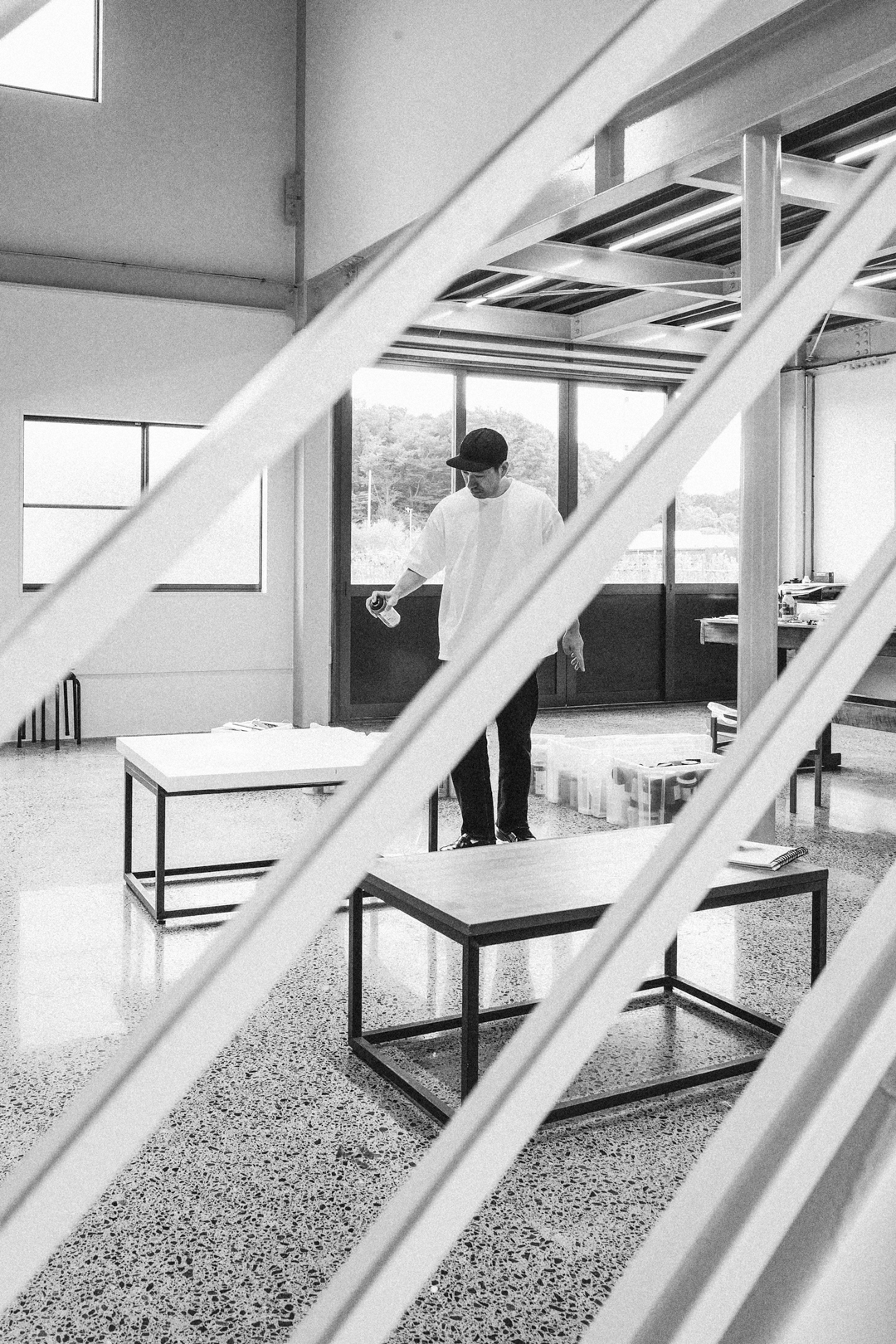
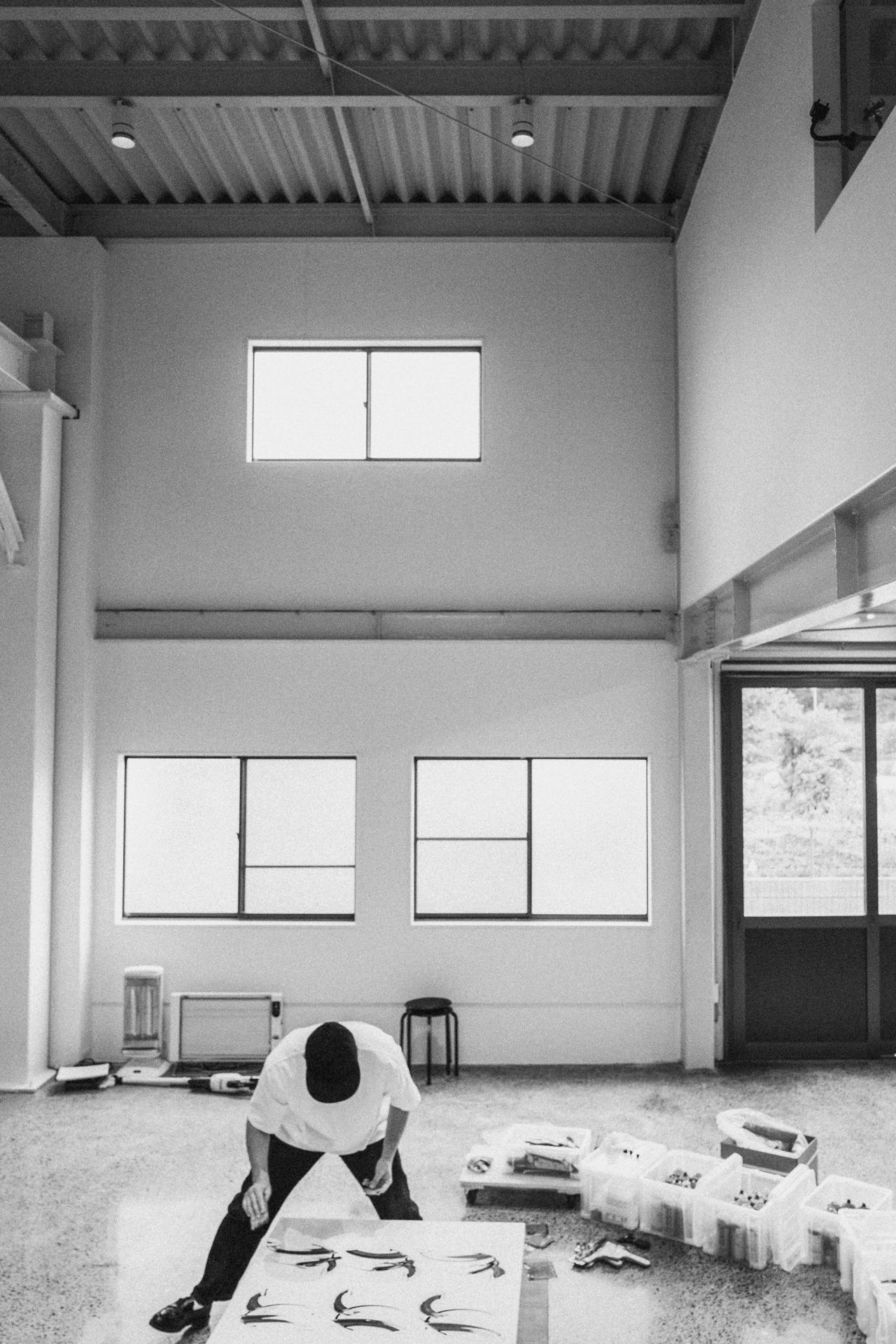
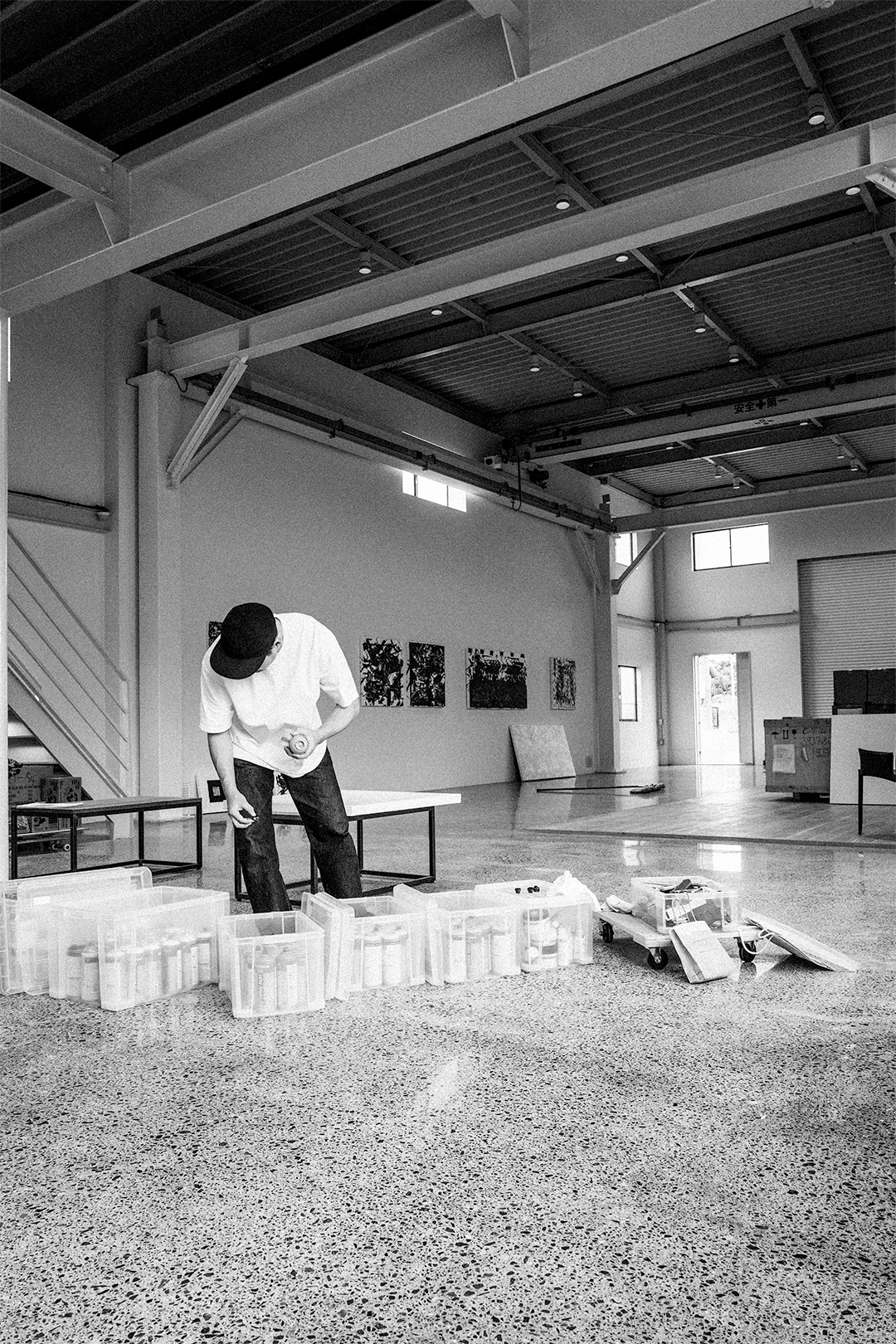







But if you want to delve deeper into Taku Obata's art, I recommend studying several interviews with him:
When I went to the prefecture of Saitama, the birthplace of the artist, where his studio was located, I didn't even know what to expect. But from the first minutes of the meeting, I wanted to understand how Obata San was able to combine his love for cinema and dance with his skilled approach in sculpture, drawing and photography.
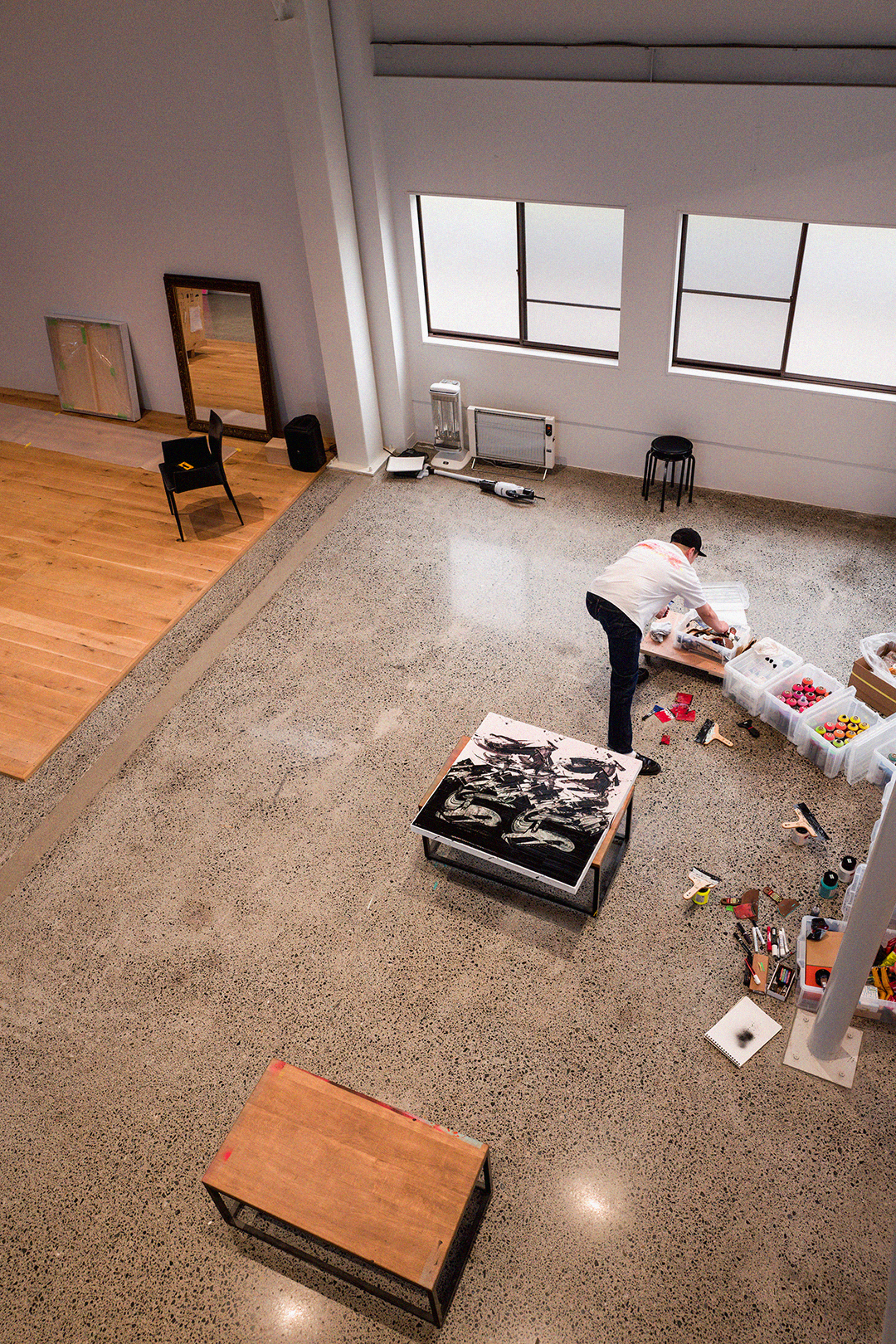
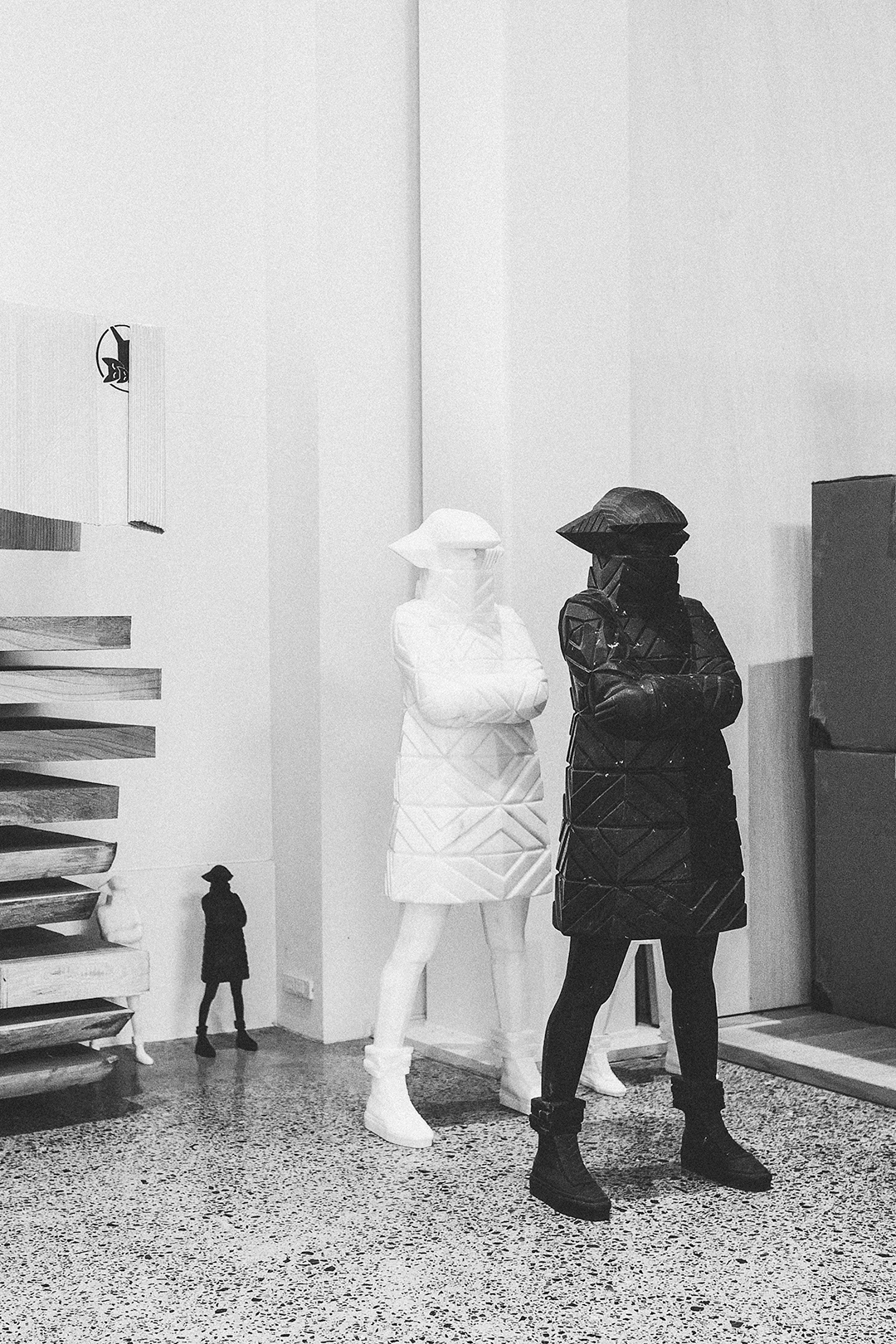
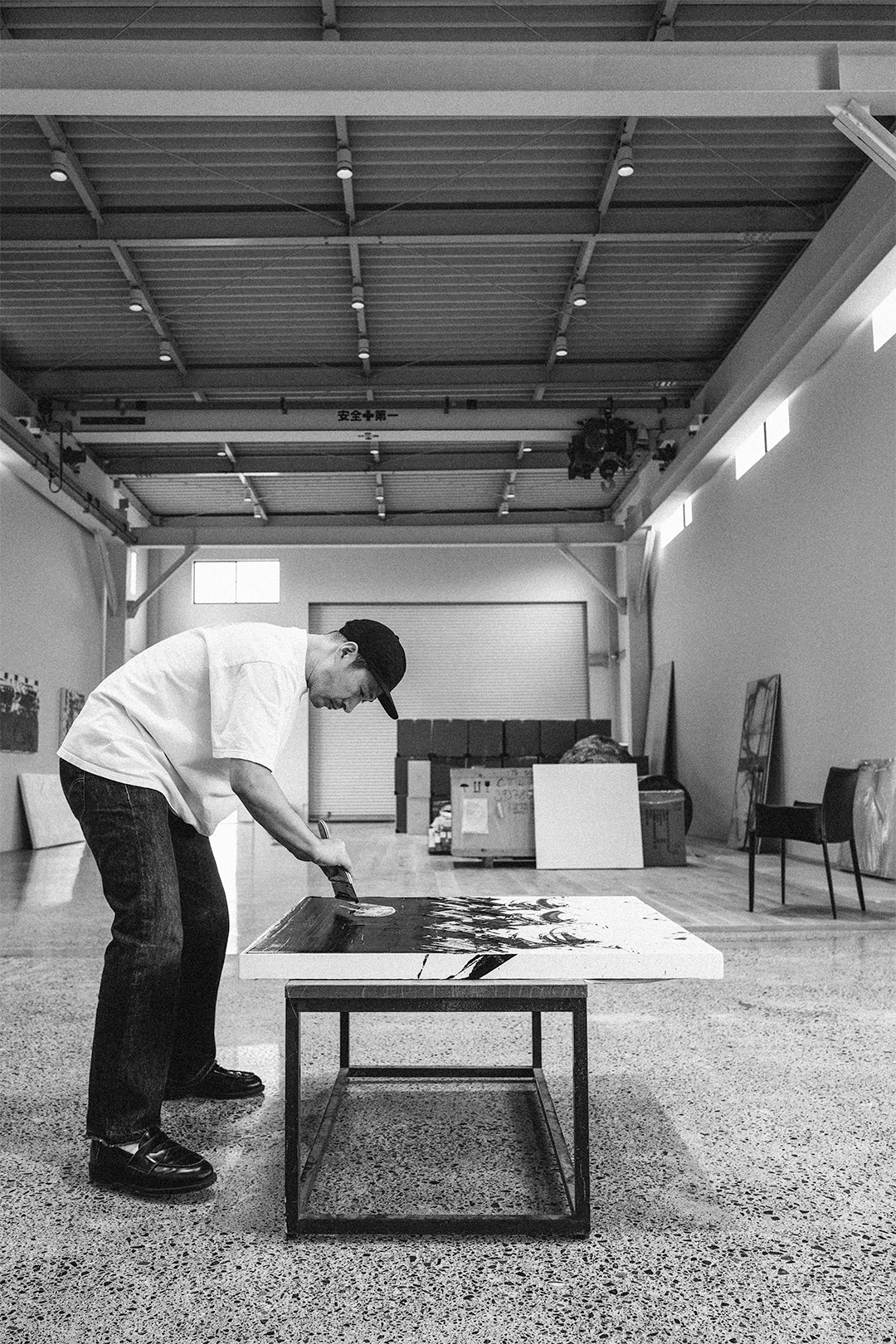






The ability to look at what you do from different angles, creating limitations for yourself that help you better focus on what is truly important to you.
For several hours, Taku Obata drew two of his new works, and I was very surprised to learn that the artist works without music. However, when he explained that dance and music are an important part of his life and that he even hears it inside himself without listening to it, it all made sense to me.

Thanks for support: Takashi Torisu
Shooting Date: 19.10.2022
Shooting Date: 19.10.2022
Shooting location: TOKYO
NUTS ART WORKS
Naoto Hinai is Japanese sign-painter.

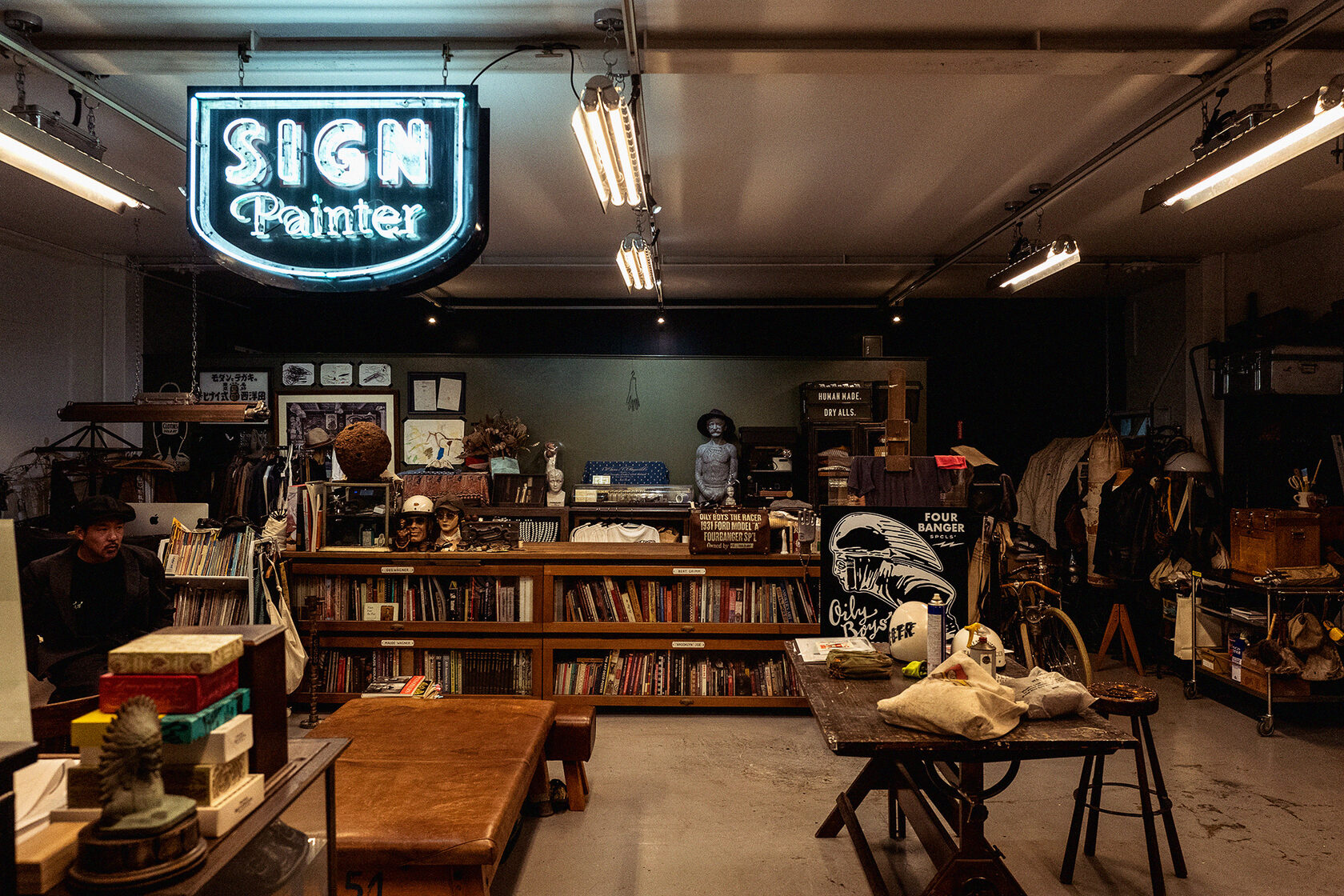
NUTS ART WORKS is a handwriting sign painter who started his career in 1996.
He has worked mainly in Tokyo,
for numerous shop signs and graphics
for brands (ACME, Ralph Lauren, Supreme, Neighborhood, Wtaps, etc). He works actively both in Japan and abroad, releasing collections and holding exhibitions.
He has worked mainly in Tokyo,
for numerous shop signs and graphics
for brands (ACME, Ralph Lauren, Supreme, Neighborhood, Wtaps, etc). He works actively both in Japan and abroad, releasing collections and holding exhibitions.
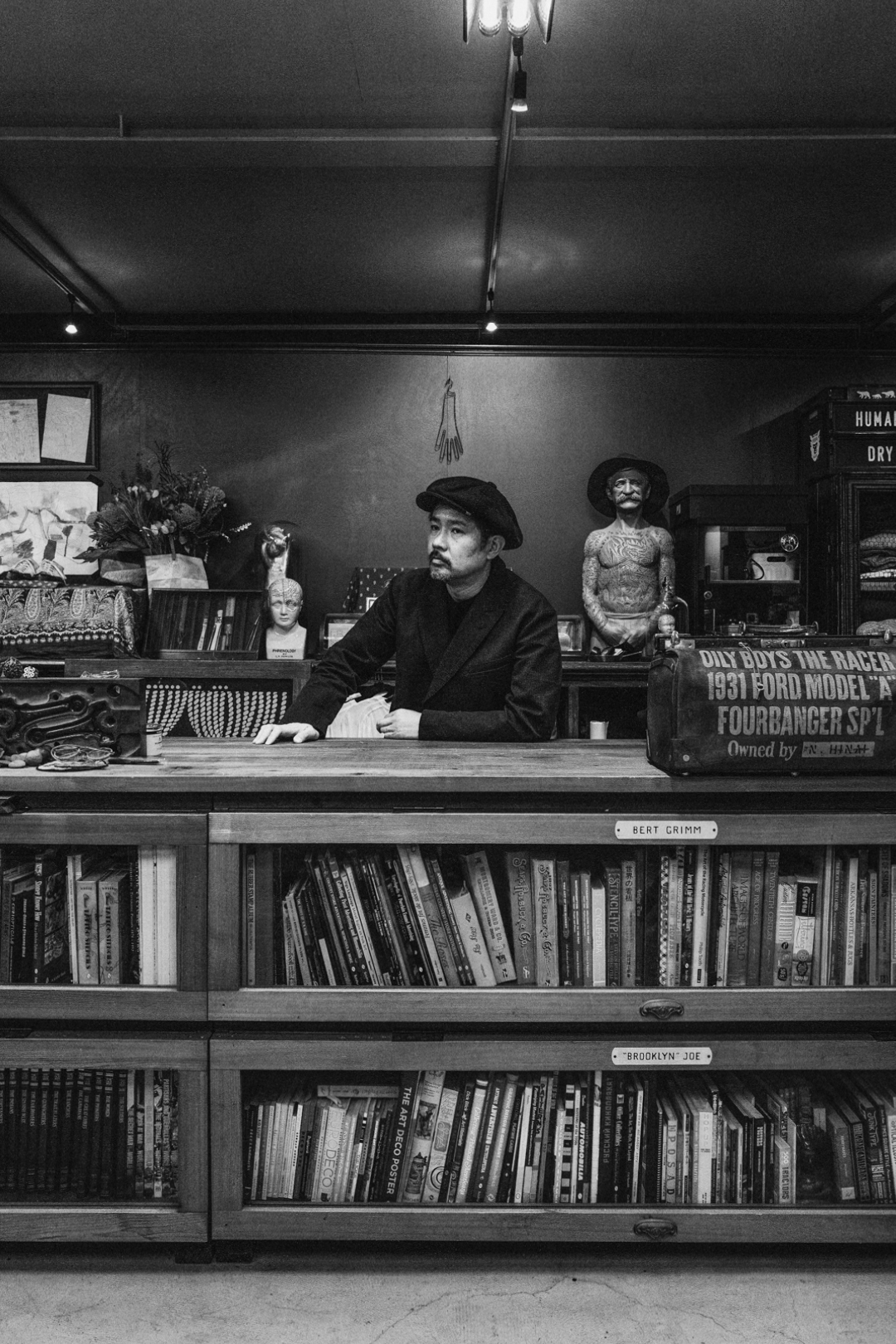
NUTS ART WORKS is a handwriting sign painter who started his career in 1996.
He has worked mainly in Tokyo,
for numerous shop signs and graphics
for brands (ACME, Ralph Lauren, Supreme, Neighborhood, Wtaps, etc). He works actively both in Japan and abroad, releasing collections and holding exhibitions.
He has worked mainly in Tokyo,
for numerous shop signs and graphics
for brands (ACME, Ralph Lauren, Supreme, Neighborhood, Wtaps, etc). He works actively both in Japan and abroad, releasing collections and holding exhibitions.

NUTS ART WORKS is a handwriting sign painter who started his career
in 1996.
He has worked mainly in Tokyo,
for numerous shop signs and graphics
for brands (ACME, Ralph Lauren, Supreme, Neighborhood, Wtaps, etc). He works actively both in Japan and abroad, releasing collections and holding exhibitions.
in 1996.
He has worked mainly in Tokyo,
for numerous shop signs and graphics
for brands (ACME, Ralph Lauren, Supreme, Neighborhood, Wtaps, etc). He works actively both in Japan and abroad, releasing collections and holding exhibitions.
I've known Naoto Hinai a.k.a. NUTS ART WORKS since 2013 - the encounter with him was not by chance. Arsen Markaryan (Founder of concept-store BELIEF) and I wanted to collaborate with NUTS ART WORKS to develop signboards and logo for the store. During the same meeting, we not only visited his old workshop, but also found out that the artist is behind the creation of the clothing brand Old Joe & CO, which he manages jointly with Yusuke Takagi.
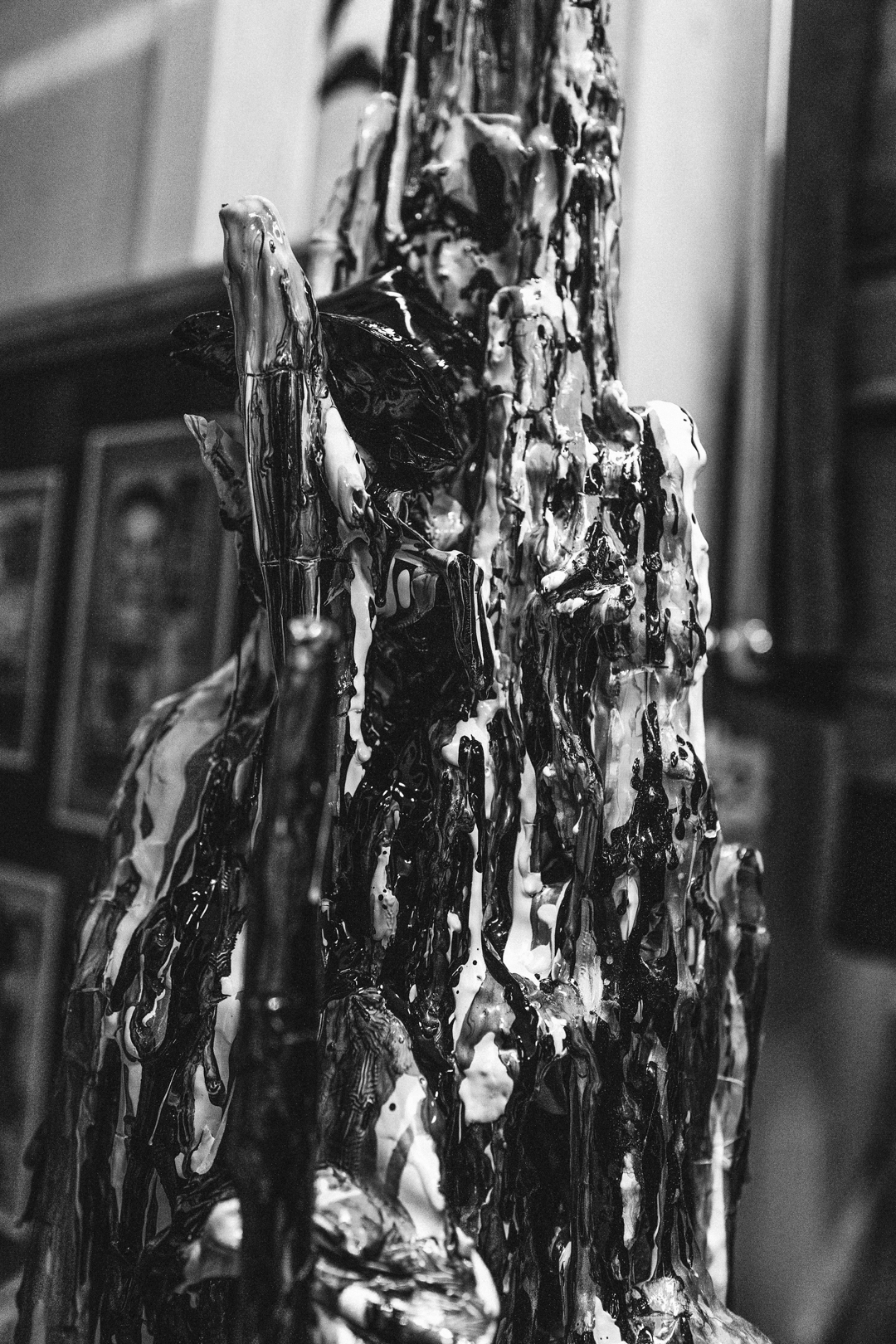
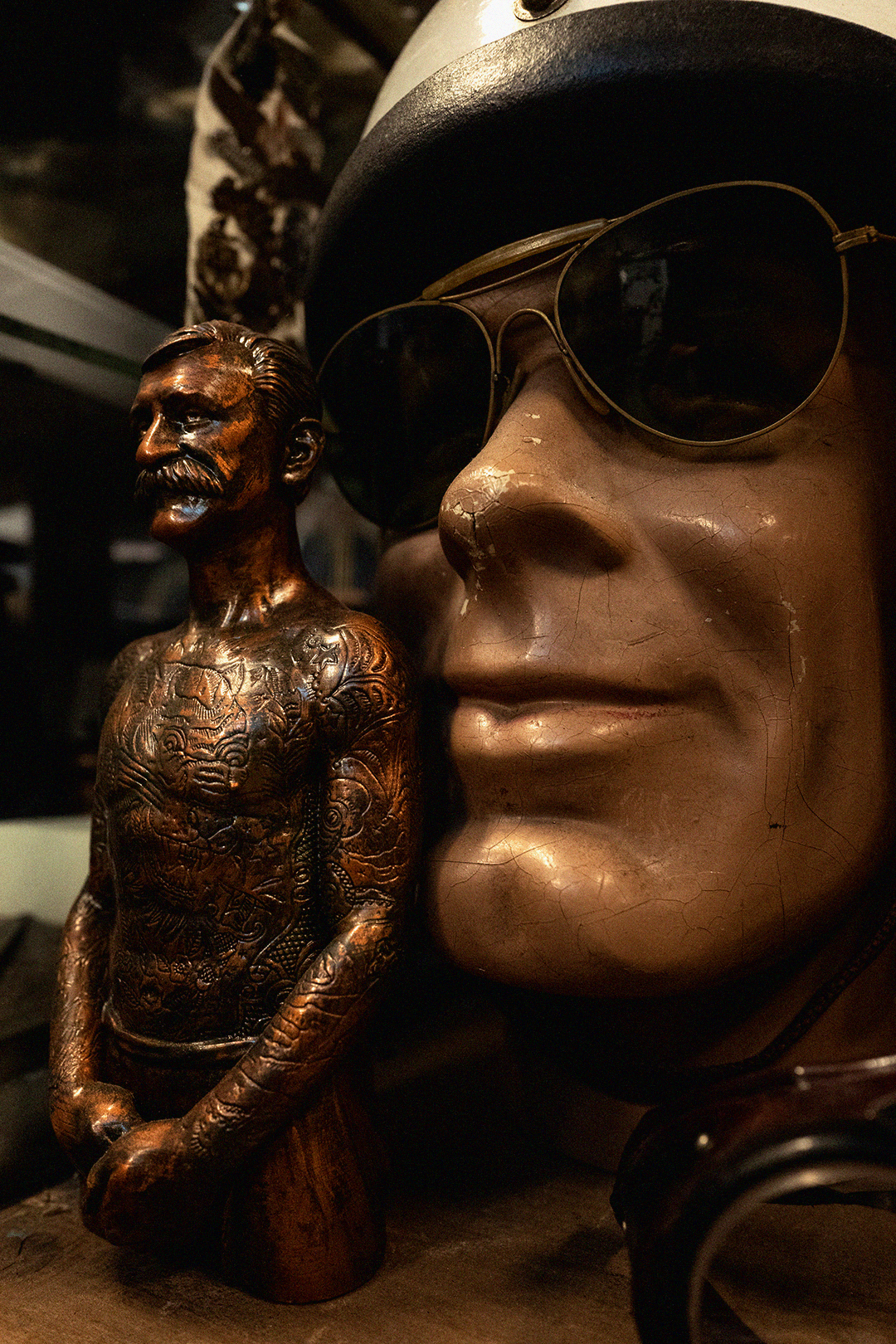
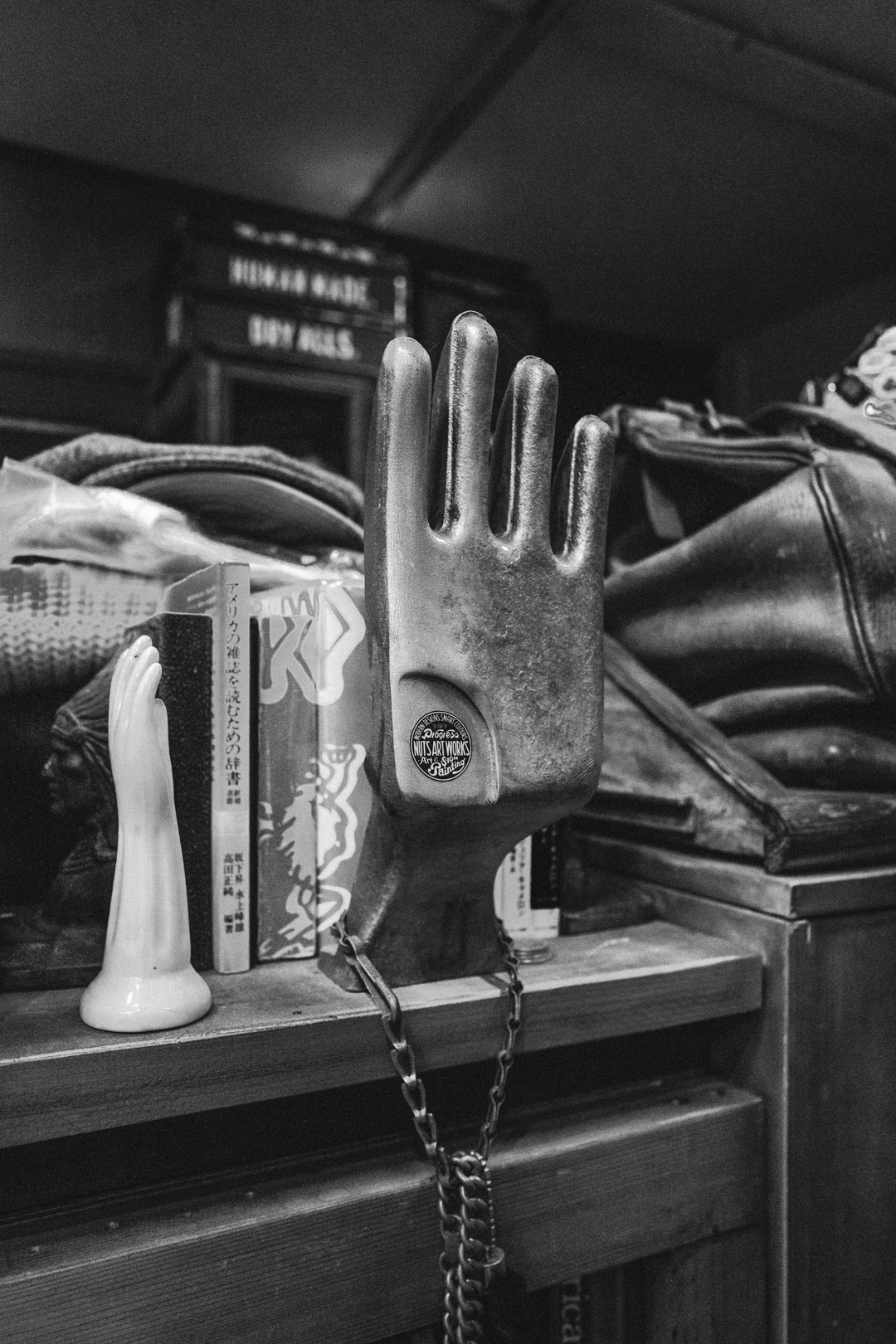







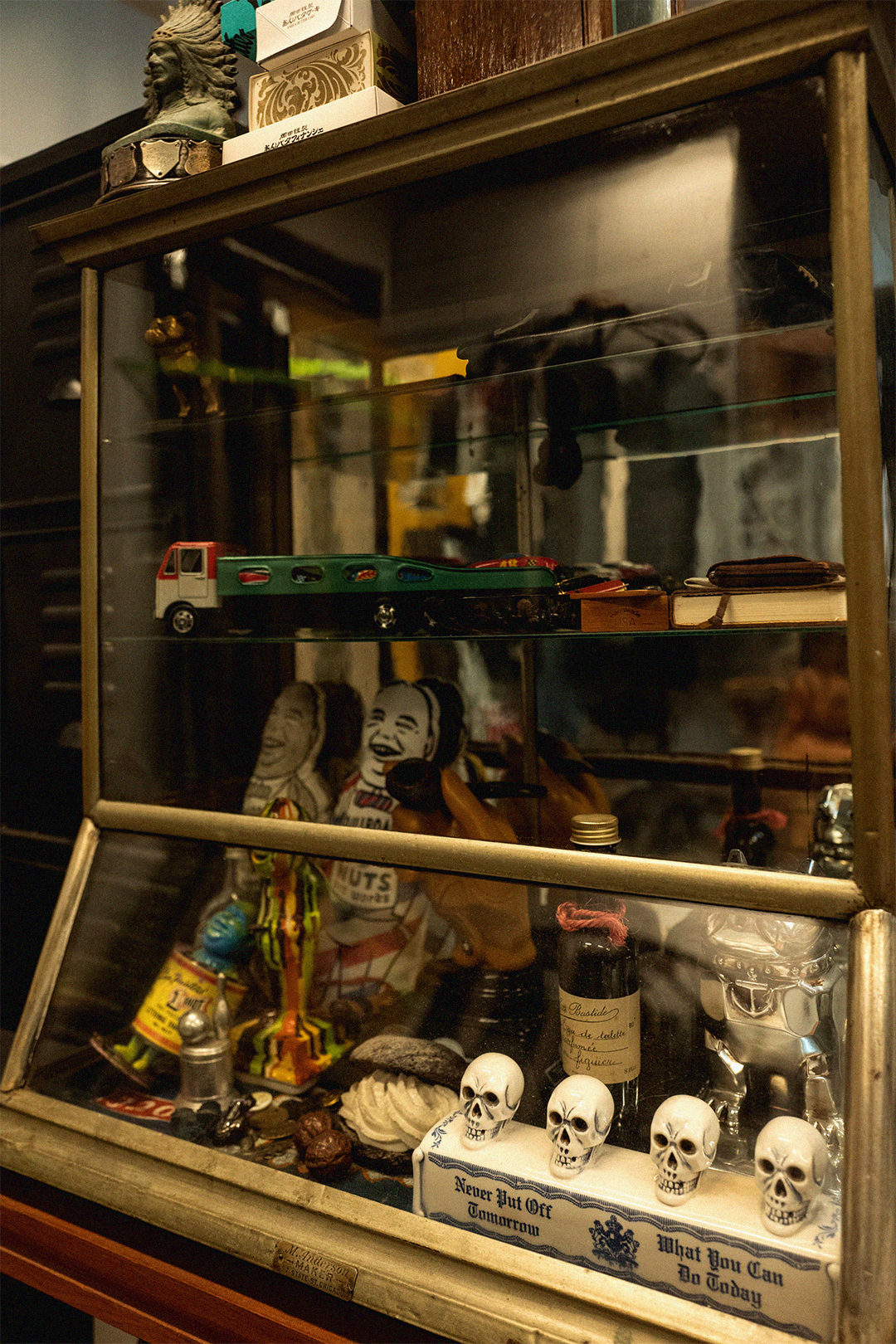
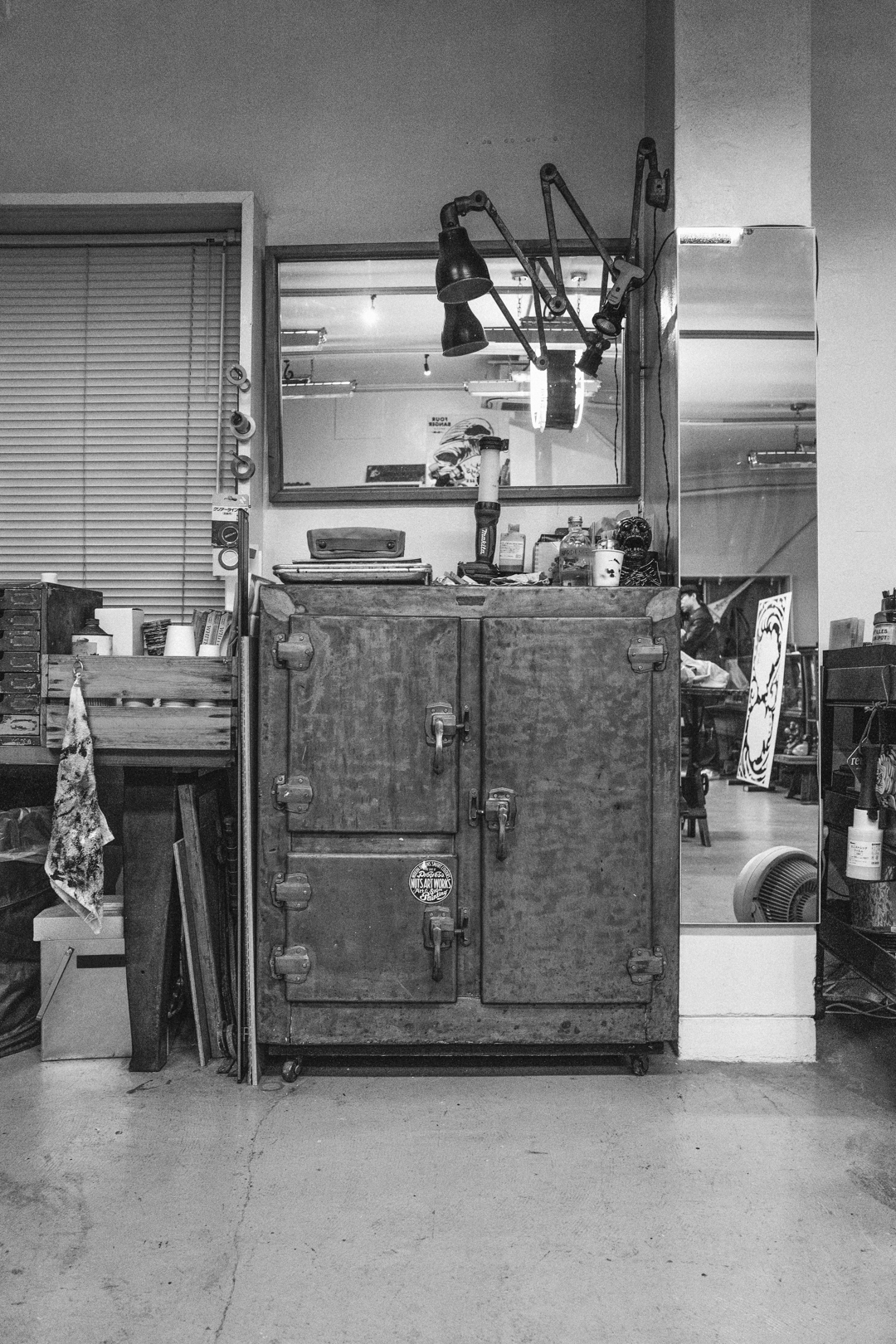
Seremetis is highly influenced by comic book art, animation cartoons, graffiti art of the 1980s, Greek mythology and contemporary masters. He is known for using the comic book popular pulp characters as typography in order to express a visual language in media such as paintings, collage, sculptures and films.


Seremetis is highly influenced by comic book art, animation cartoons, graffiti art of the 1980s, Greek mythology and contemporary masters. He is known for using the comic book popular pulp characters as typography in order to express a visual language in media such as paintings, collage, sculptures and films.
The new NUTS ART WORKS workshop is significantly bigger and was able to accommodate a larger collection of the artist's vintage work and provide a broader look into the artist's inner world.

Thanks for support: Osamu Onuma
Shooting Date: 19.10.2022
Shooting Date: 19.10.2022
Shooting location: SAITAMA, KAWAGUCHI
EMU & ERU HAMADARAKA
Emu & Eru Arizona is an Japanese artisanal painters.
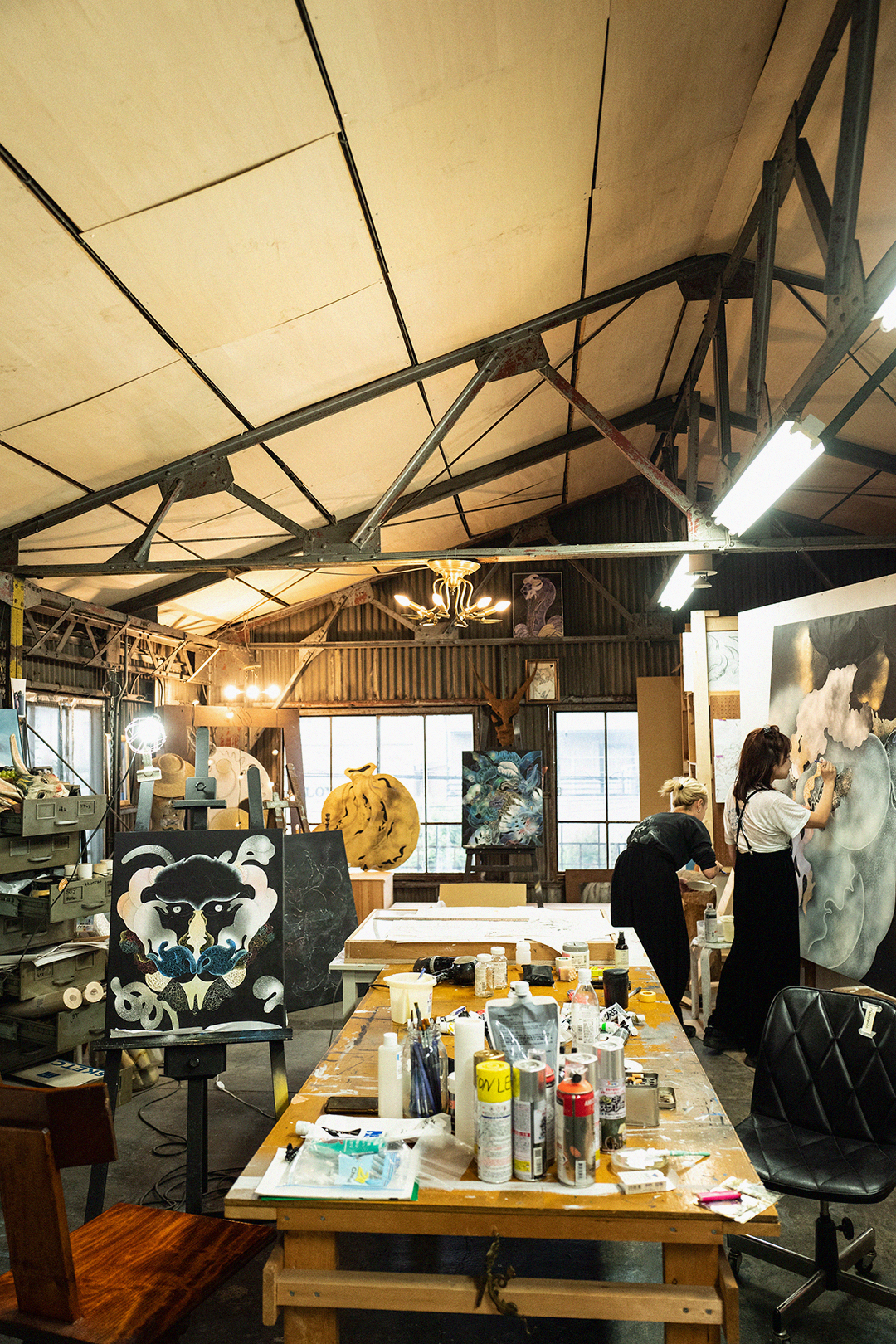
HAMADARAKA is more than an art duo.
Twin sisters Eru Arizono and Emu Arizono represent the whole realm between
the visible and the invisible, "a paradise created by the fusion of fictional beings
and time". By exchanging feelings, emotions and dreams, they paint fantastic creatures with a deep texture, in places similar
to old Japanese paintings.
Twin sisters Eru Arizono and Emu Arizono represent the whole realm between
the visible and the invisible, "a paradise created by the fusion of fictional beings
and time". By exchanging feelings, emotions and dreams, they paint fantastic creatures with a deep texture, in places similar
to old Japanese paintings.

HAMADARAKA is more than an art duo.
Twin sisters Eru Arizono and Emu Arizono represent the whole realm between the visible and the invisible, "a paradise created by the fusion of fictional beingsand time".
By exchanging feelings, emotions and dreams, they paint fantastic creatures with a deep texture, in places similar
to old Japanese paintings.
Twin sisters Eru Arizono and Emu Arizono represent the whole realm between the visible and the invisible, "a paradise created by the fusion of fictional beingsand time".
By exchanging feelings, emotions and dreams, they paint fantastic creatures with a deep texture, in places similar
to old Japanese paintings.


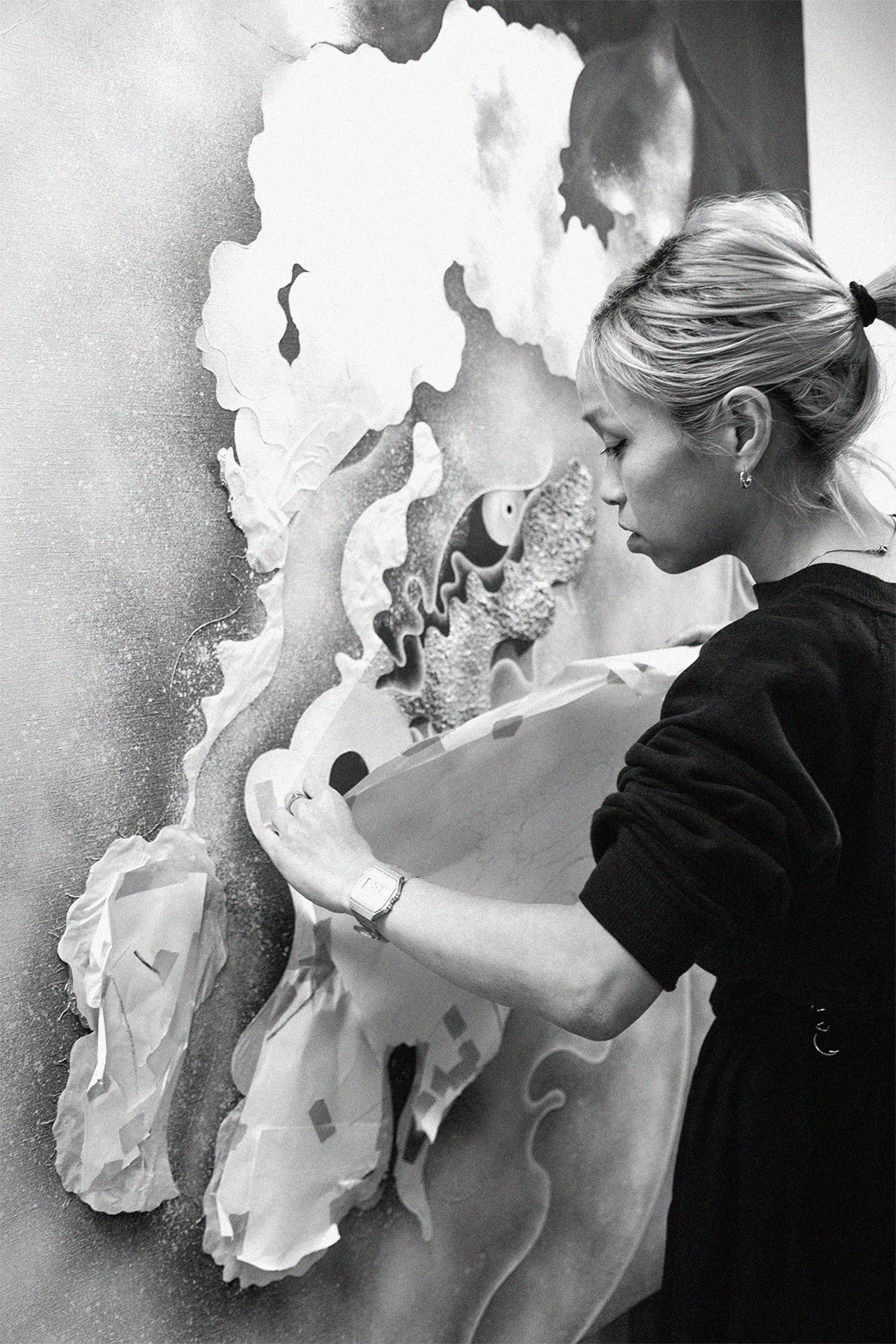
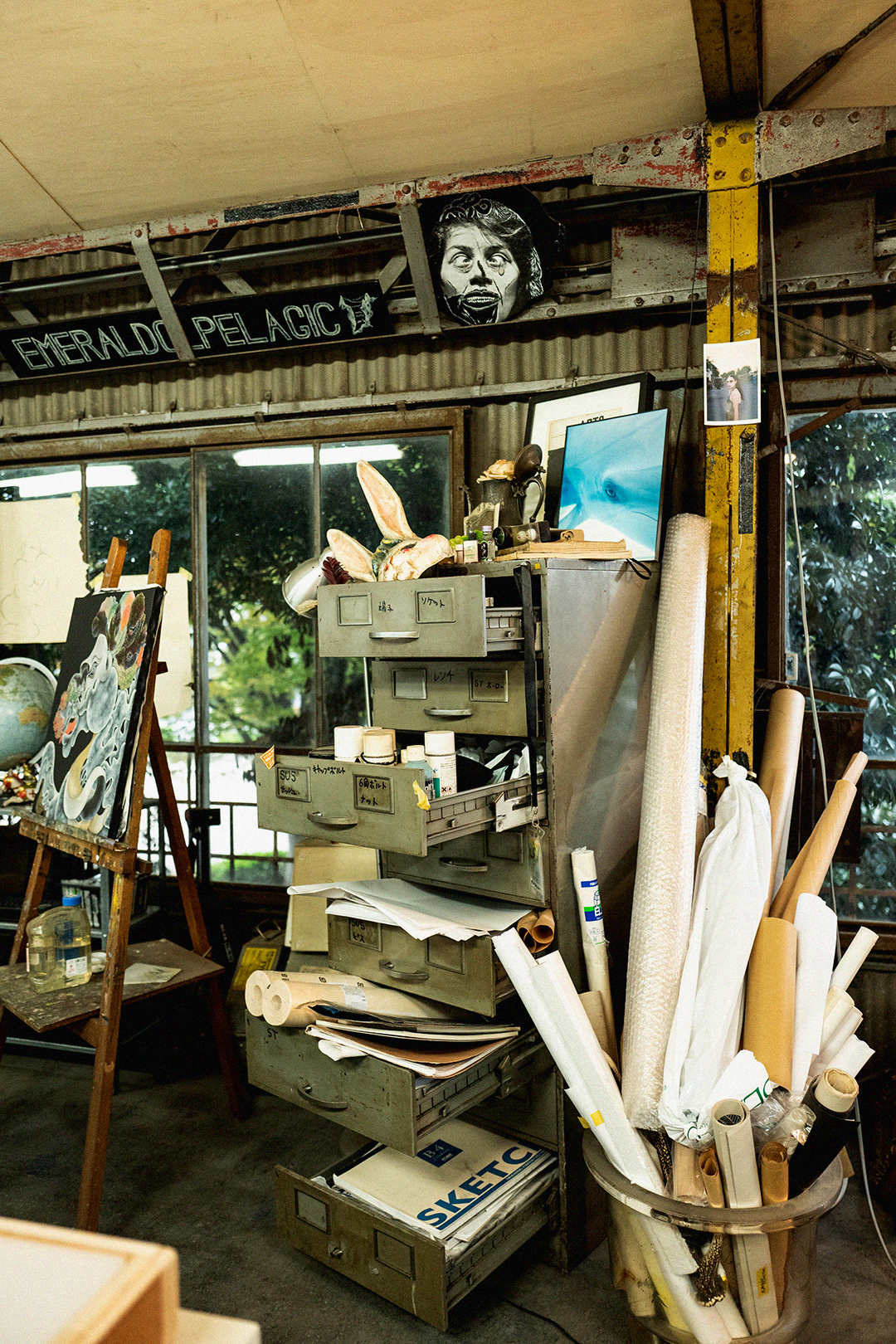
Seremetis is highly influenced by comic book art, animation cartoons, graffiti art of the 1980s, Greek mythology and contemporary masters. He is known for using the comic book popular pulp characters as typography in order to express a visual language in media such as paintings, collage, sculptures and films.


Seremetis is highly influenced by comic book art, animation cartoons, graffiti art of the 1980s, Greek mythology and contemporary masters. He is known for using the comic book popular pulp characters as typography in order to express a visual language in media such as paintings, collage, sculptures and films.
On my last day in Tokyo, I went to the sisters' workshop, which is located near the Kawaguchi station. When I entered the workshop, I was greeted by some of the happiest Japanese women I had seen in my many years of traveling to Japan. They are doing their favorite work, sometimes argue, but still understand that they can't be without each other and continue to perfect their skills and practice working with alternative materials.

HAMADARAKA is more than an art duo.
Twin sisters Eru Arizono and Emu Arizono represent the whole realm between
the visible and the invisible, "a paradise created by the fusion of fictional beings
and time". By exchanging feelings, emotions and dreams, they paint fantastic creatures with a deep texture, in places similar
to old Japanese paintings.
Twin sisters Eru Arizono and Emu Arizono represent the whole realm between
the visible and the invisible, "a paradise created by the fusion of fictional beings
and time". By exchanging feelings, emotions and dreams, they paint fantastic creatures with a deep texture, in places similar
to old Japanese paintings.
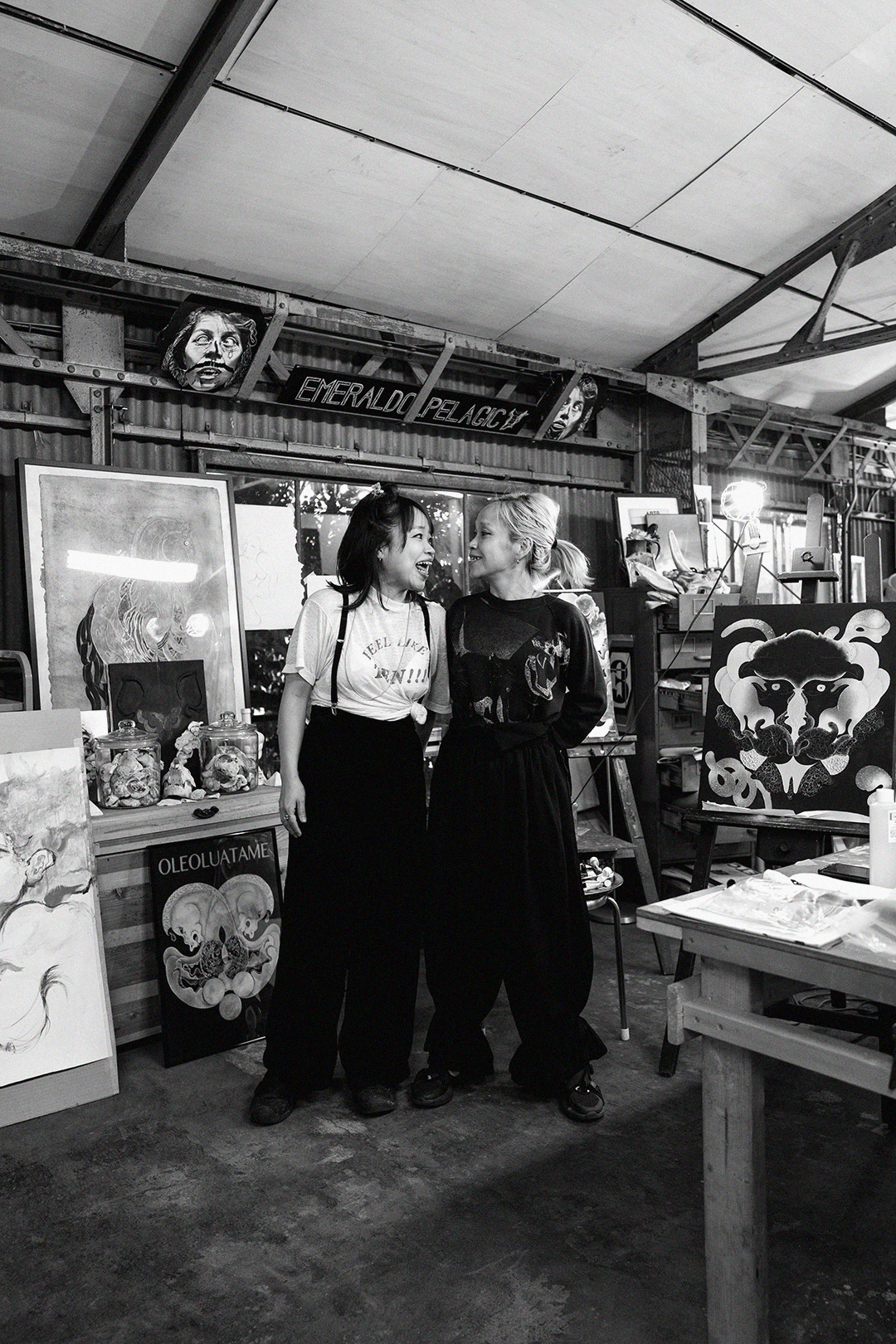
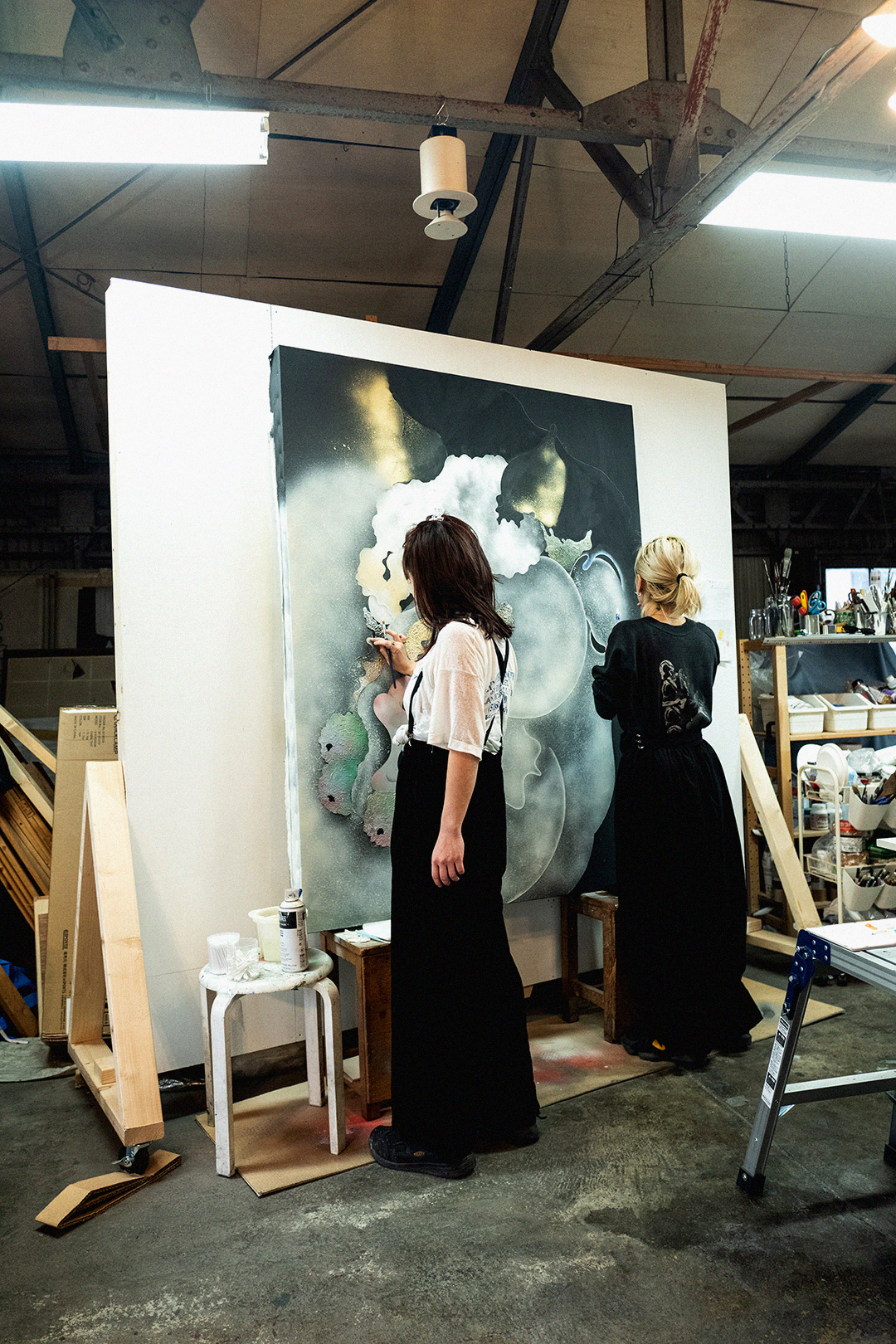
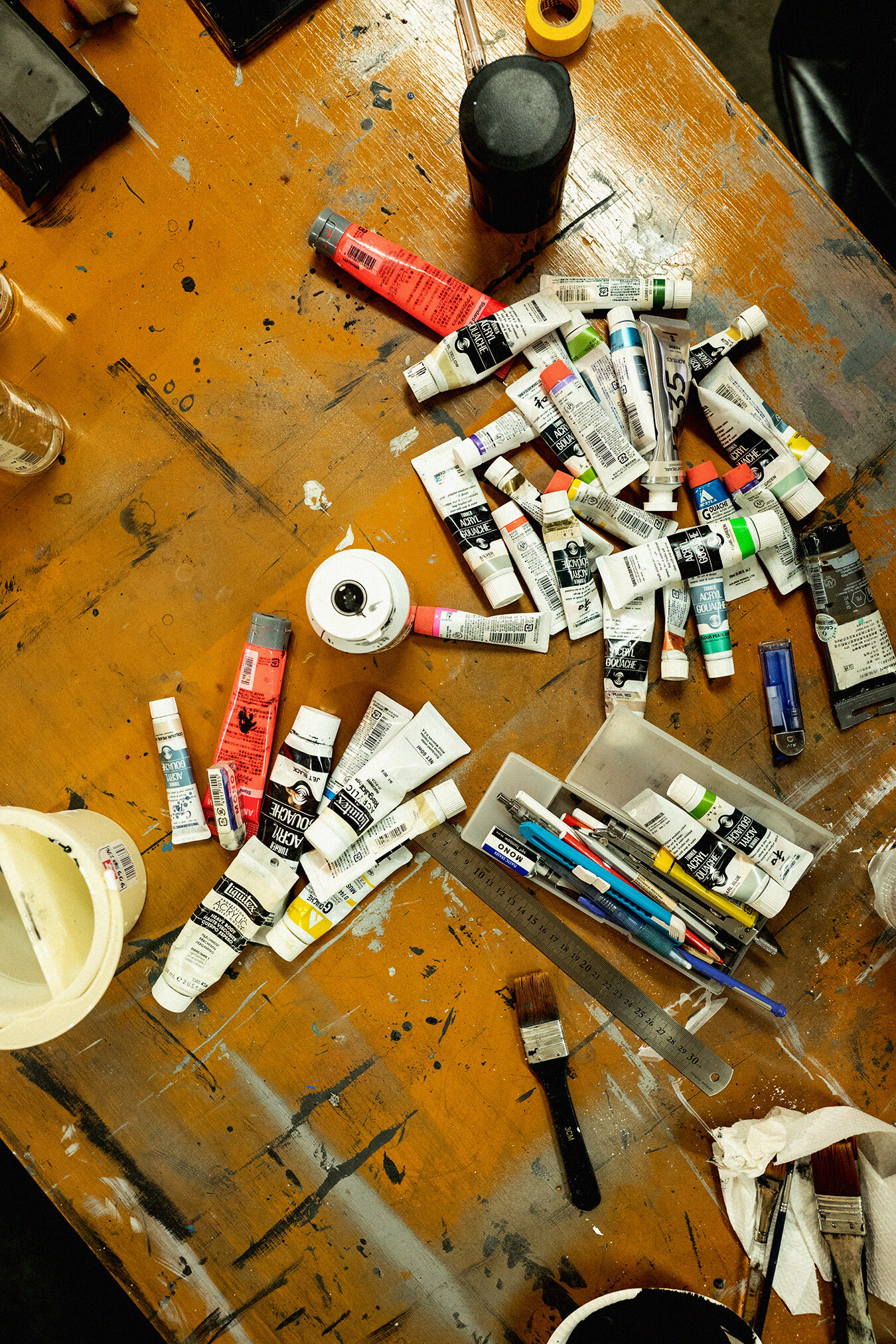
Thanks for support: GRADE
Shooting Date: 22.10.2022
Shooting Date: 22.10.2022
Shooting location: USA, HUDSON
KOSTAS SEREMETIS
(born in1972) is an American painter, sculptor and filmmaker.
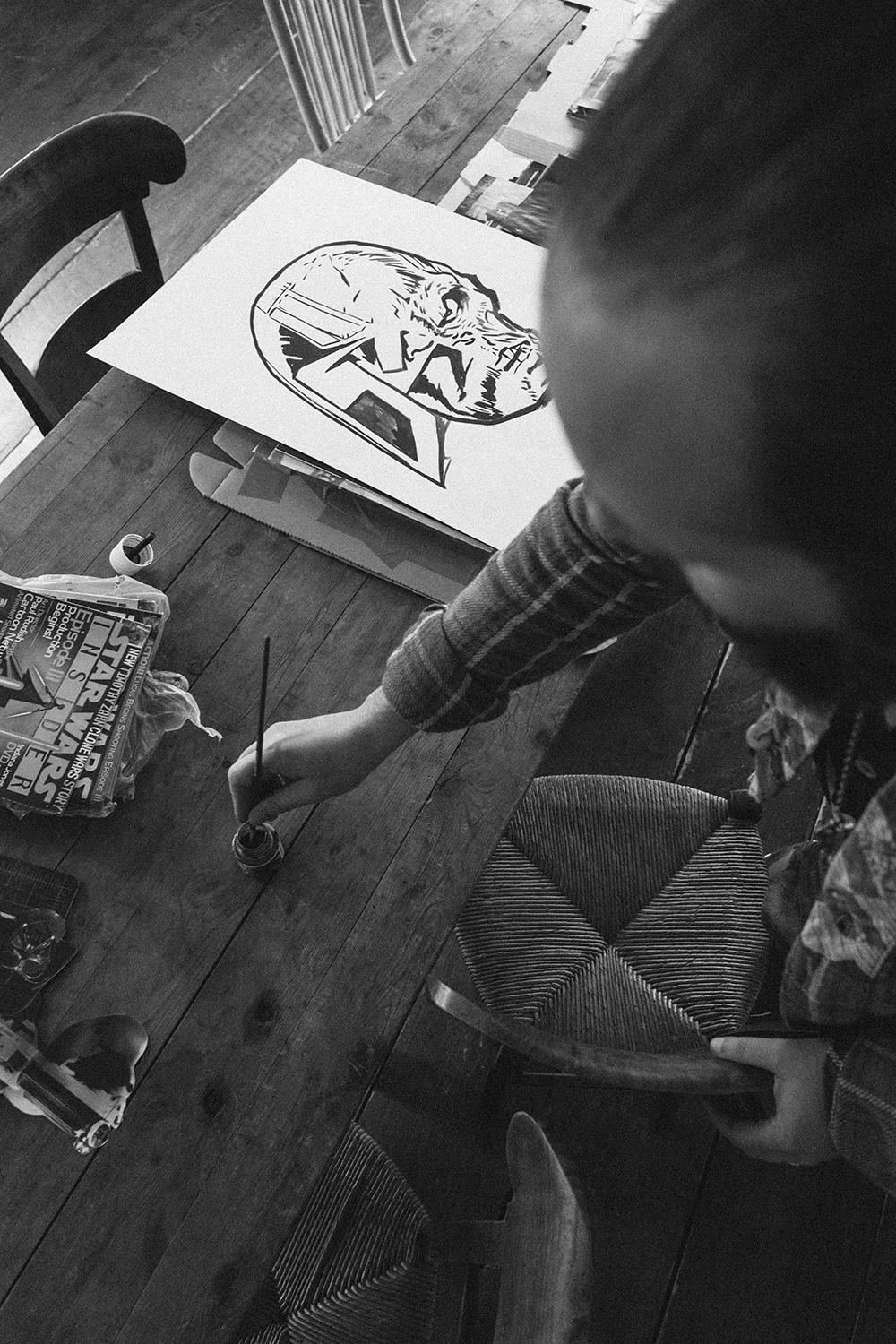
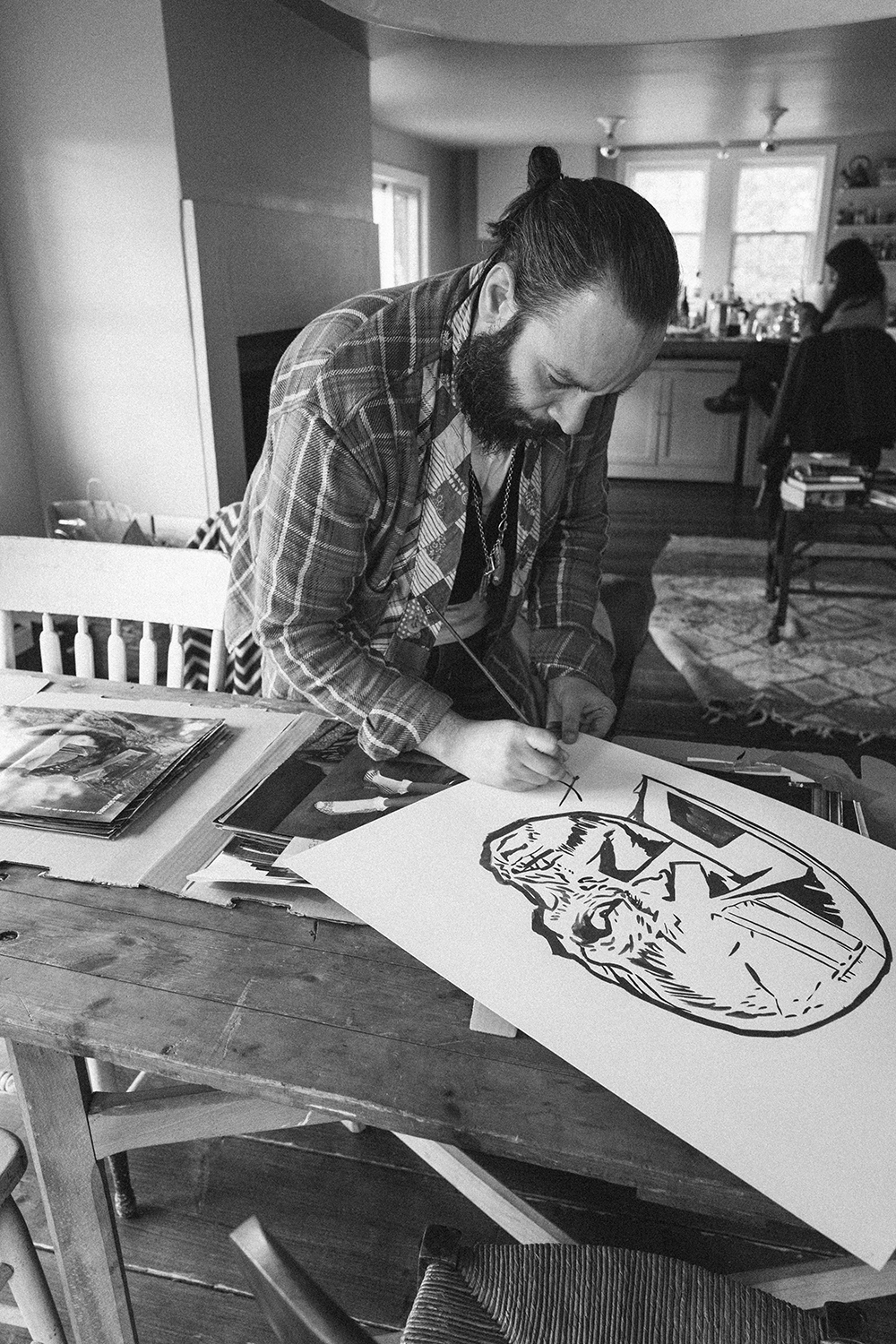
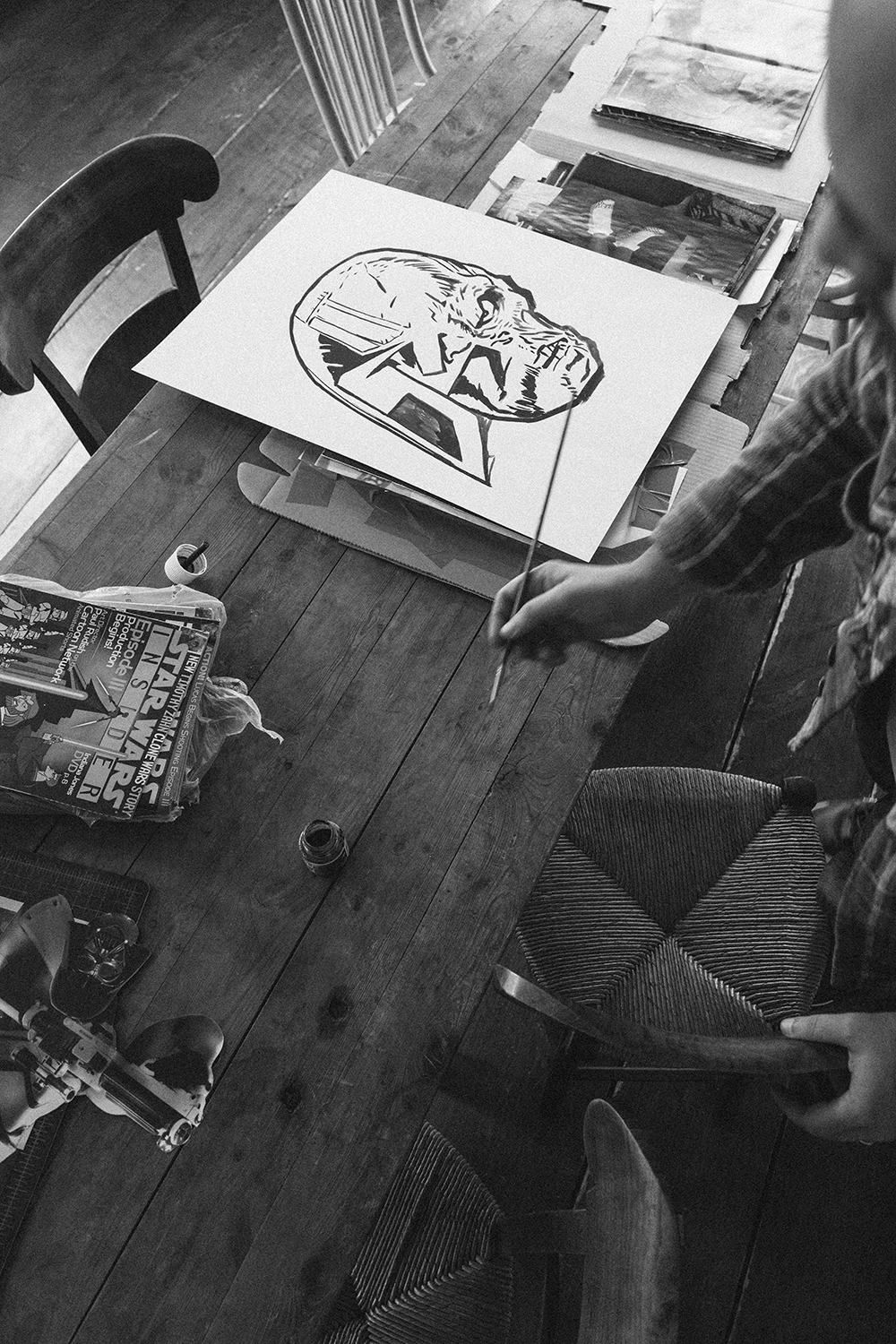
Seremetis is highly influenced
by comic book art, animation cartoons, graffiti art of the 1980s, Greek mythology and contemporary masters.
He is known for using the comic book popular pulp characters
as typography in order to express a visual language in media such as paintings, collage, sculptures
and films.
by comic book art, animation cartoons, graffiti art of the 1980s, Greek mythology and contemporary masters.
He is known for using the comic book popular pulp characters
as typography in order to express a visual language in media such as paintings, collage, sculptures
and films.



Seremetis is highly influenced
by comic book art, animation cartoons, graffiti art of the 1980s, Greek mythology and contemporary masters.
He is known for using the comic book popular pulp characters
as typography in order to express a visual language in media such as paintings, collage, sculptures
and films.
by comic book art, animation cartoons, graffiti art of the 1980s, Greek mythology and contemporary masters.
He is known for using the comic book popular pulp characters
as typography in order to express a visual language in media such as paintings, collage, sculptures
and films.
On February 27, 2017 - I visited the home studio of Kostas Seremetis in Hudson, New York. The artist showed what he has been working on recently and said that many of his works, although they look like collaging and processing existing pop symbols, at the same time have a very deep inner explanation.

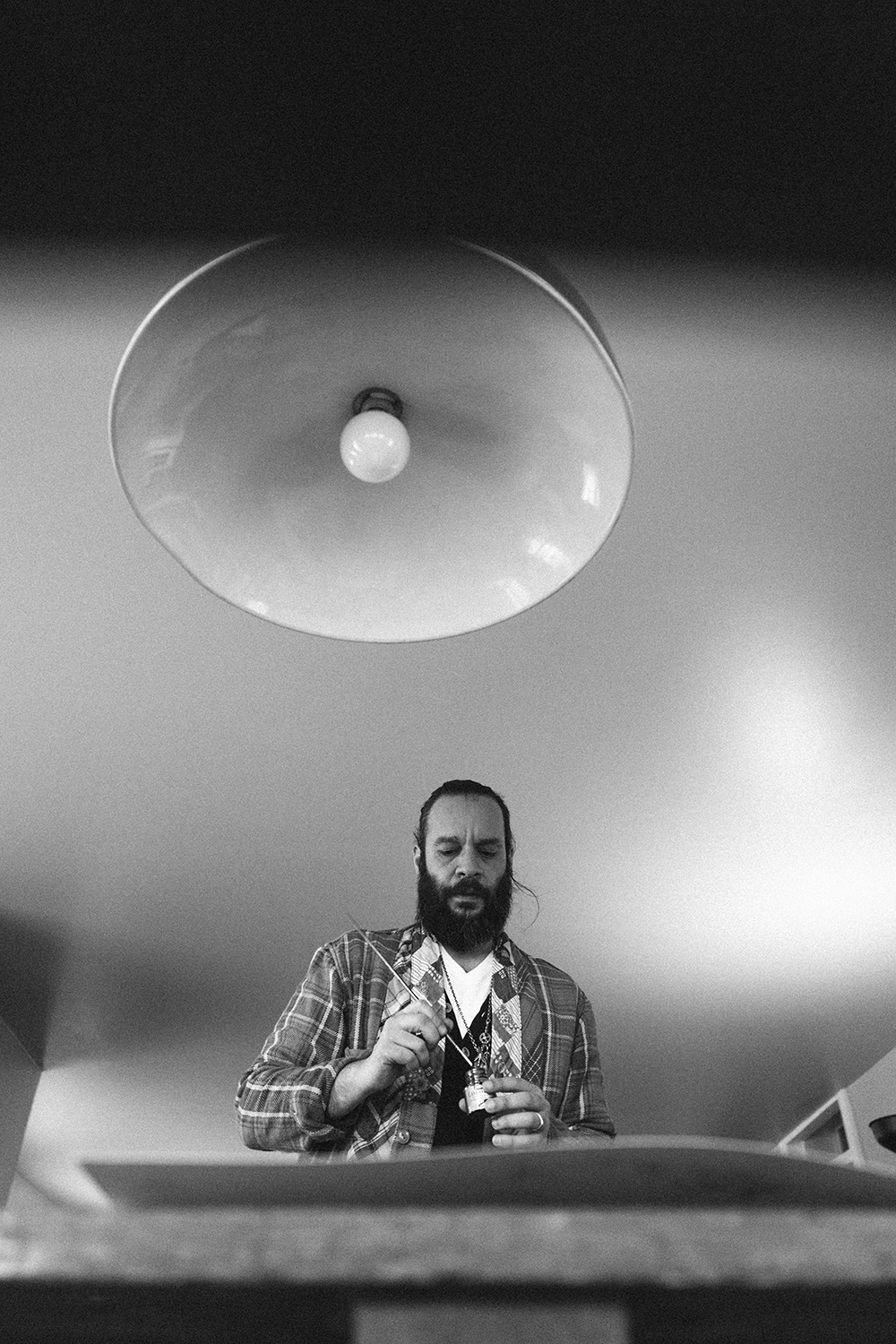
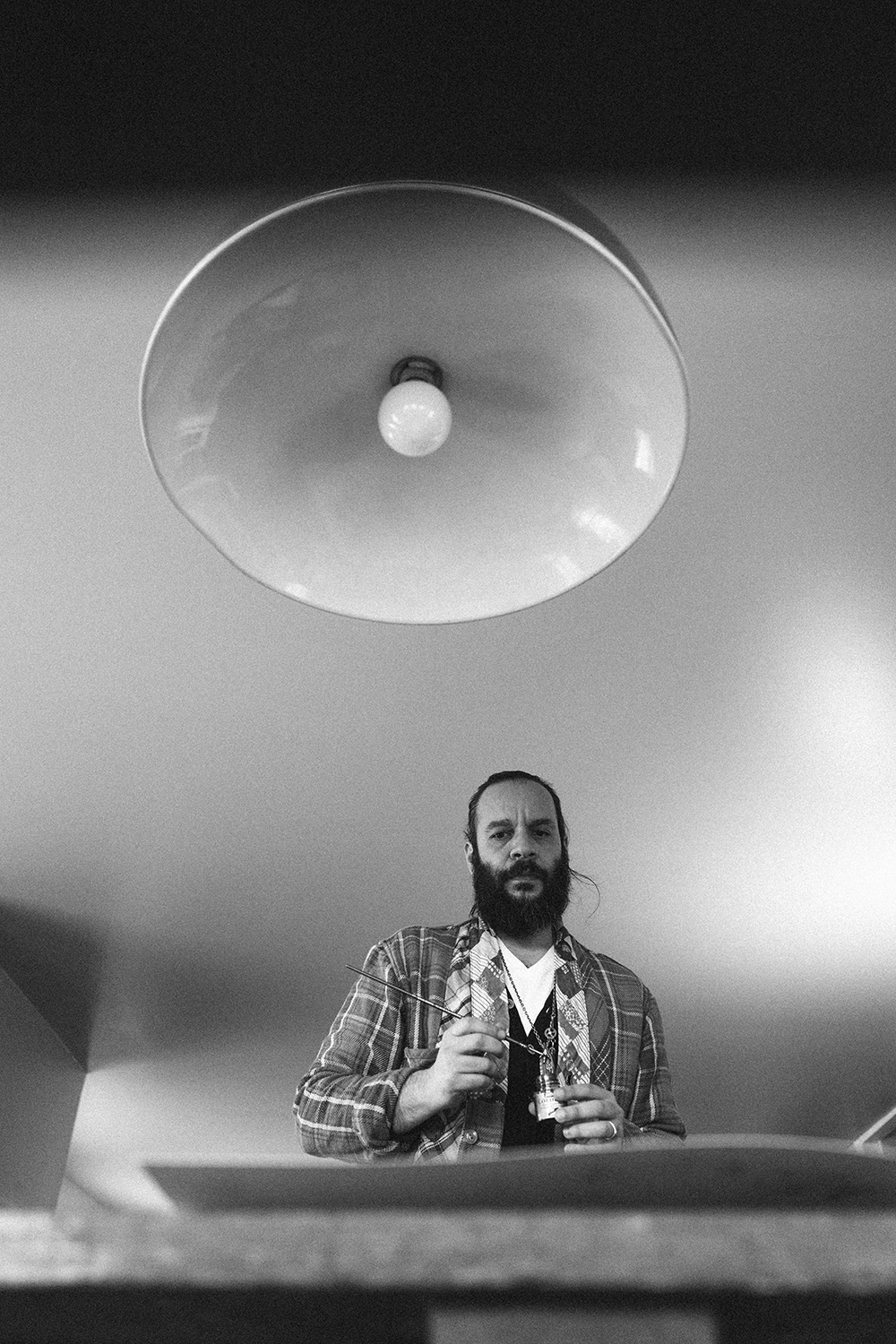
One of Kostas main mentors was Ronnie Cultrone, an American artist and curator who was Andy Warhol's assistant for a long time.
One of Ronnie's favorite characters was Woody Woodpecker, and in this photo Kostas wanted to show how his teacher taught him art.
One of Ronnie's favorite characters was Woody Woodpecker, and in this photo Kostas wanted to show how his teacher taught him art.


Seremetis is highly influenced by comic book art, animation cartoons, graffiti art of the 1980s, Greek mythology and contemporary masters. He is known for using the comic book popular pulp characters as typography in order to express a visual language in media such as paintings, collage, sculptures and films.
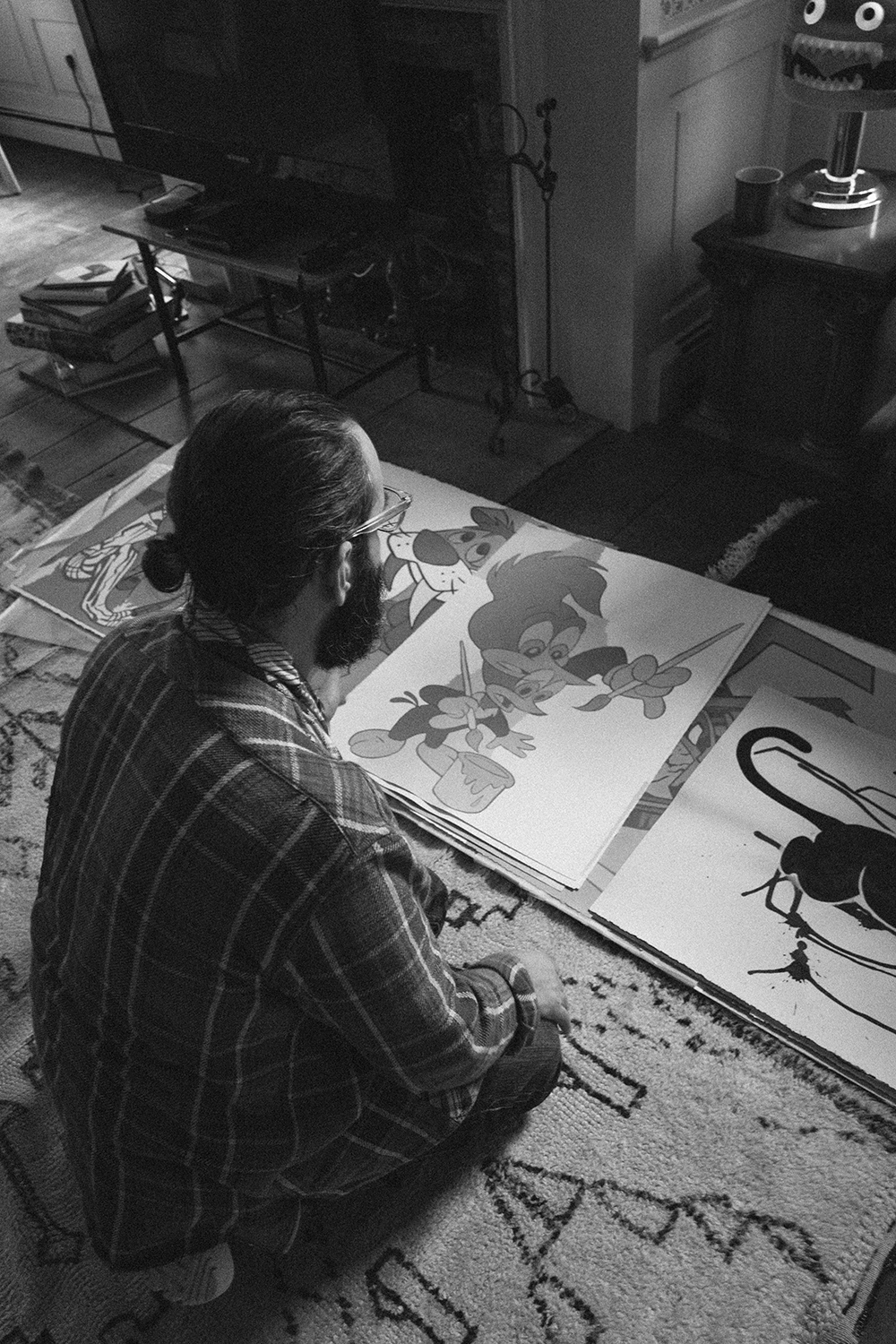
One of Kostas main mentors was Ronnie Cultrone, an American artist and curator who was Andy Warhol's assistant for a long time.
One of Ronnie's favorite characters was Woody Woodpecker, and in this photo Kostas wanted to show how his teacher taught him art.
One of Ronnie's favorite characters was Woody Woodpecker, and in this photo Kostas wanted to show how his teacher taught him art.

One of Kostas main mentors was Ronnie Cultrone, an American artist and curator who was Andy Warhol's assistant
for a long time.
One of Ronnie's favorite characters was Woody Woodpecker, and in this photo Kostas wanted to show how his teacher taught him art.
for a long time.
One of Ronnie's favorite characters was Woody Woodpecker, and in this photo Kostas wanted to show how his teacher taught him art.


Shooting Date: 22.02.2017
Shooting location: USA, NEW YORK
ERIC HAZE
(born in 1961) is an American artist, graphic designer and art director.


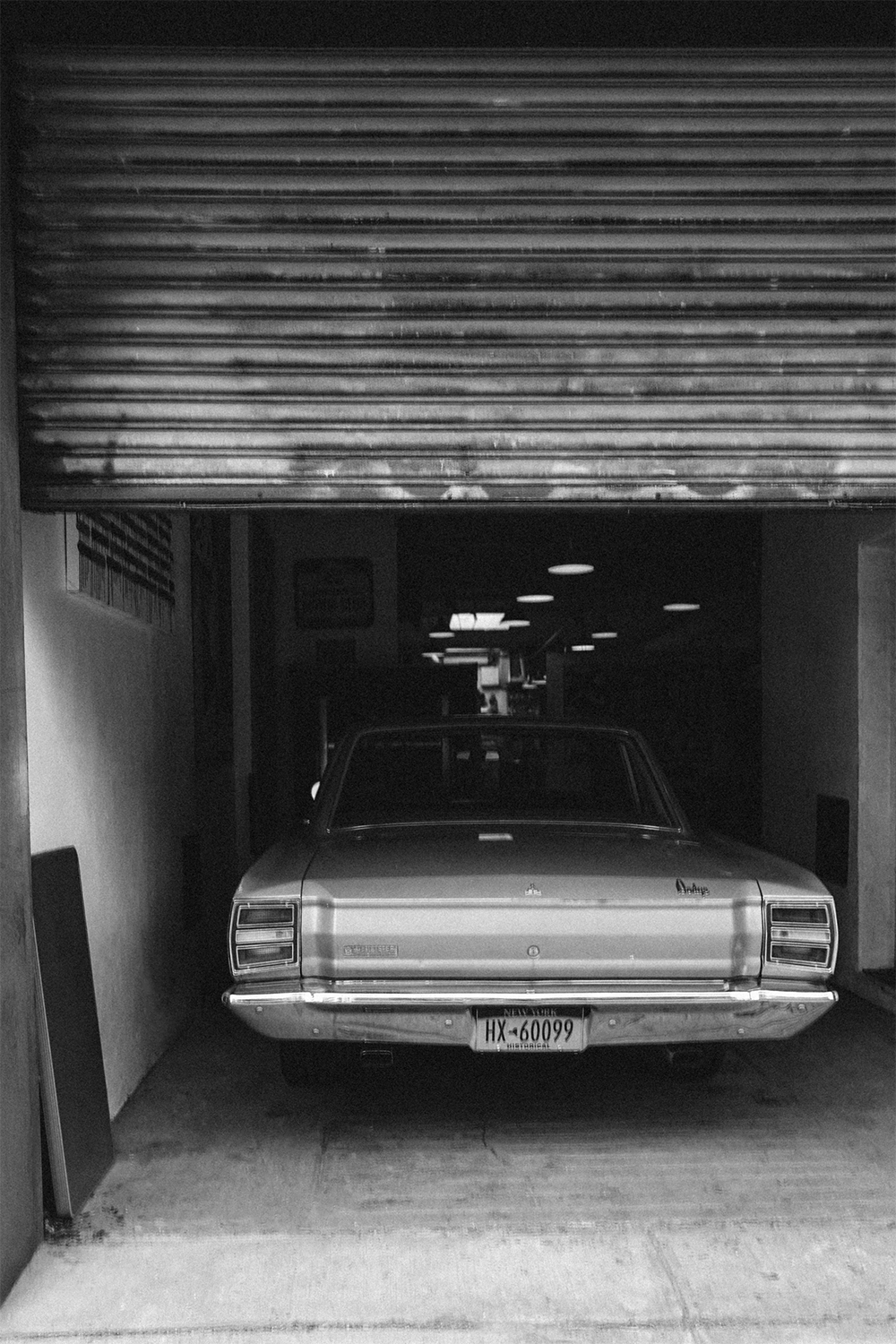
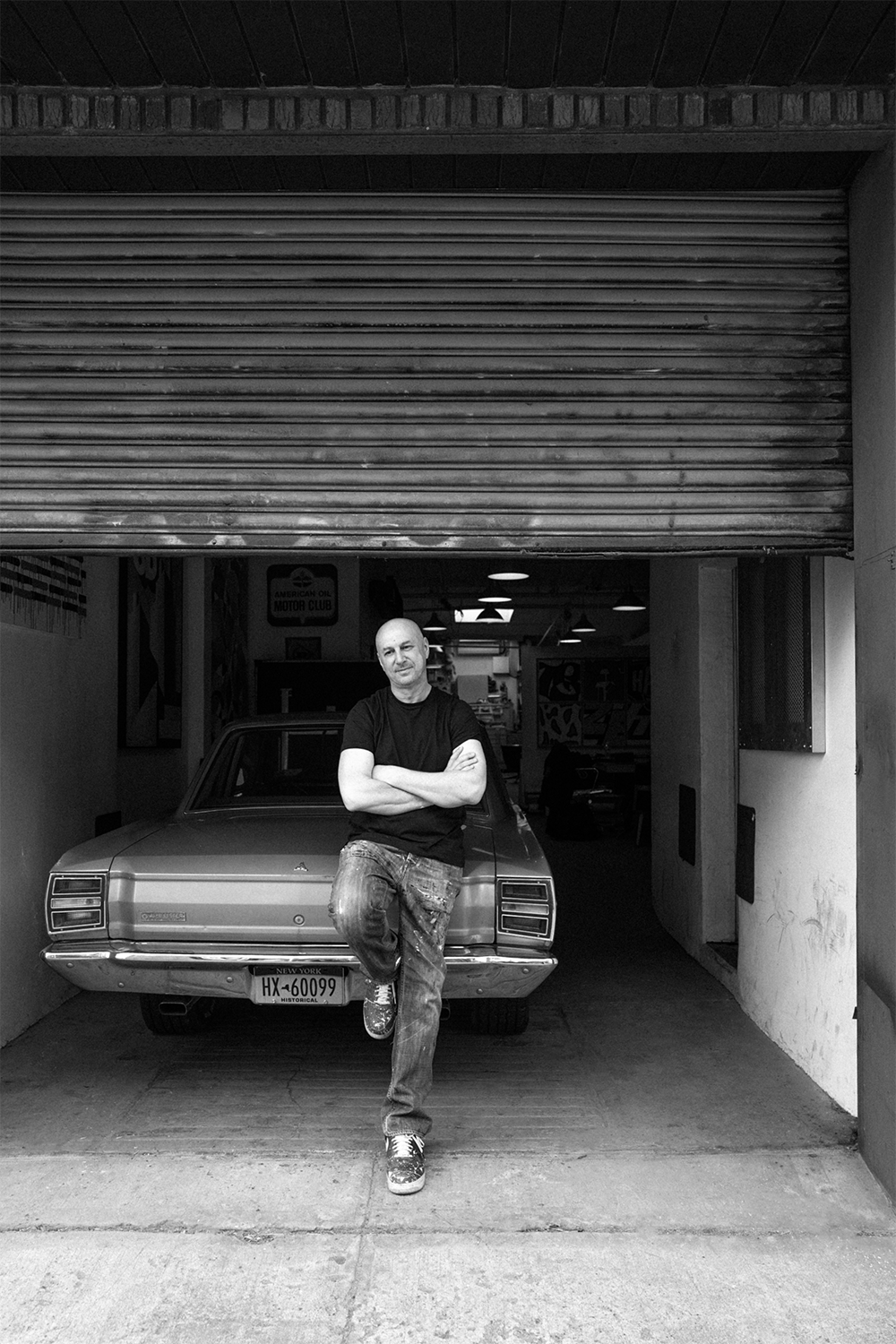


Haze was one of the original pioneers
to bring graffiti above ground into
the mainstream and the first graffiti artist
to brand his tag as a logo, creating one
of the first street wear clothing companies
to rise out of the hip hop era.
to bring graffiti above ground into
the mainstream and the first graffiti artist
to brand his tag as a logo, creating one
of the first street wear clothing companies
to rise out of the hip hop era.
In 1986, he set up a design studio and due
to his unique positioning of coming out
of the hip-hop era, began establishing clientele and relationships within that market and community. He has created logos, album covers and identity design for clients including the Beastie Boys, Tommy Boy Records, LL Cool J and EPMD
to his unique positioning of coming out
of the hip-hop era, began establishing clientele and relationships within that market and community. He has created logos, album covers and identity design for clients including the Beastie Boys, Tommy Boy Records, LL Cool J and EPMD
In 1986, he set up a design studio and due to his unique positioning of coming out of the hip-hop era, began establishing clientele and relationships within that market and community. He has created logos, album covers and identity design for clients including the Beastie Boys, Tommy Boy Records, LL Cool J and EPMD
Haze was one of the original pioneers to bring graffiti above ground into
the mainstream and the first graffiti artist to brand his tag as a logo, creating one of the first street wear clothing companies to rise out
of the hip hop era.
the mainstream and the first graffiti artist to brand his tag as a logo, creating one of the first street wear clothing companies to rise out
of the hip hop era.

Thanks for support: Dimitry Oskes
Shooting Days: 27.02.2017
Shooting Days: 27.02.2017
Shooting location: USA, NEW YORK
FUTURA
Leonard Hilton McGurr (born in 1955) is is an American artist and graphic designer.

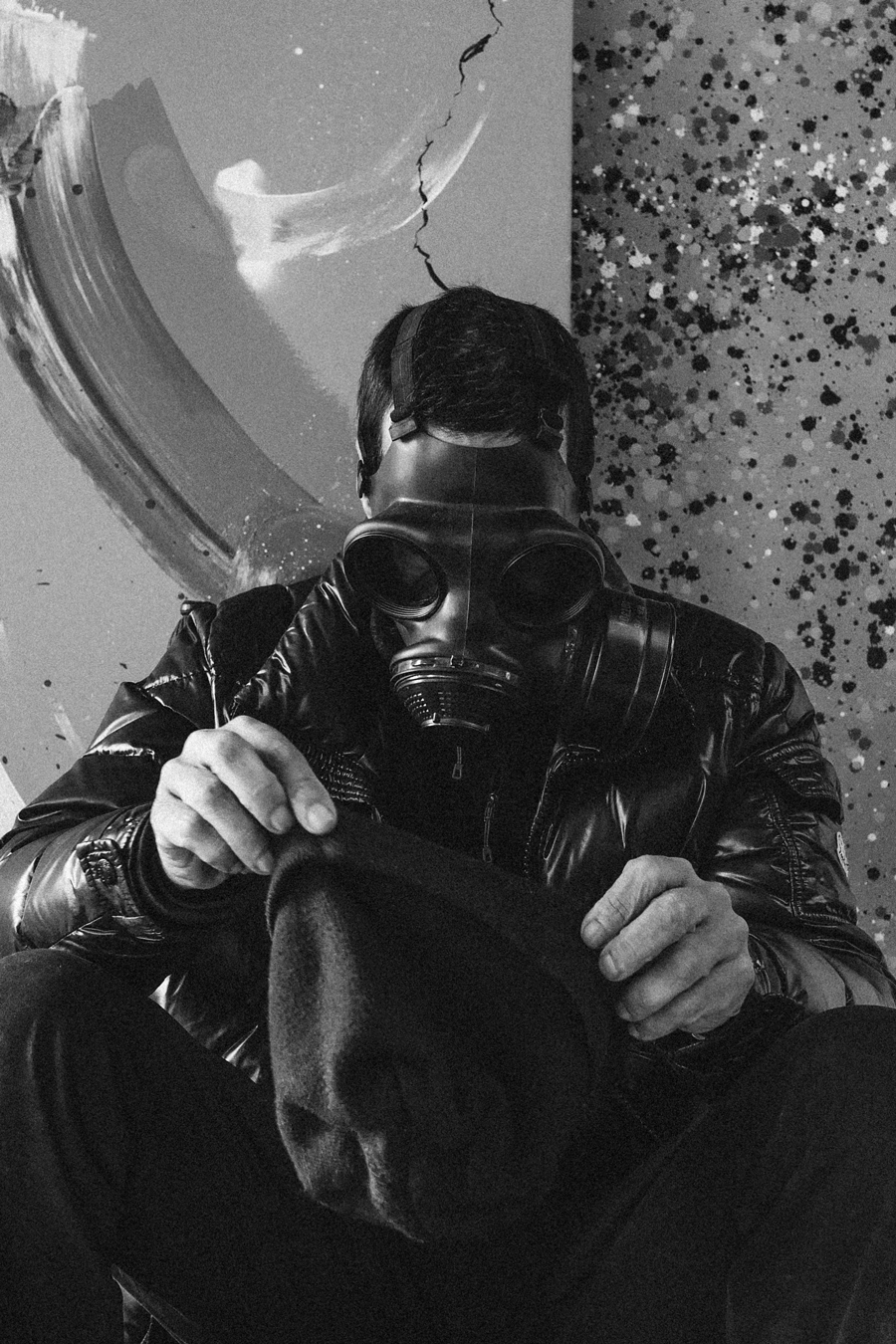
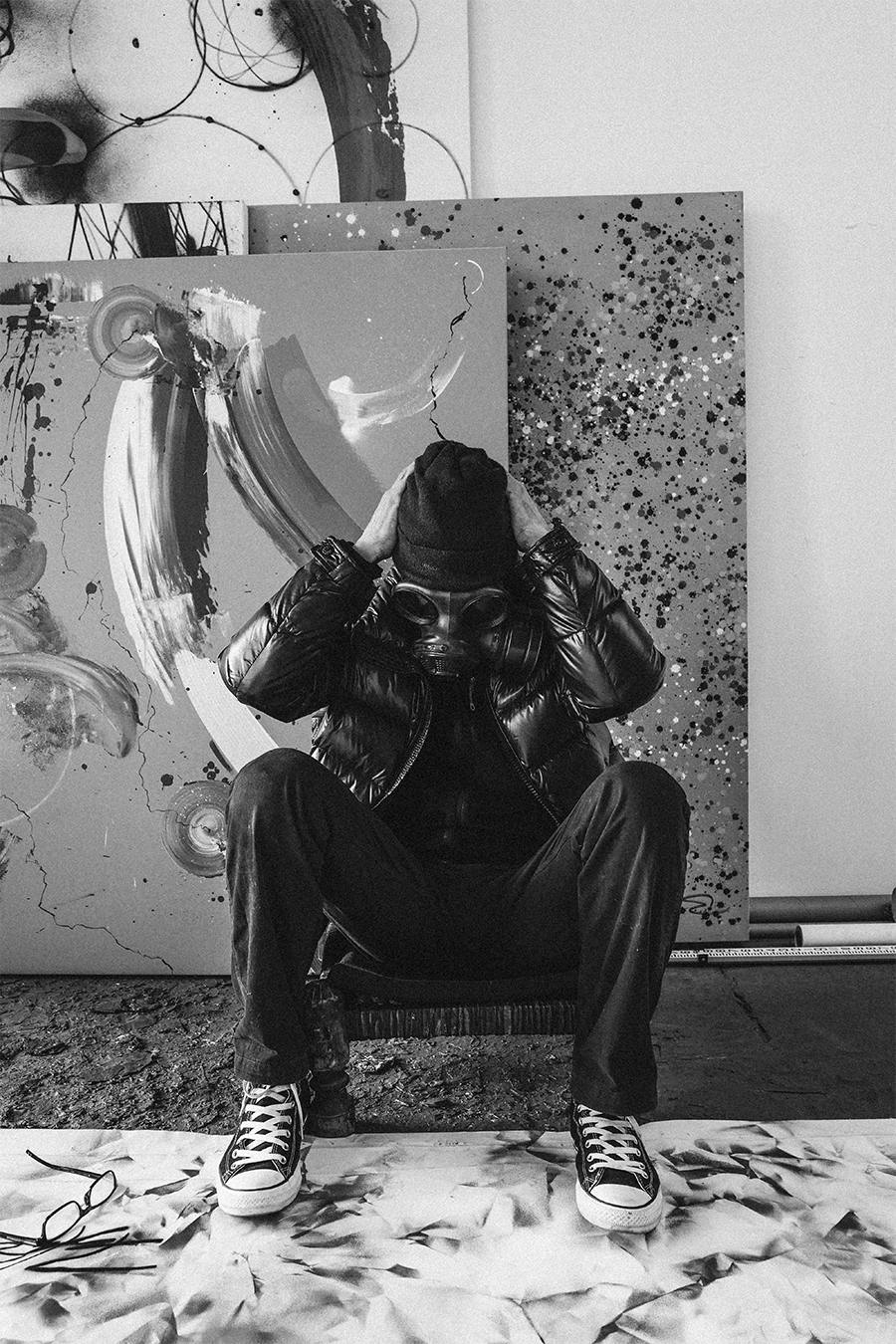
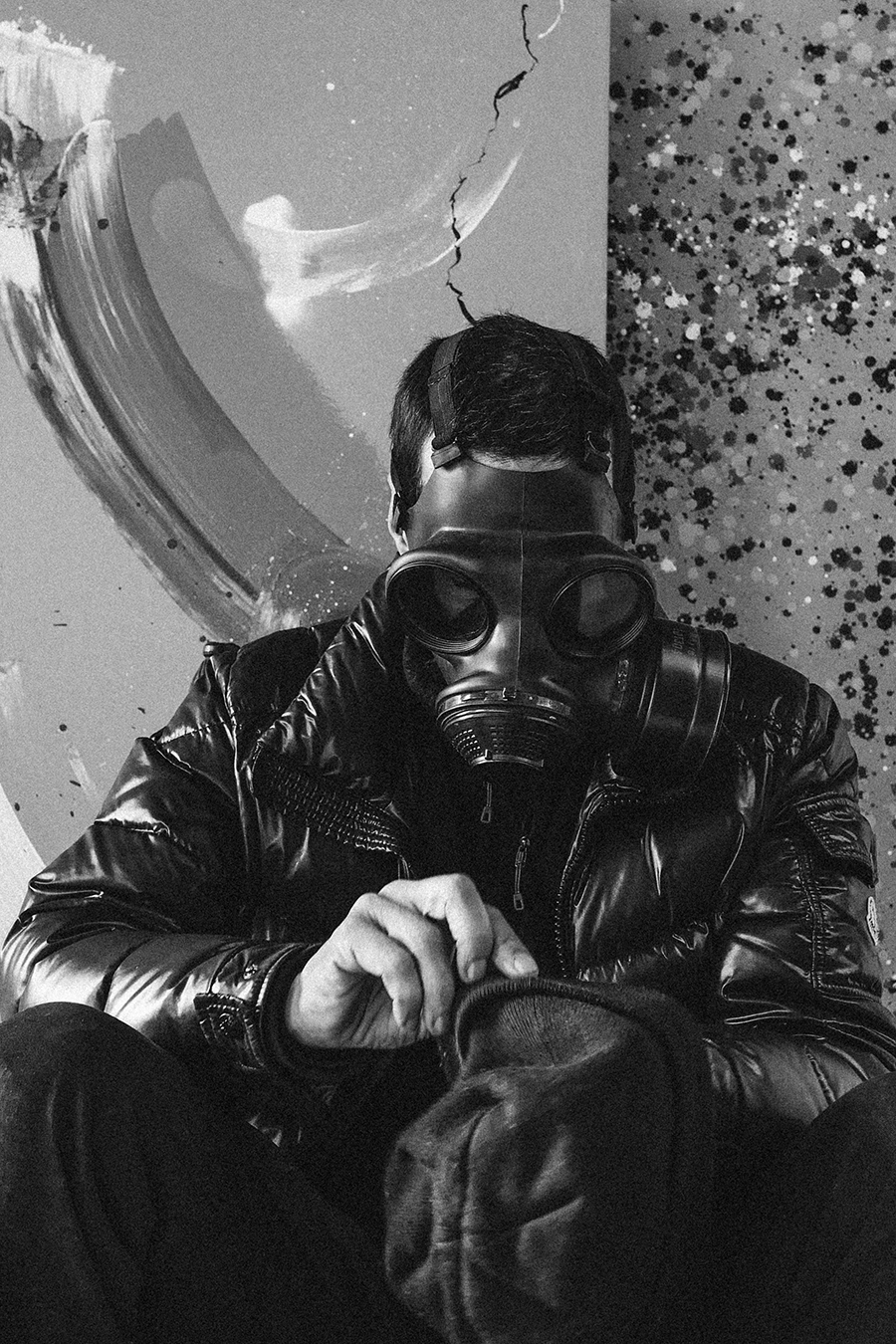
FUTURA's unique style was formed in the New York underground scene in the late 1970's and early 1980's, when street subcultures, experimental punk rock, hip-hop intersected with contemporary art and fashion communities. Through his works, FUTURA explores the boundaries of textand abstraction, bringing into play a range of unique methods and media.



FUTURA's unique style was formed
in the New York underground scene
in the late 1970's and early 1980's,
when street subcultures, experimental punk rock, hip-hop intersected with contemporary art and fashion communities.
Through his works, FUTURA explores
the boundaries of textand abstraction, bringing into play a range of unique methods and media.
in the New York underground scene
in the late 1970's and early 1980's,
when street subcultures, experimental punk rock, hip-hop intersected with contemporary art and fashion communities.
Through his works, FUTURA explores
the boundaries of textand abstraction, bringing into play a range of unique methods and media.
One of the most distinctive features of Futura's work is his abstract approach to graffiti. While the primary focus, during the 1980s, of the majority of graffiti artists was lettering, Futura pioneered abstract street art, which has since become more popular. Conversely, his aerosol strokes are regarded as different from those of his peers, as they are as thin as the fine lines usually associated with the use of an airbrush.
Leonard McGurr, known as FUTURA, is the founder of abstract expressionism and one of those art people who was able to influence many generations of artists and graffiti writers with his unusual style throughout his career and create completely different ways of broadcasting his style together with museum institutions and brands. In 2017, we managed to visit the artist's new studio and talk about how he sees the future.

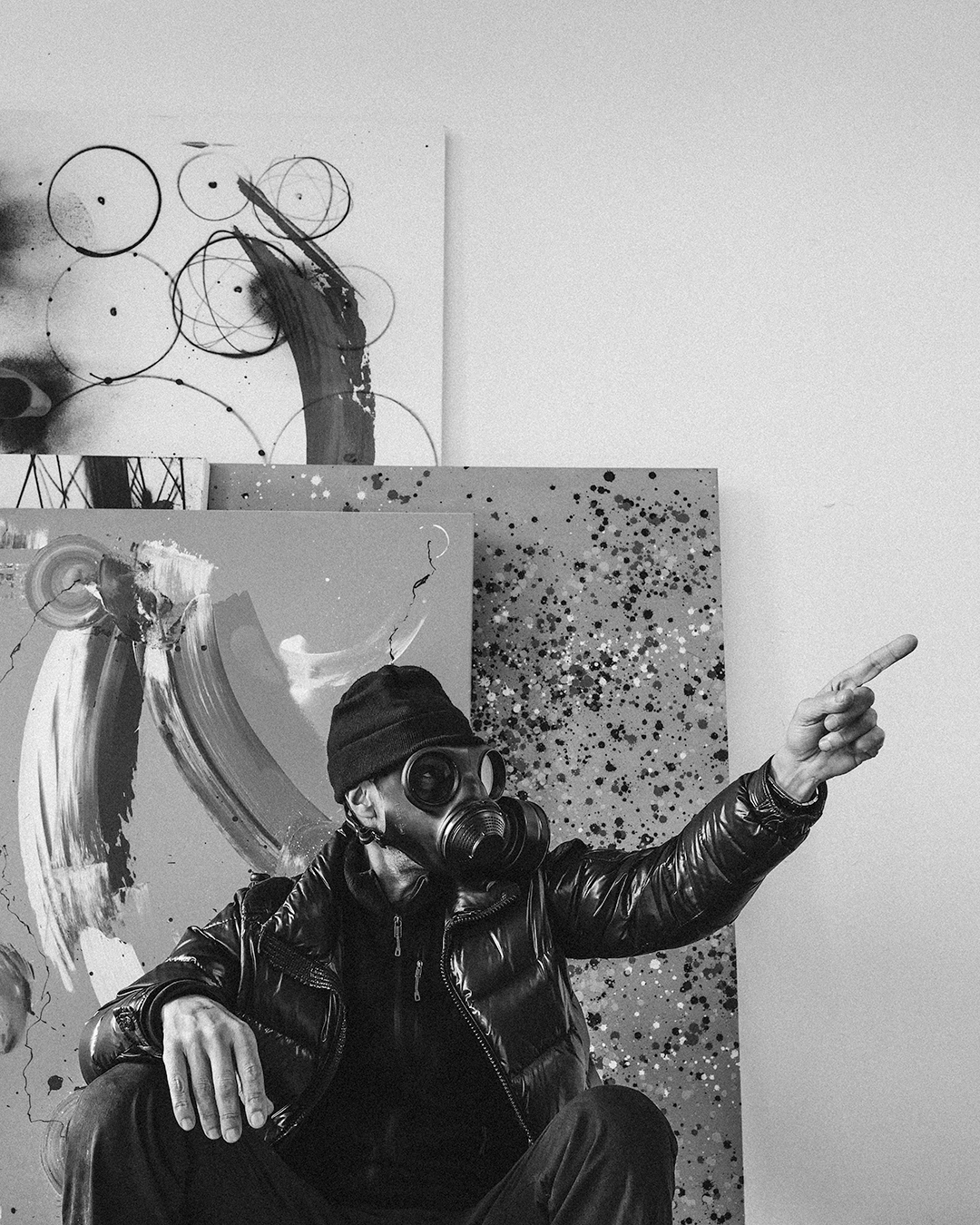

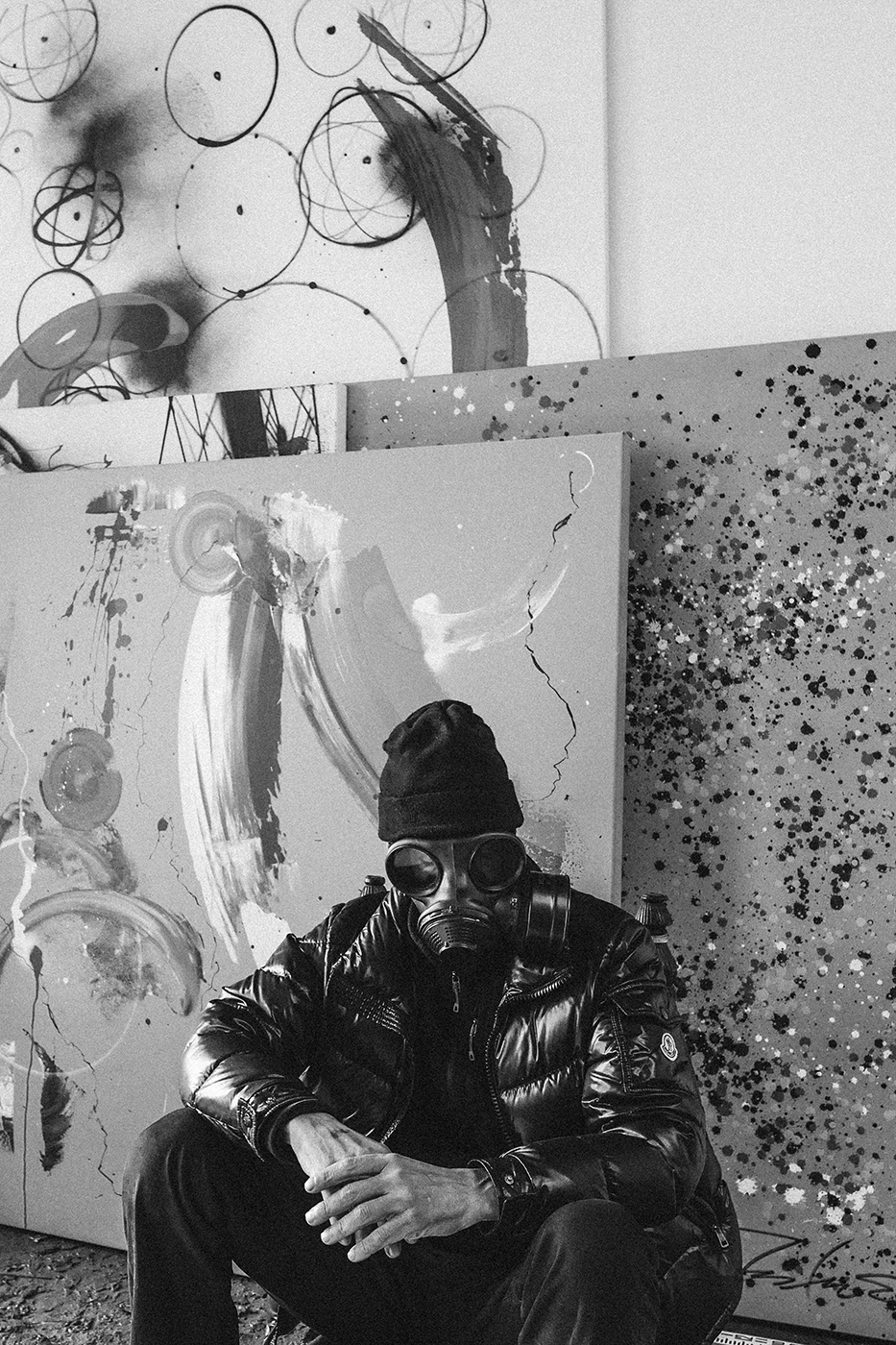
One of the most distinctive features of Futura's work is his abstract approach to graffiti. While the primary focus, during the 1980s, of the majority of graffiti artists was lettering, Futura pioneered abstract street art, which has since become more popular. Conversely, his aerosol strokes are regarded as different from those of his peers, as they are as thin as the fine lines usually associated with the use of an airbrush.

One of the most distinctive features of Futura's work is his abstract approach to graffiti. While the primary focus, during the 1980s, of the majority of graffiti artists was lettering, Futura pioneered abstract street art, which has since become more popular. Conversely, his aerosol strokes are regarded as different from those of his peers, as they are as thin as the fine lines usually associated with the use of an airbrush.

Thanks for support: Julzzz
Shooting Day: 30.02.2017
Shooting Day: 30.02.2017
Shooting location: USA, NEW YORK
STASH
Josh Franklin (born in 1967) is an American graffiti artist and graphic designer.
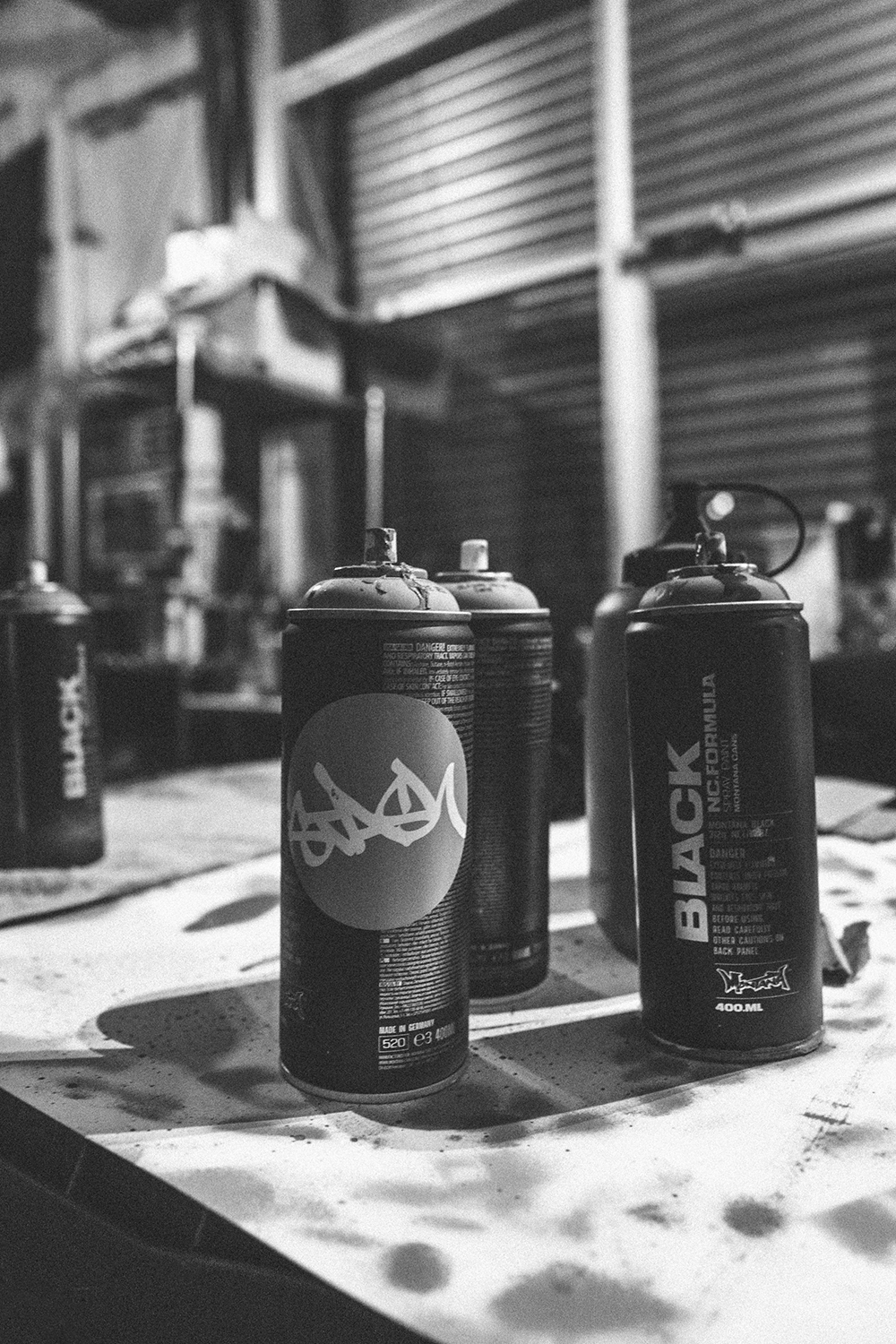
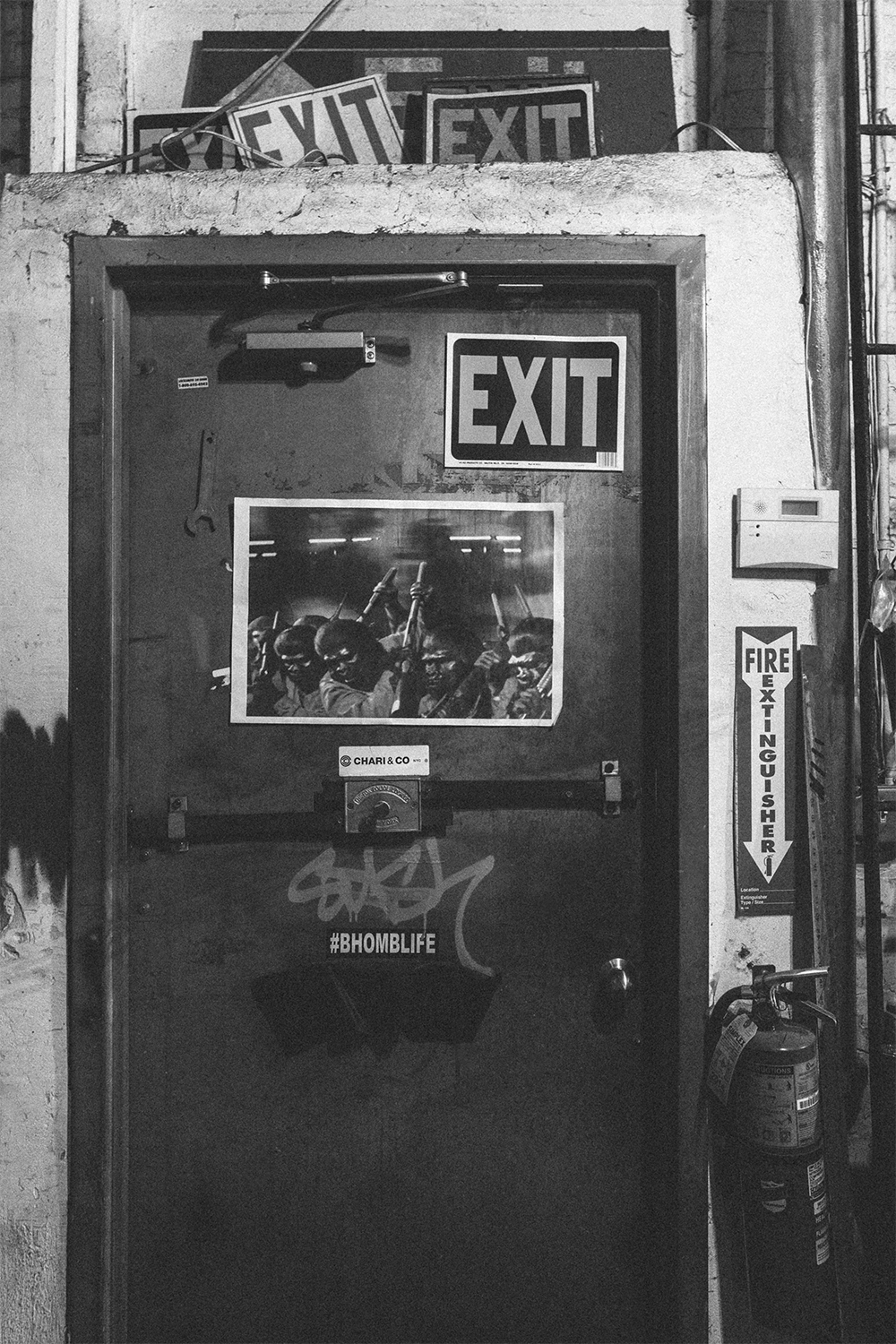
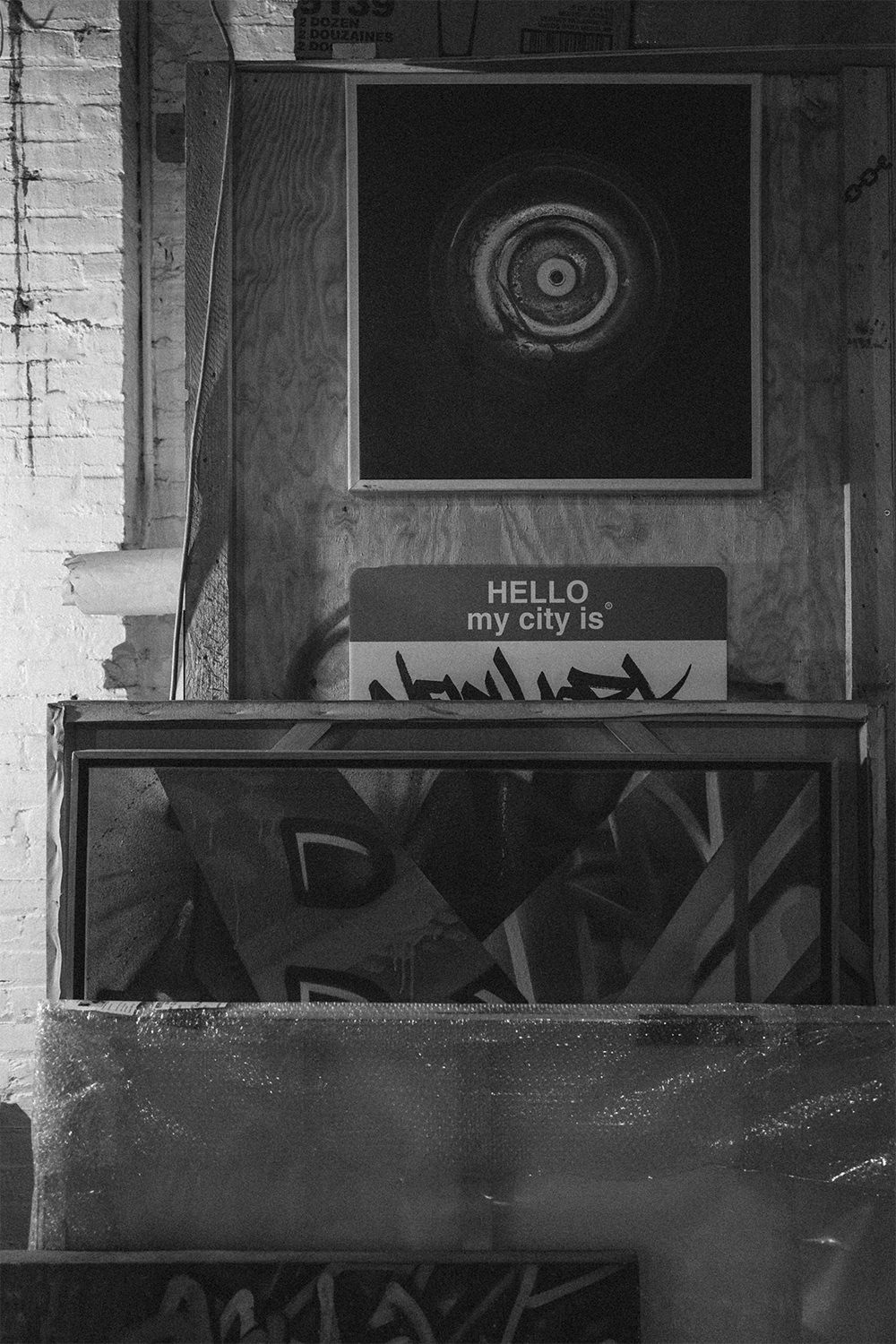
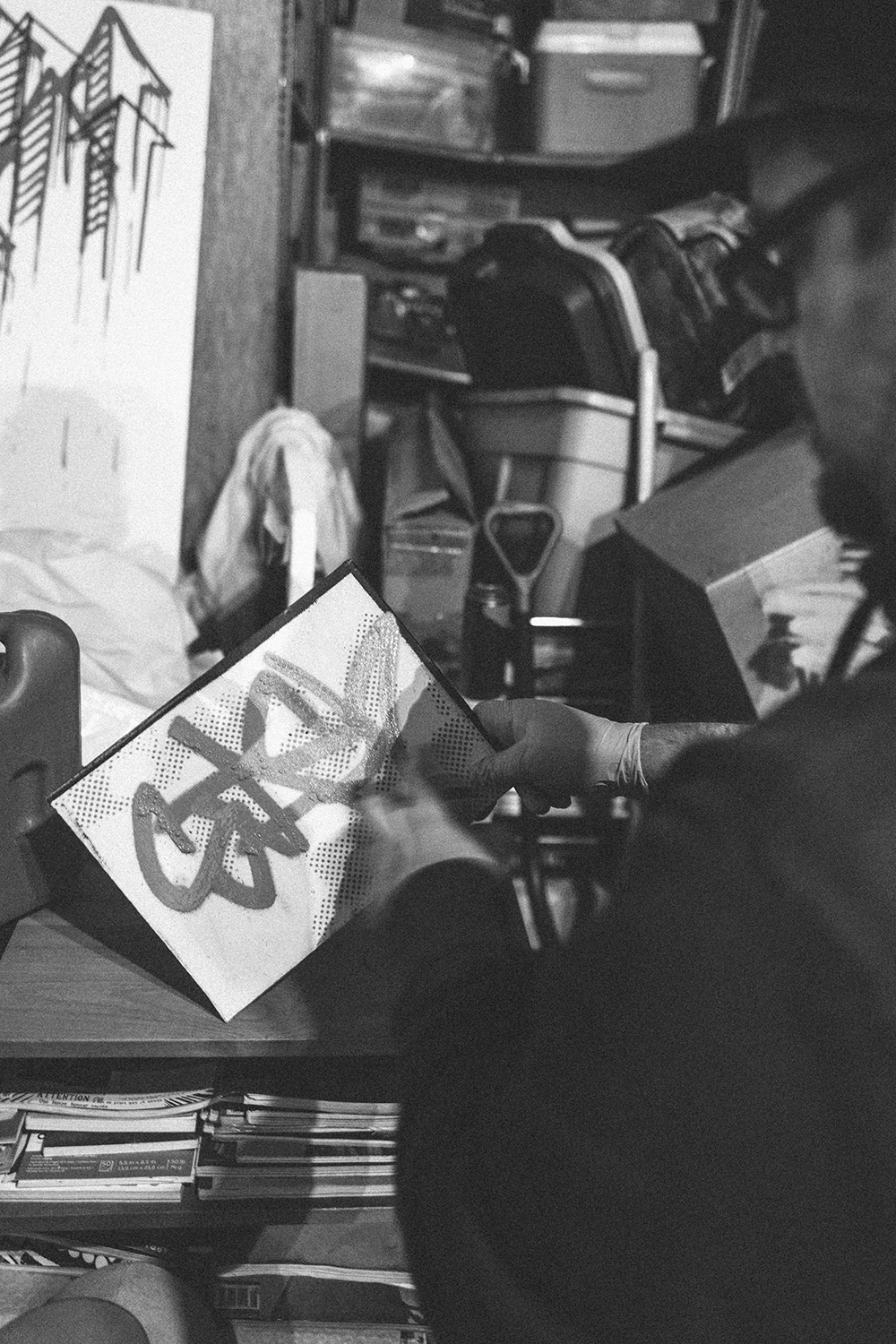









Josh Franklin (Stash) was born in Long Island, New York in 1967. He grew up in New York City, finding inspiration from a young age looking at illegal Graffiti art on the sides of the city's subway trains while on his way to school. Later in the early 1980s, Stash started painting trains alongside other artists such as Futura and ZEPHYR. He exhibited at age 17 with pop artists Keith Haring and Jean-Michel Basquiat, and later continued on as a successful gallery artist.

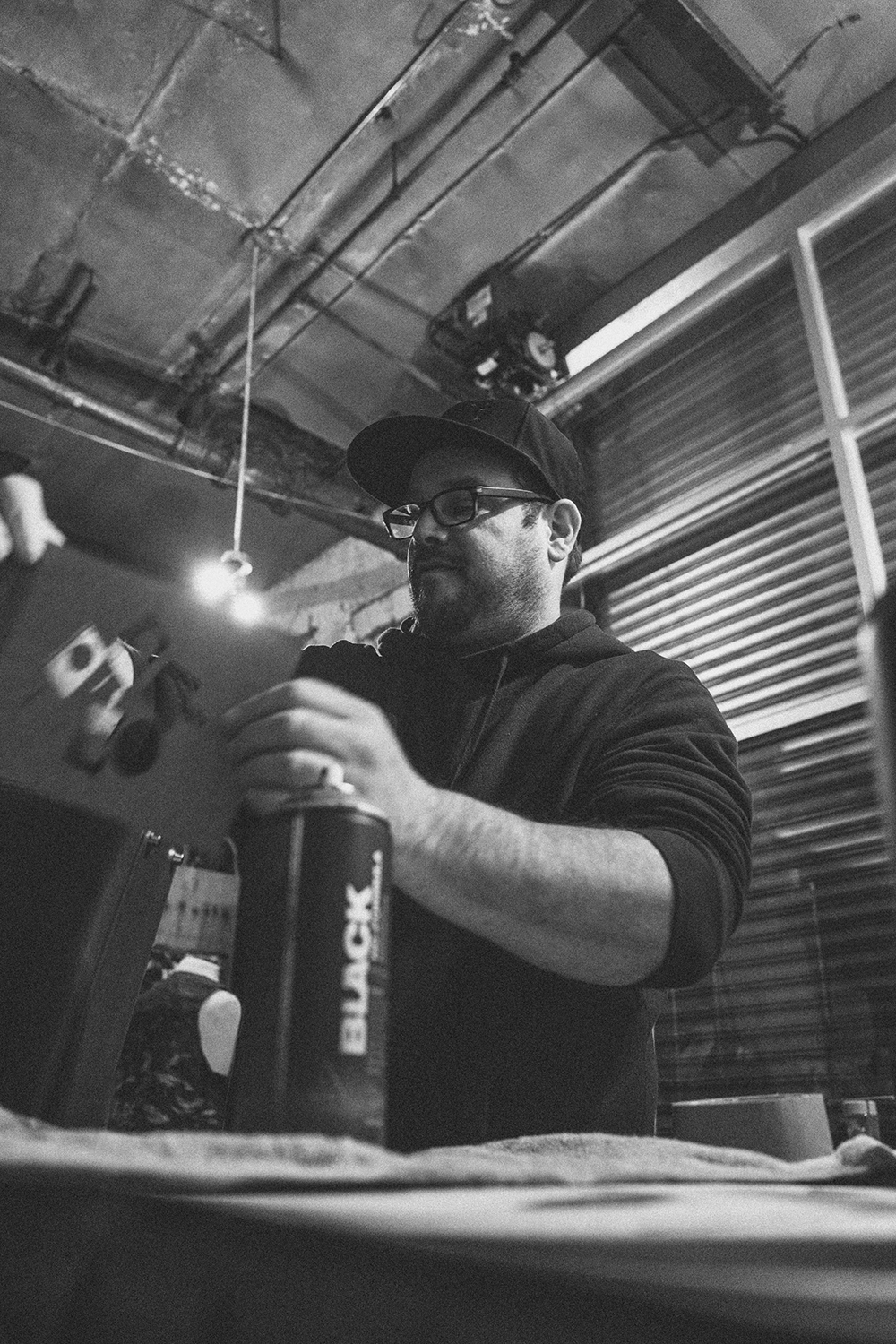
By the 1990s, Franklin began collaborating on product designs with high-profile brands such as Nike, Reebok, Casio, and more recently A Bathing Ape, Leica and Uniqlo.
He still remains an active graphic designer to this day.
He still remains an active graphic designer to this day.

By the 1990s, Franklin began collaborating on product designs with high-profile brands such as Nike, Reebok, Casio, and more recently A Bathing Ape, Leica and Uniqlo.
He still remains an active graphic designer to this day.
He still remains an active graphic designer to this day.



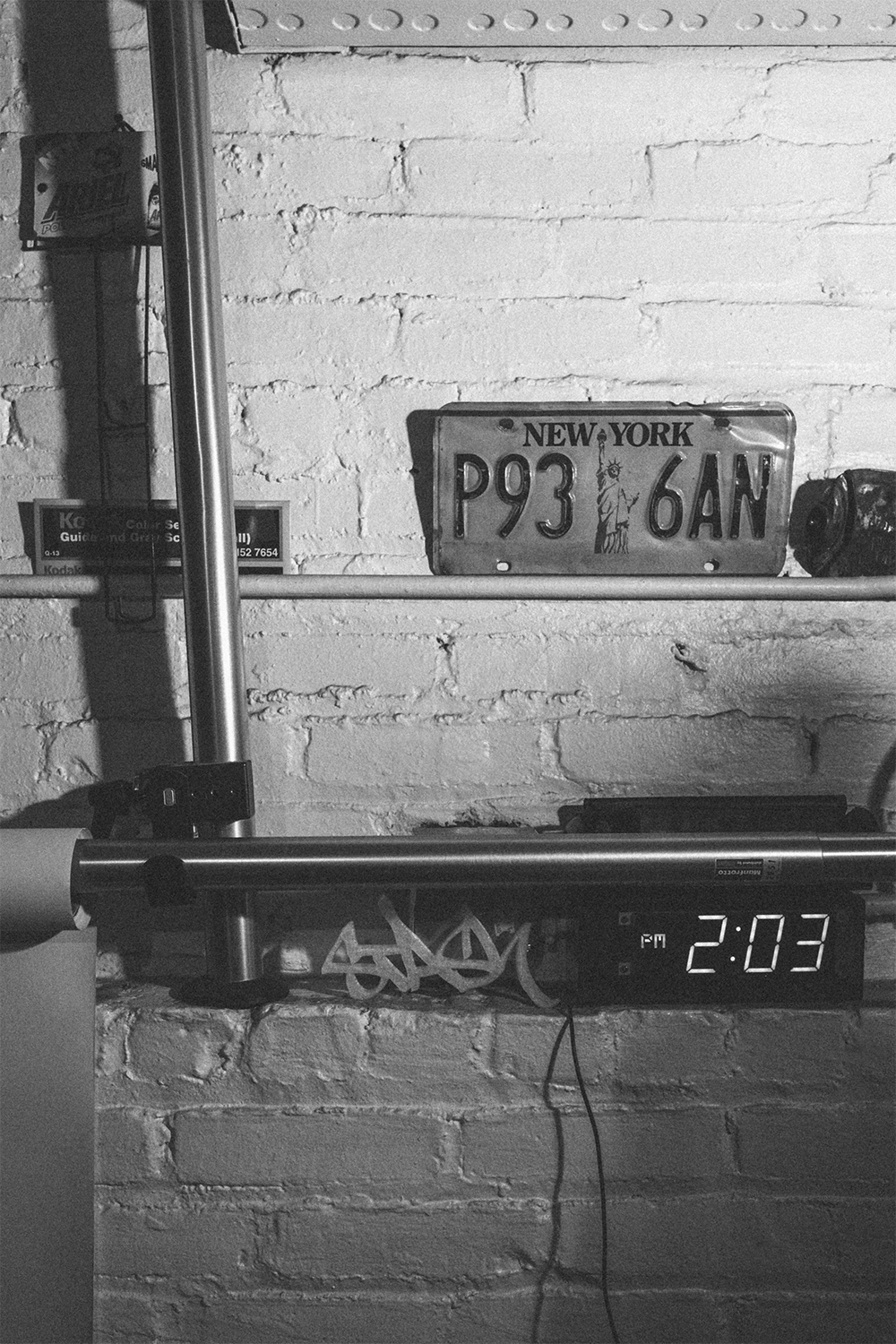


By the 1990s, Franklin began collaborating on product designs with high-profile brands such as Nike, Reebok, Casio, and more recently A Bathing Ape, Leica and Uniqlo.
He still remains an active graphic designer to this day.
He still remains an active graphic designer to this day.
Thanks for support: Dimitry Oskes
Shooting Date: 01.03.2017
Shooting Date: 01.03.2017
to be continued...